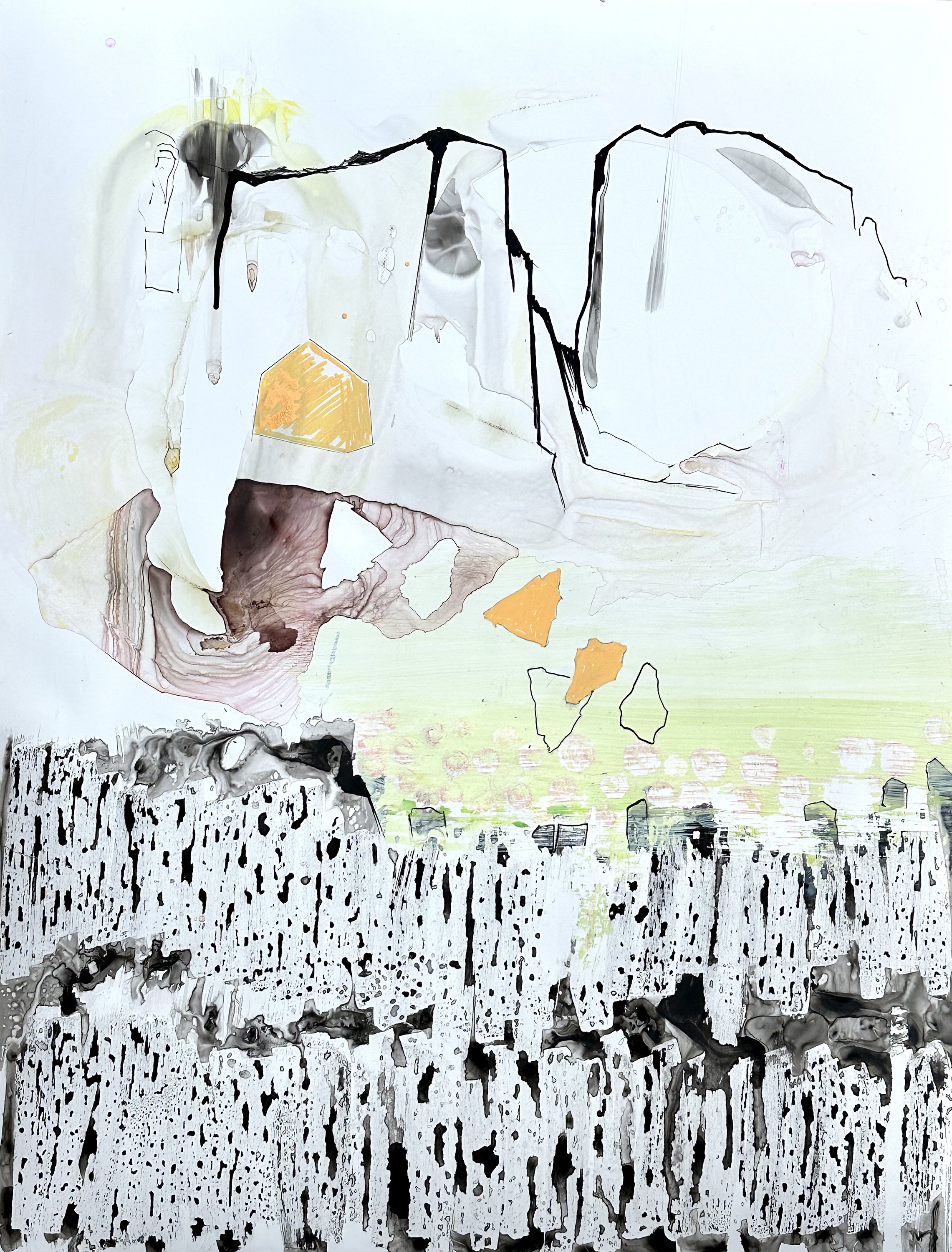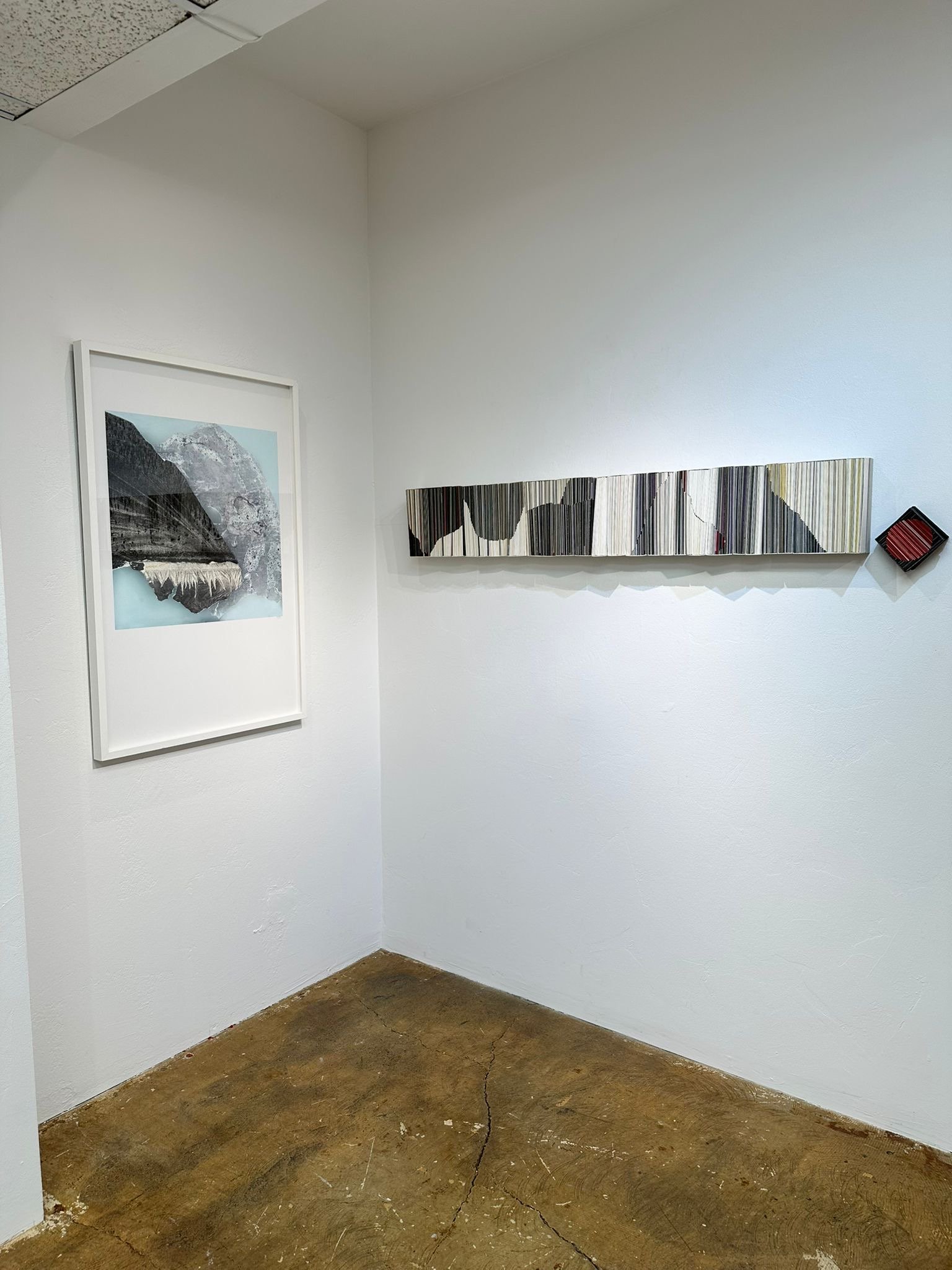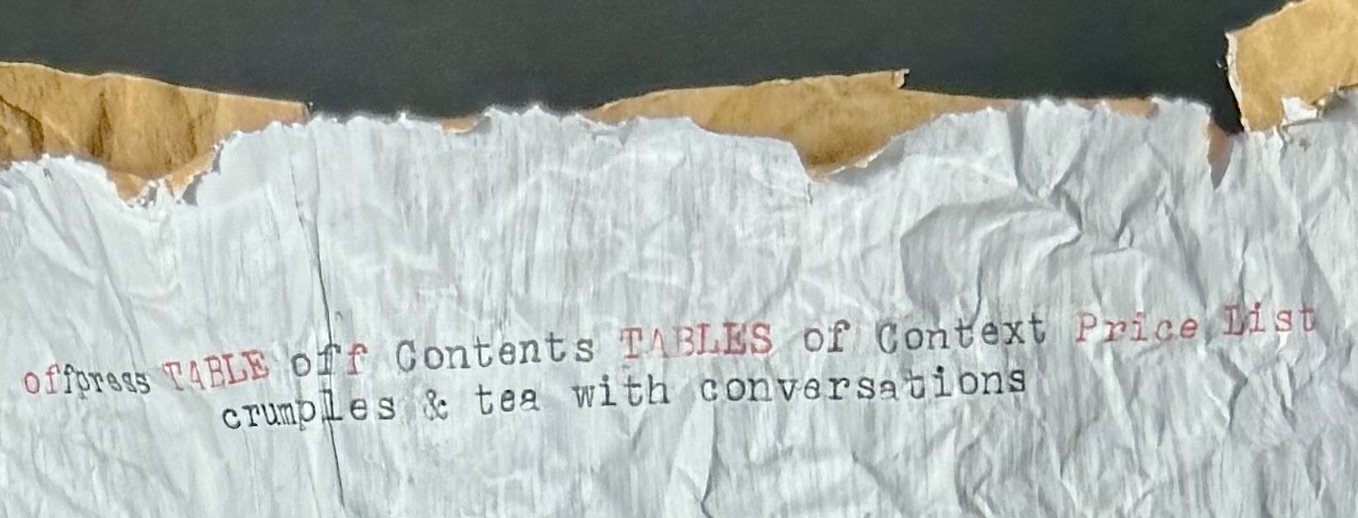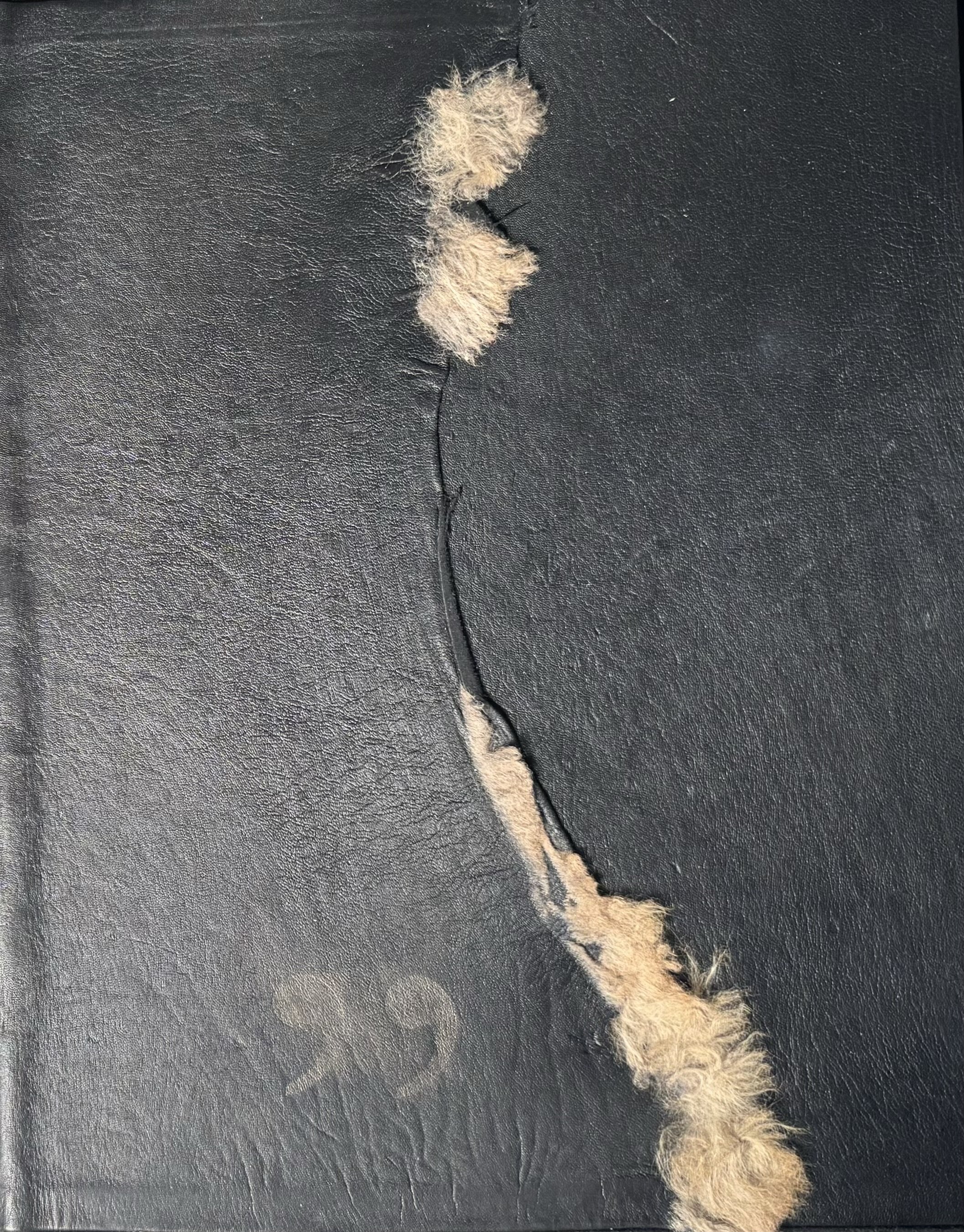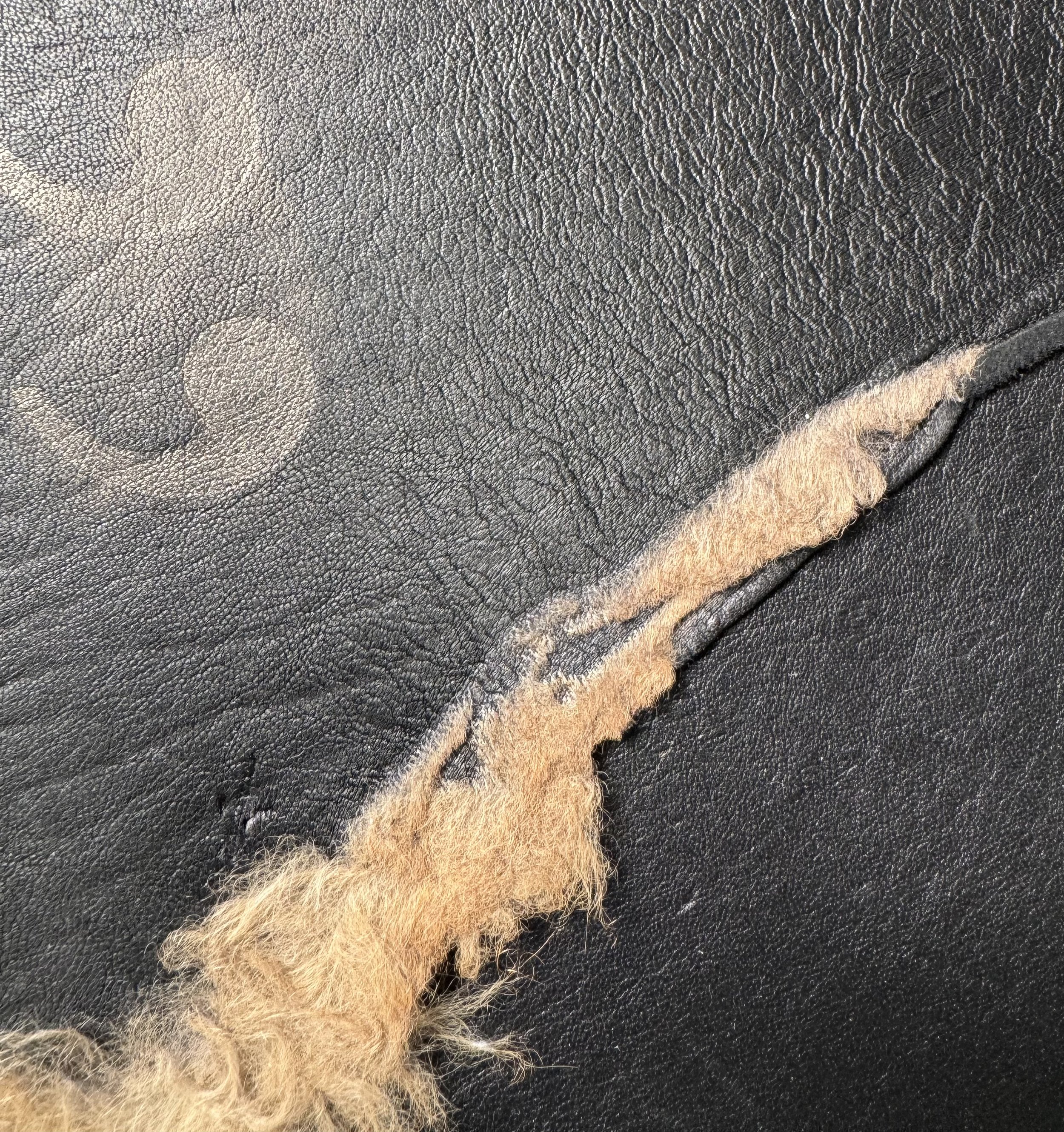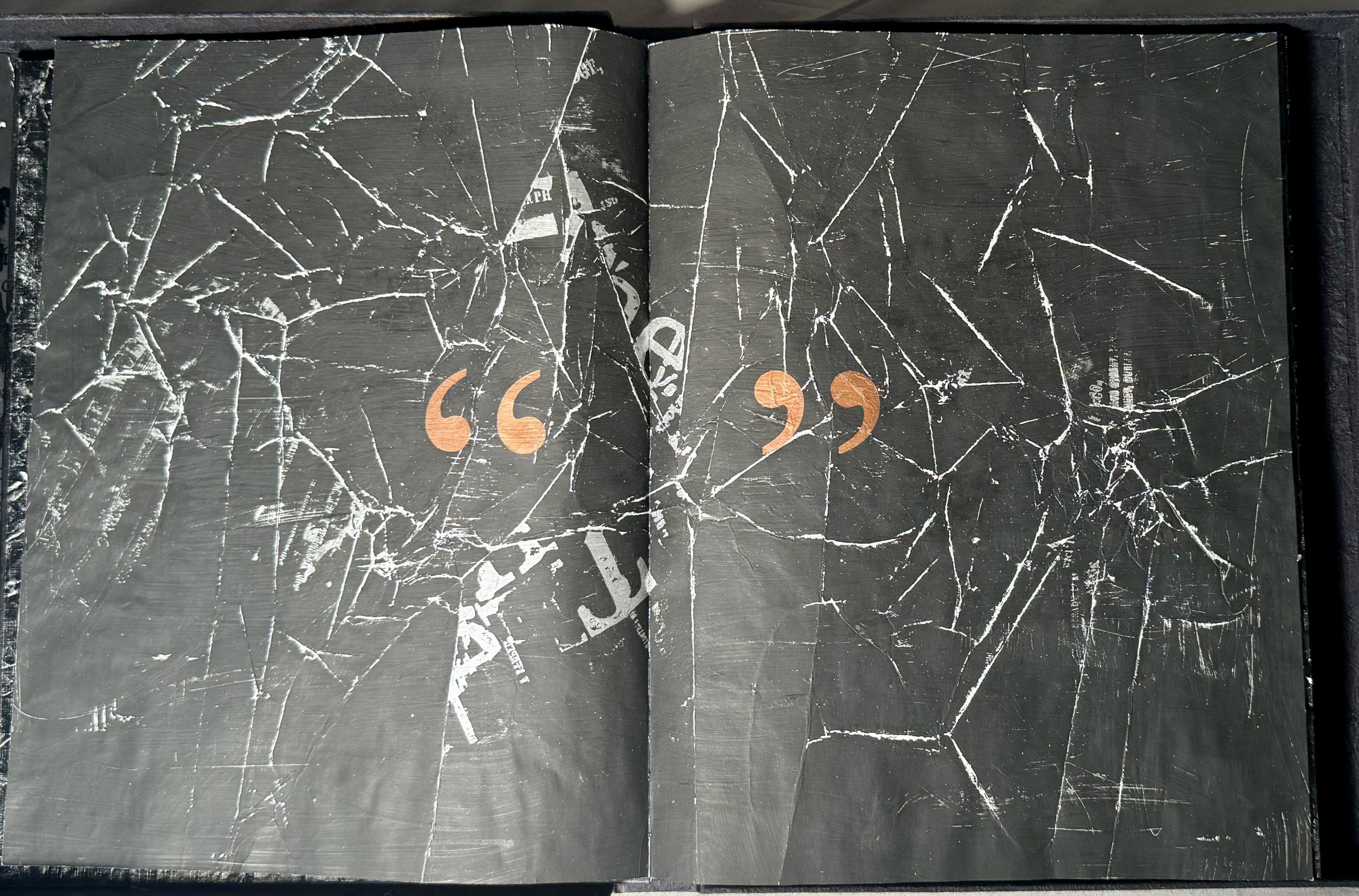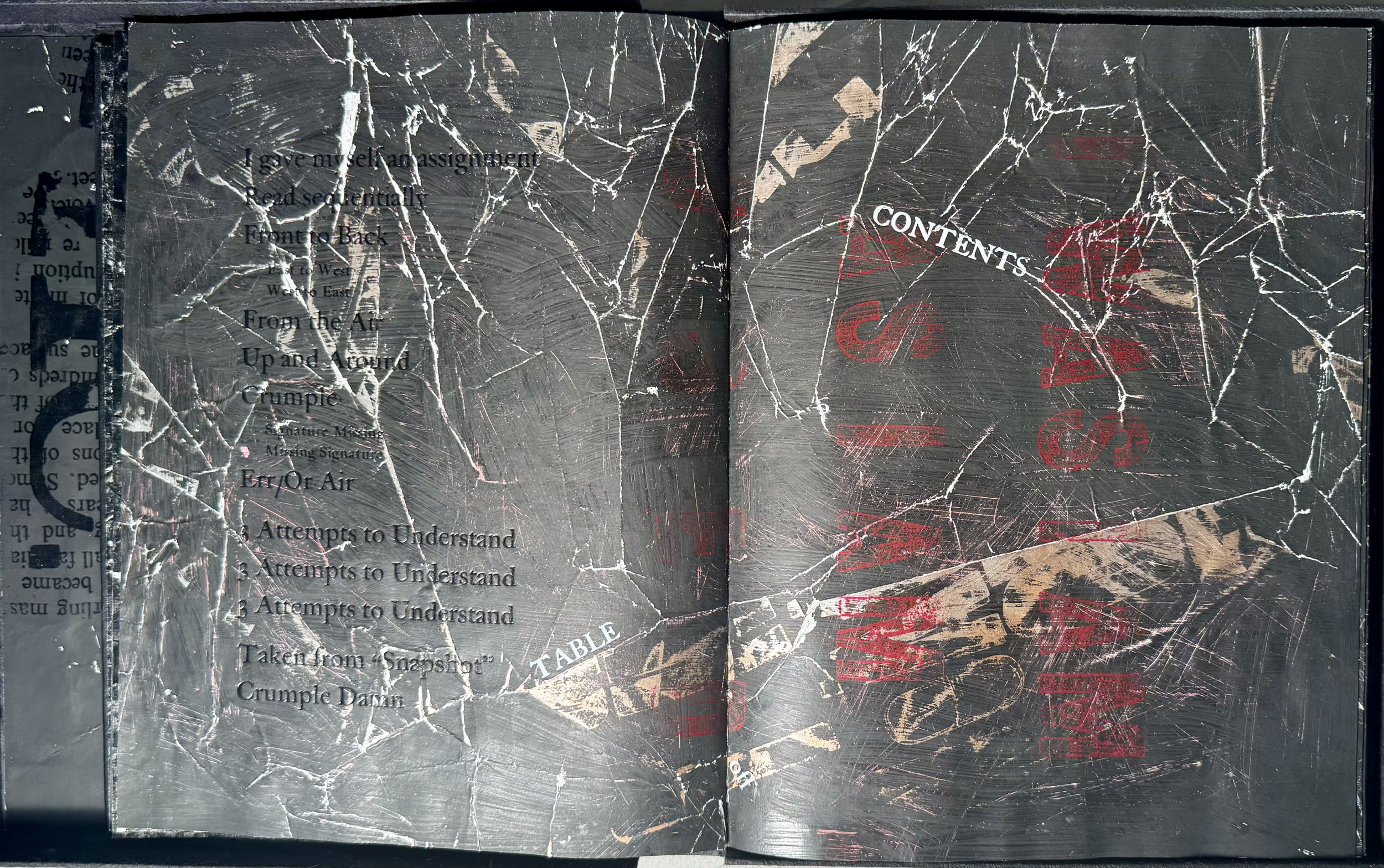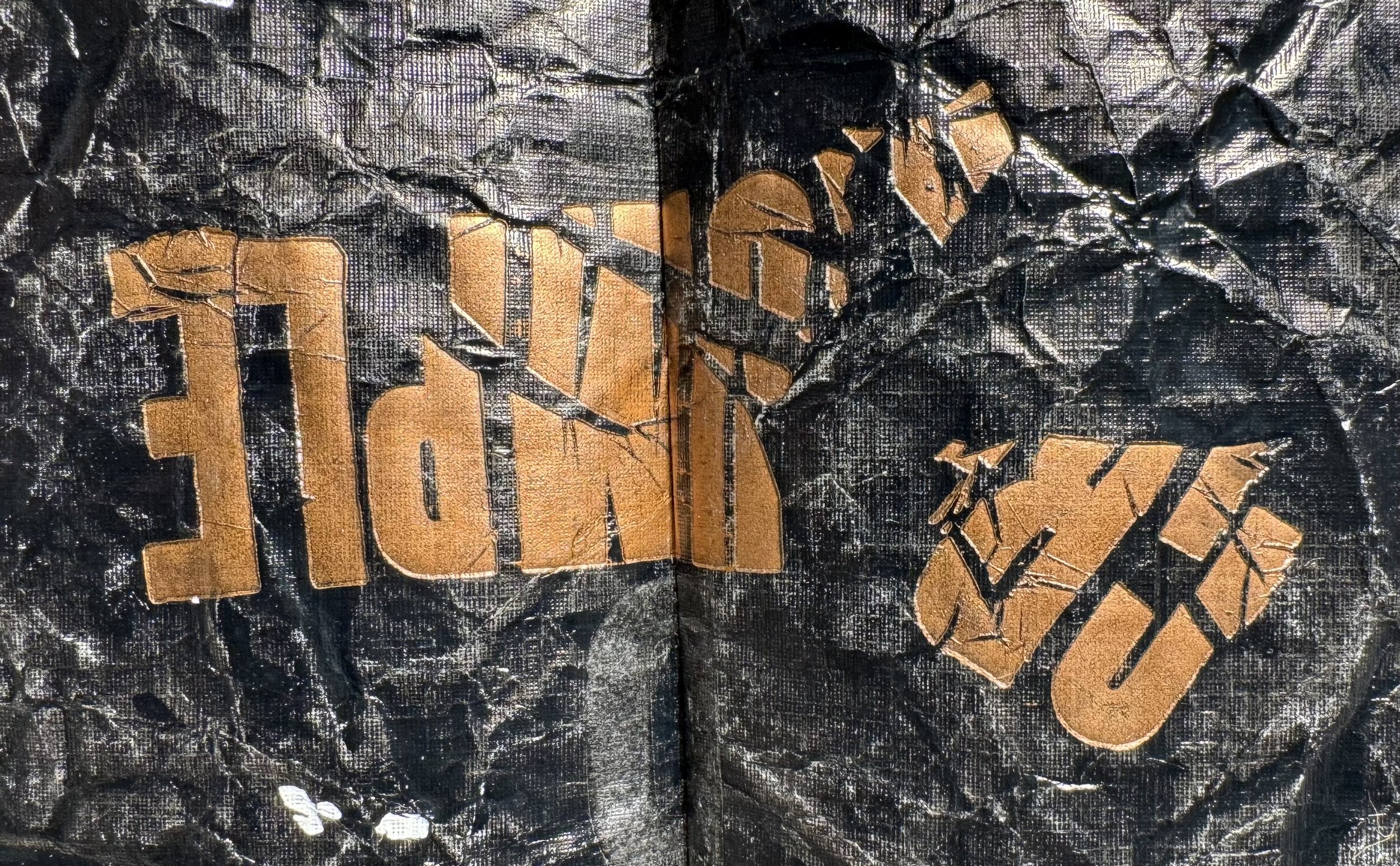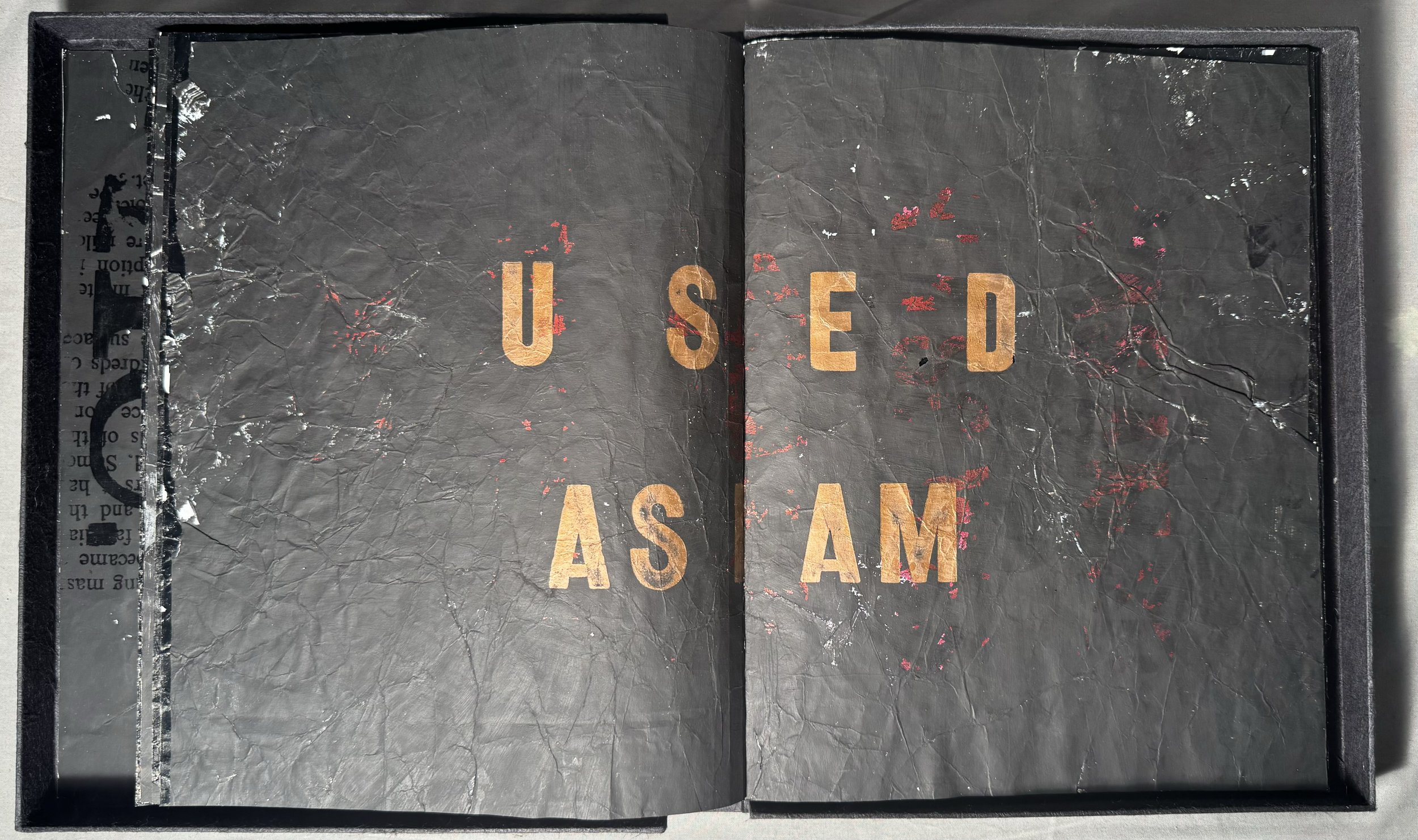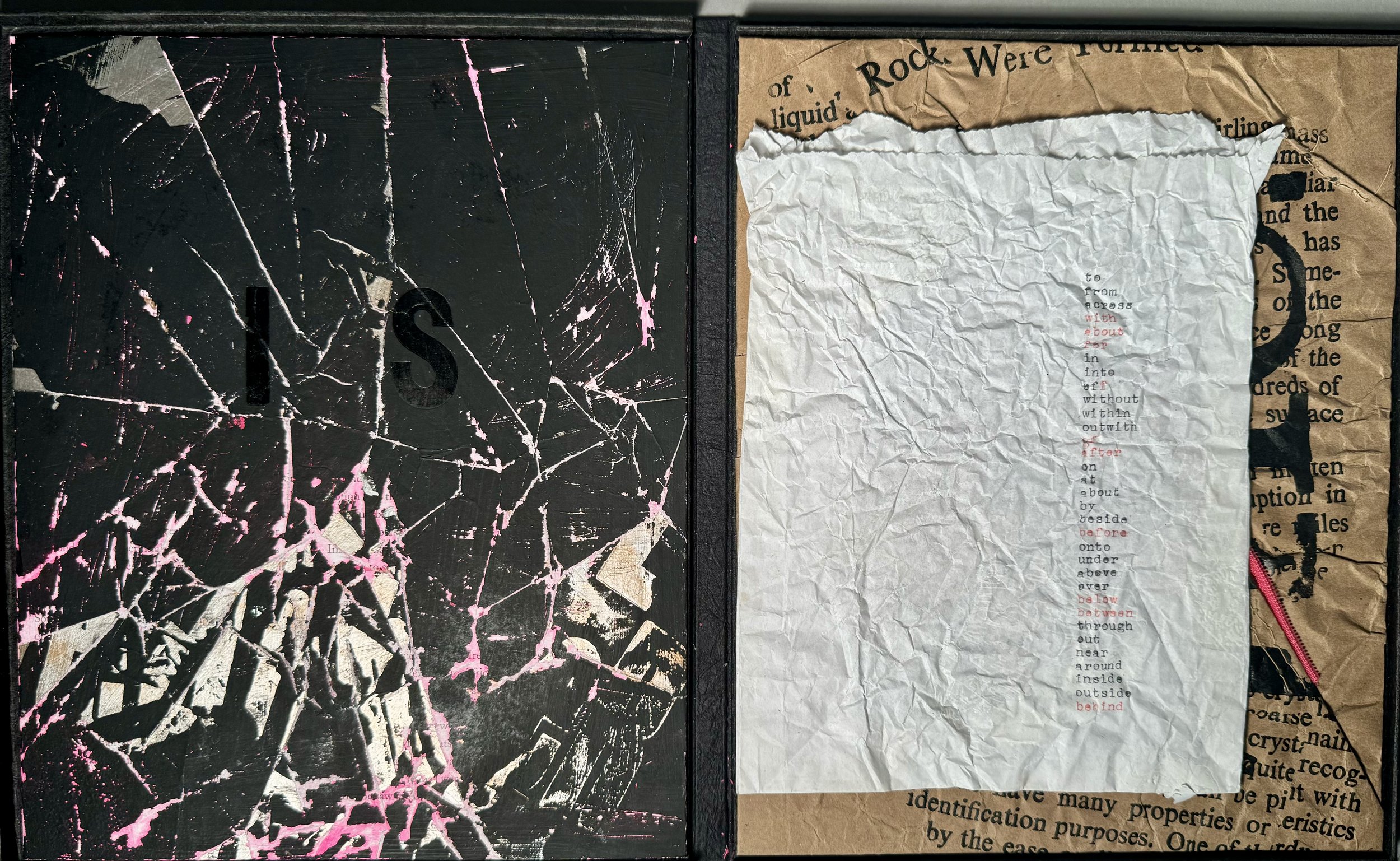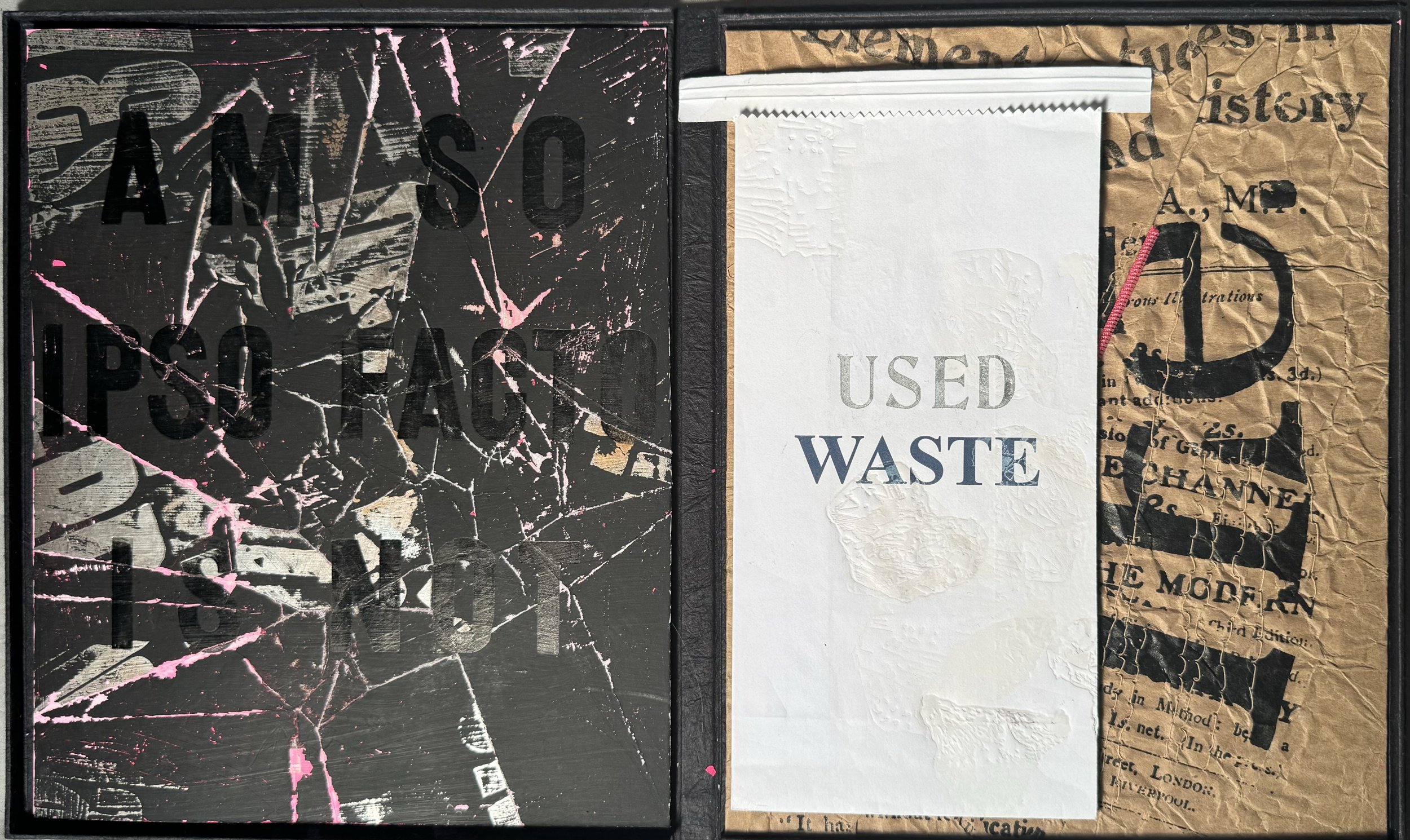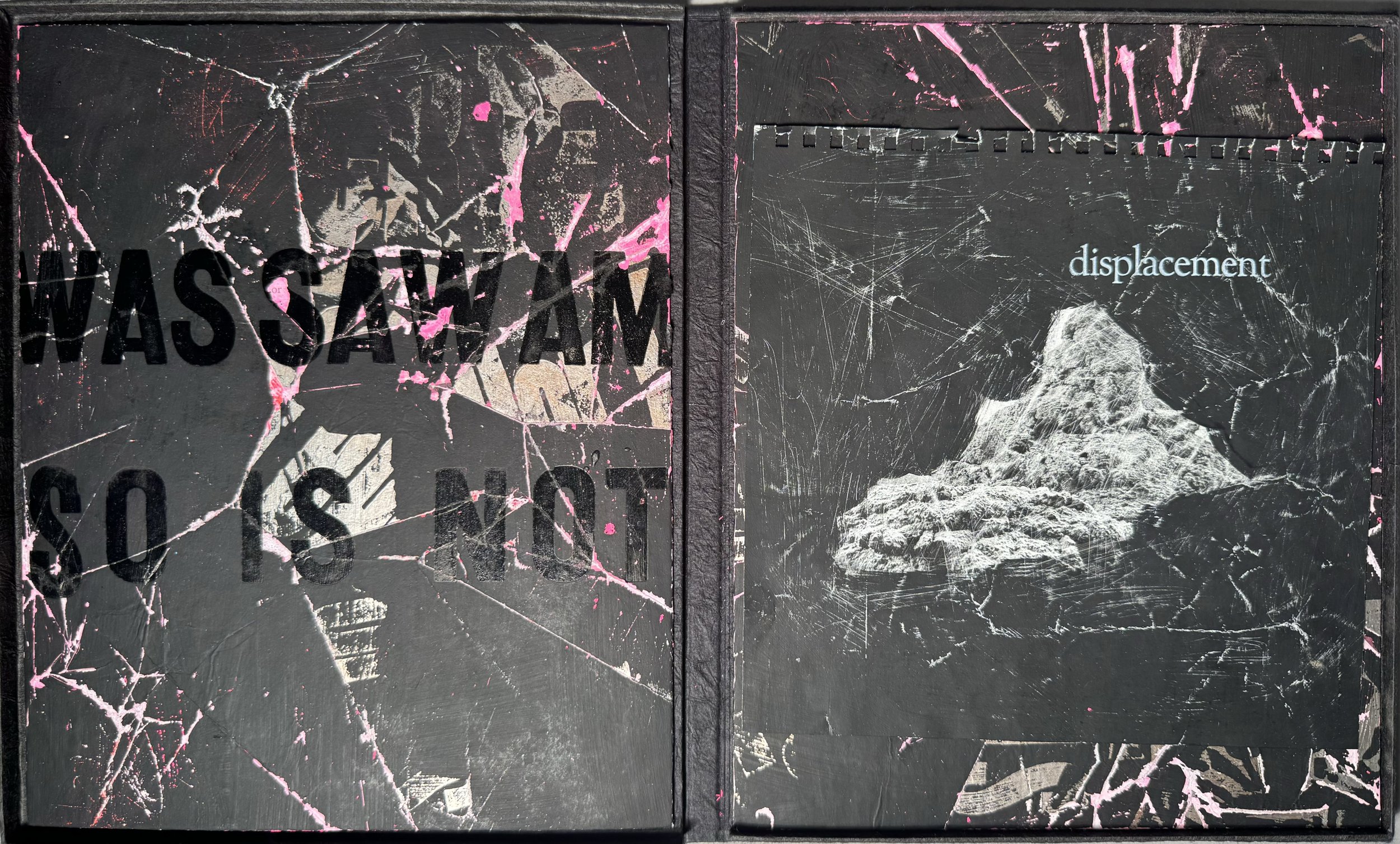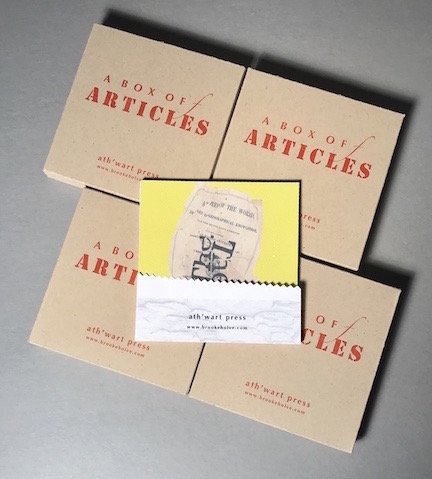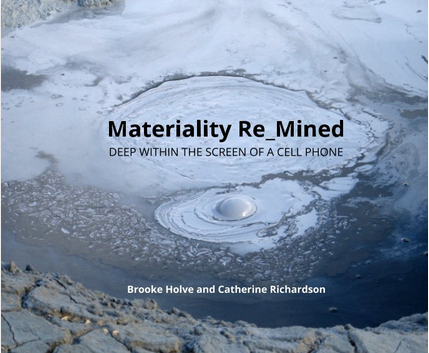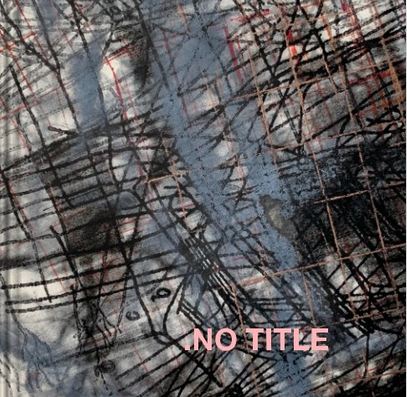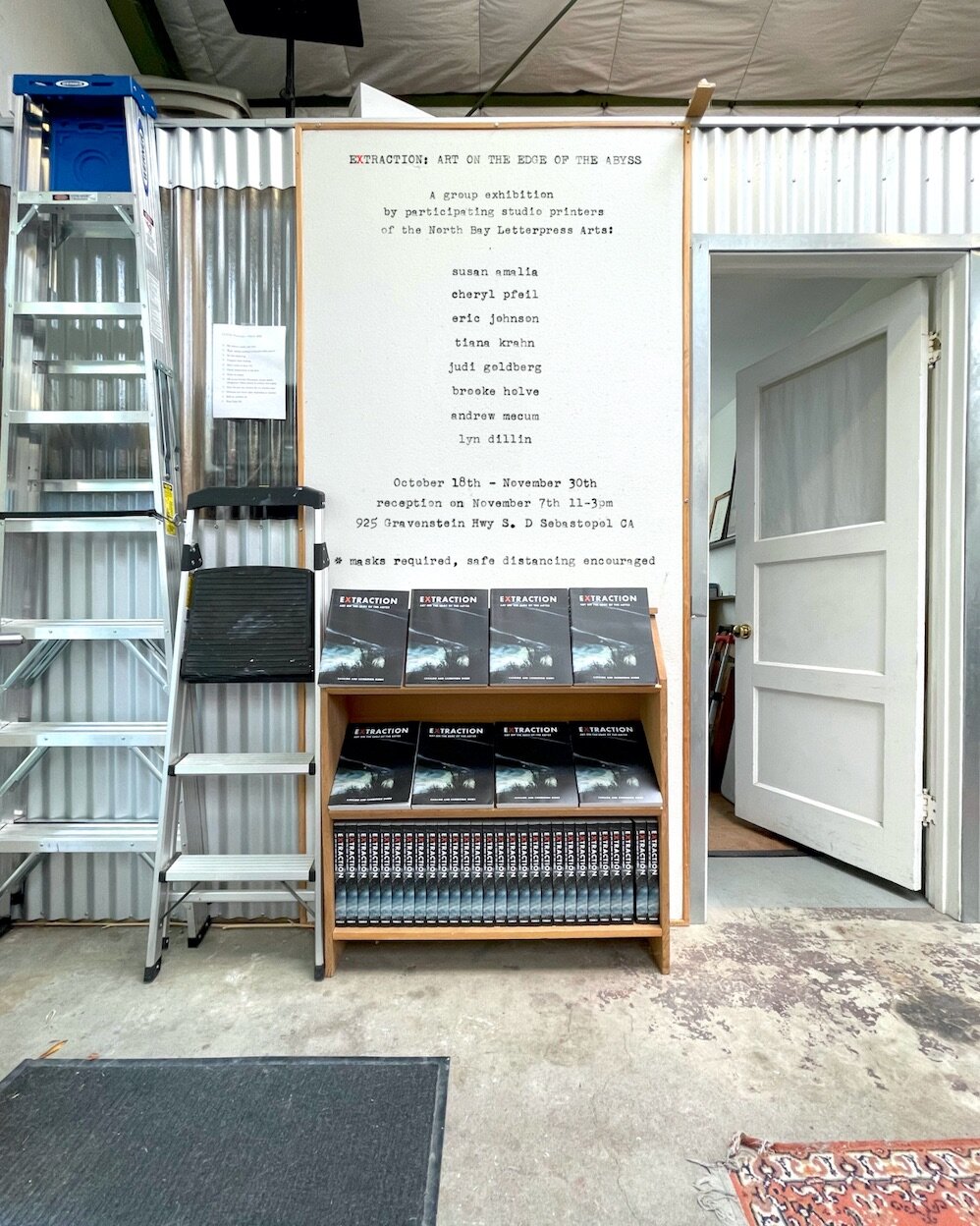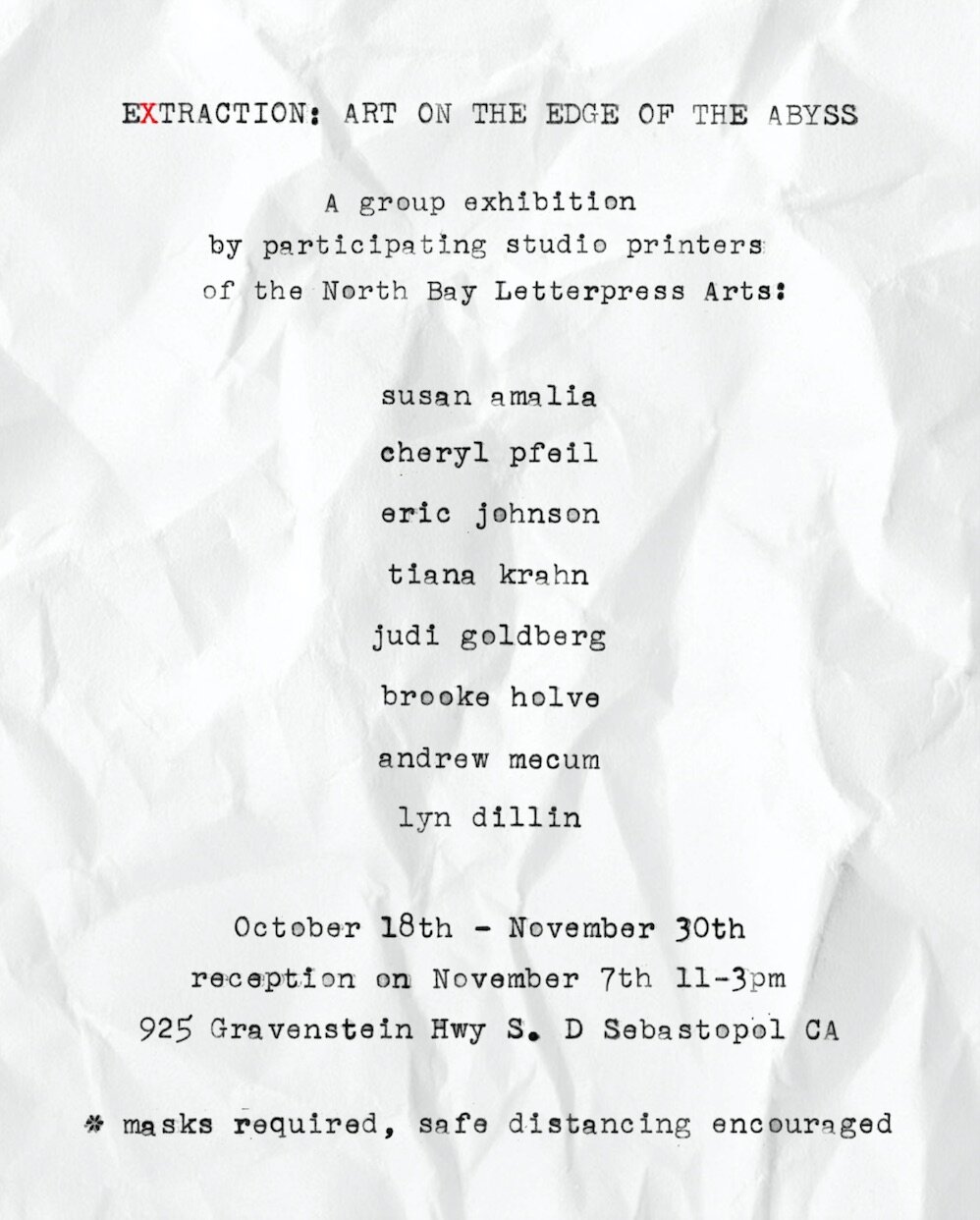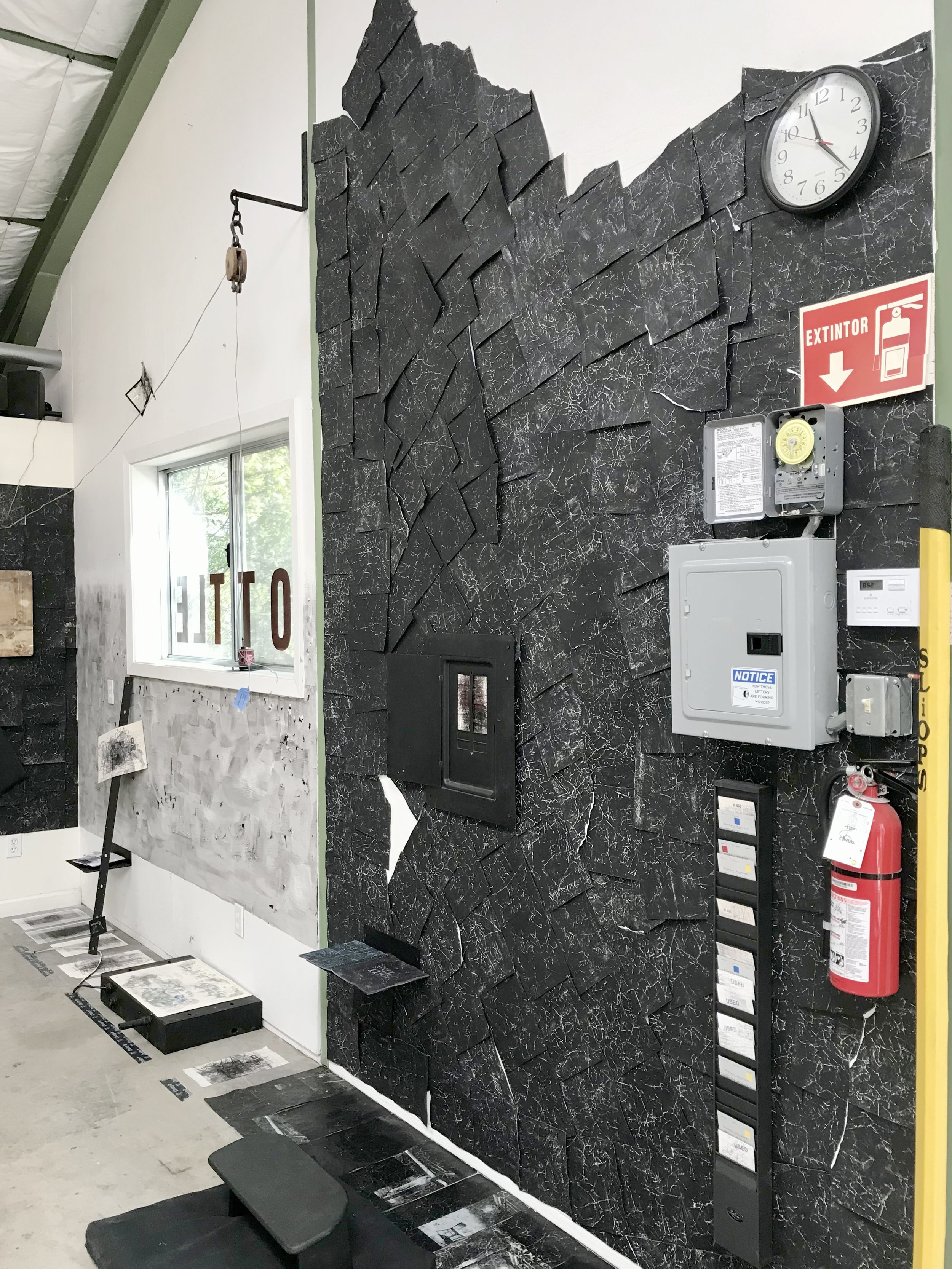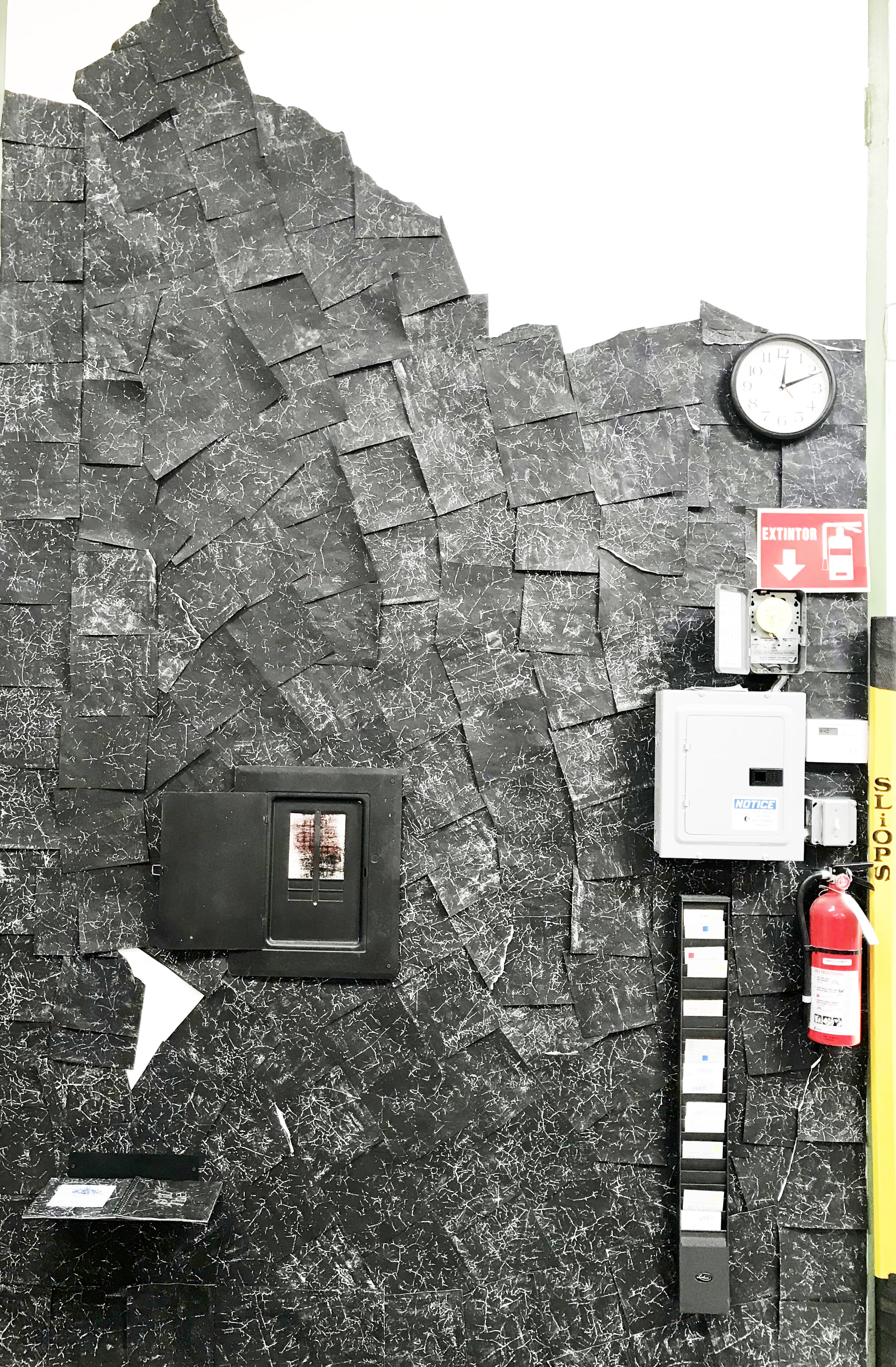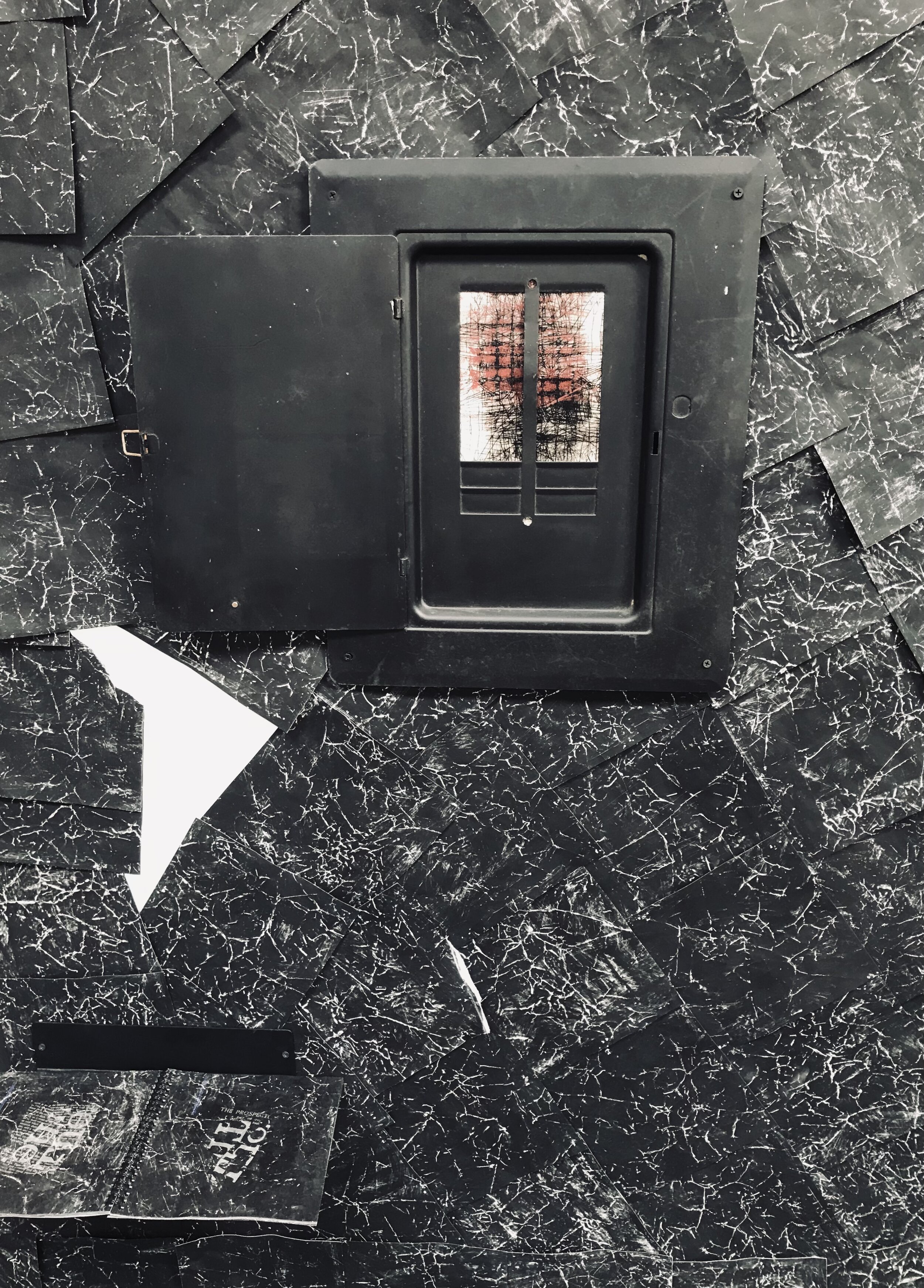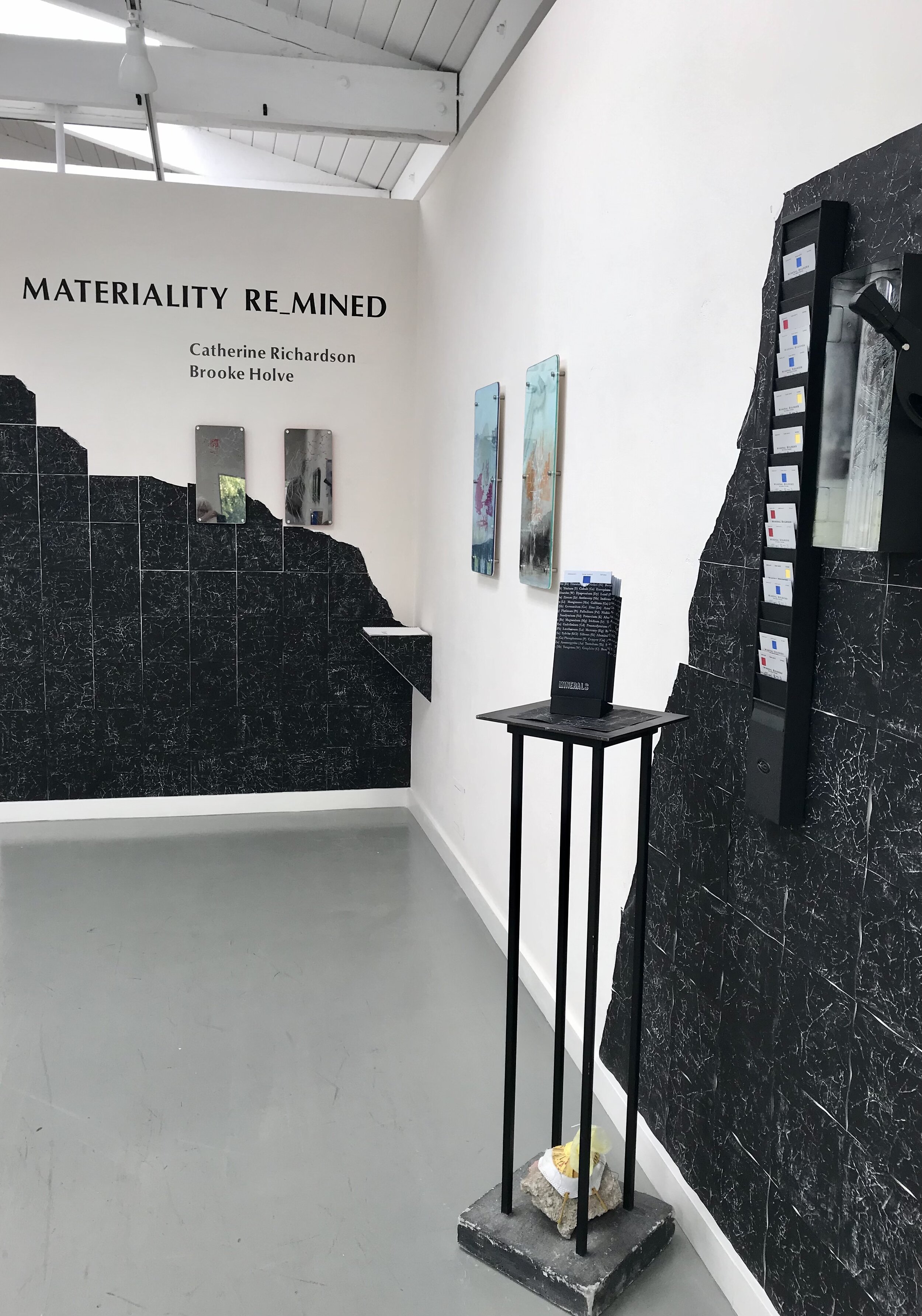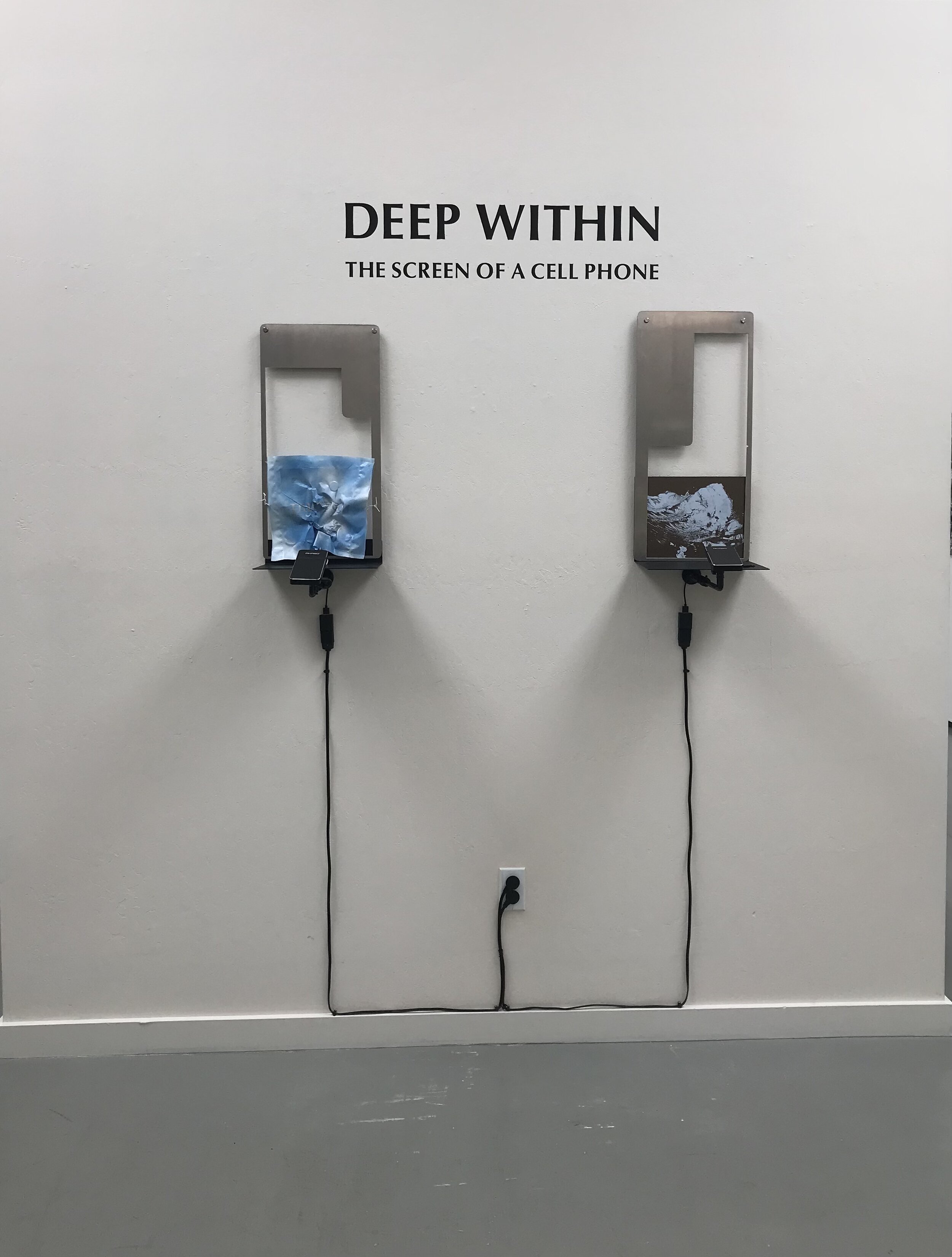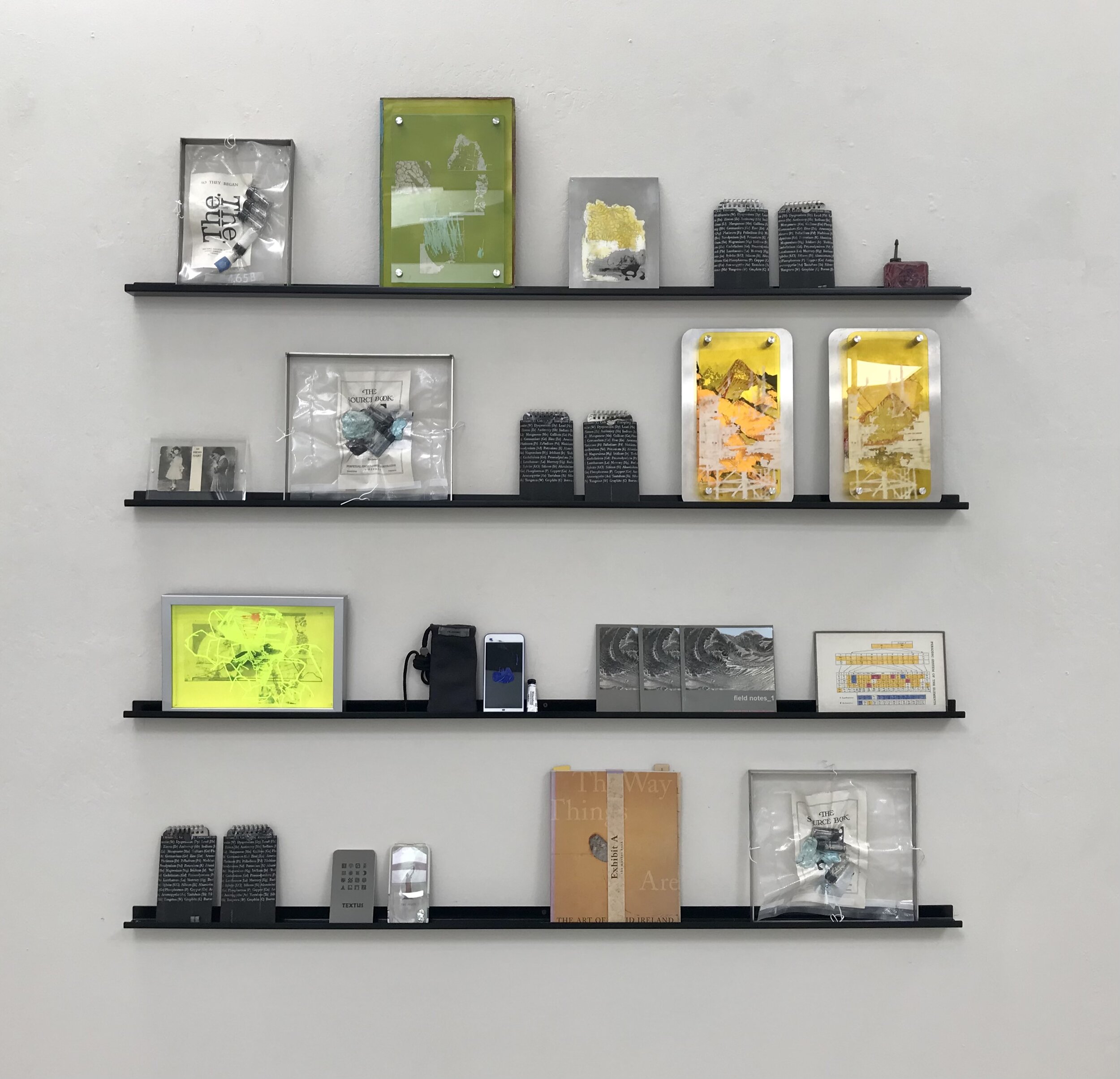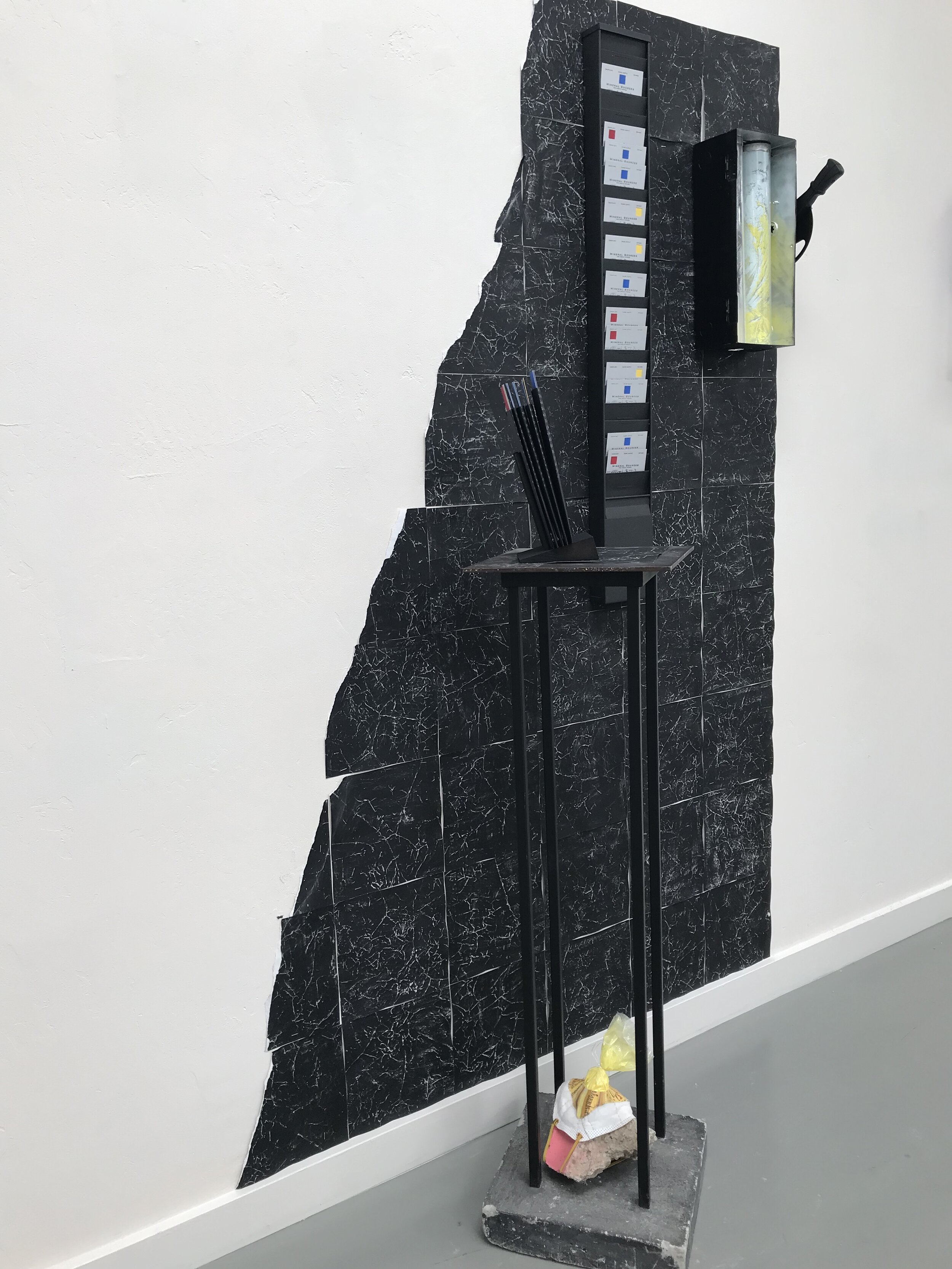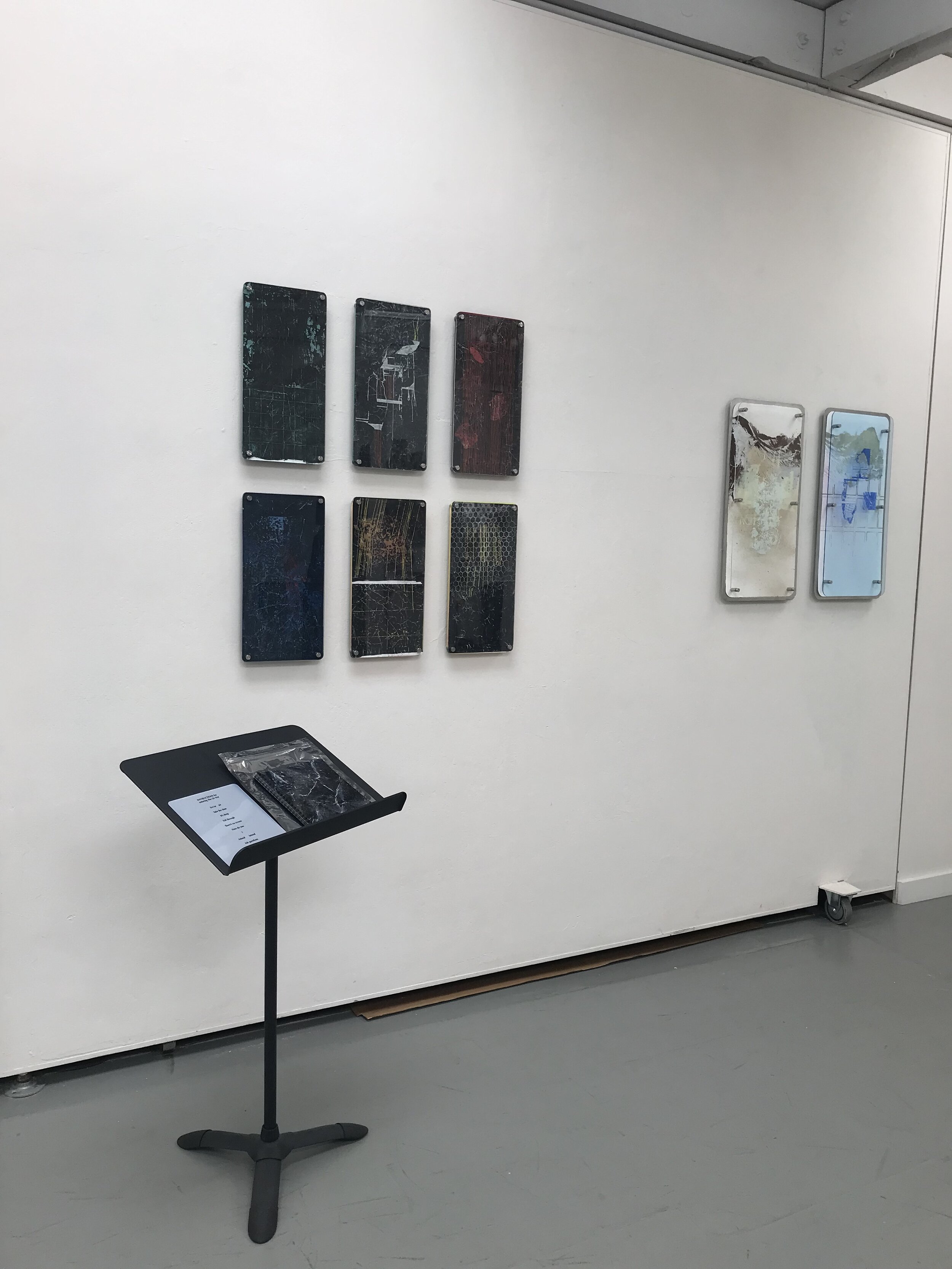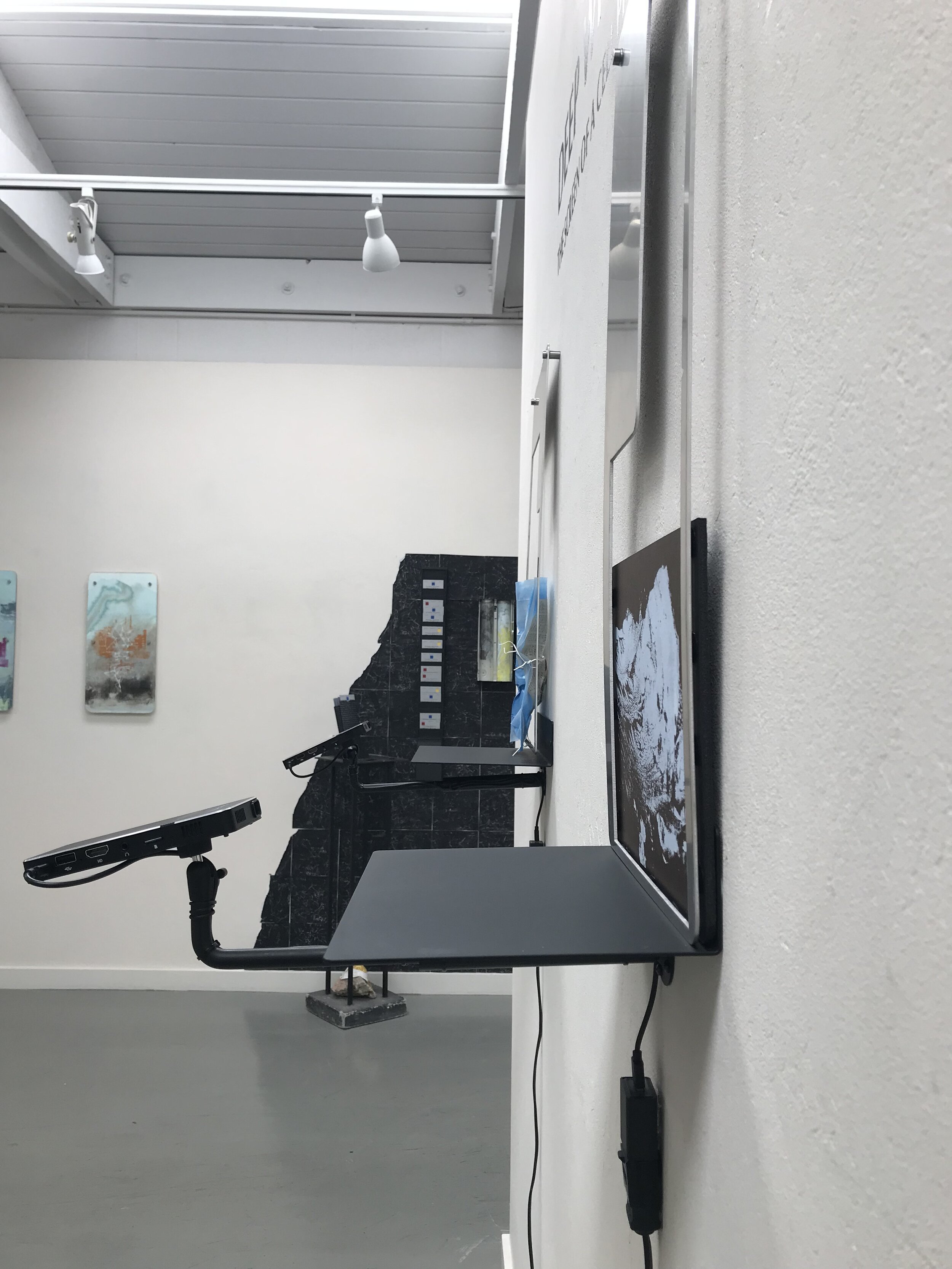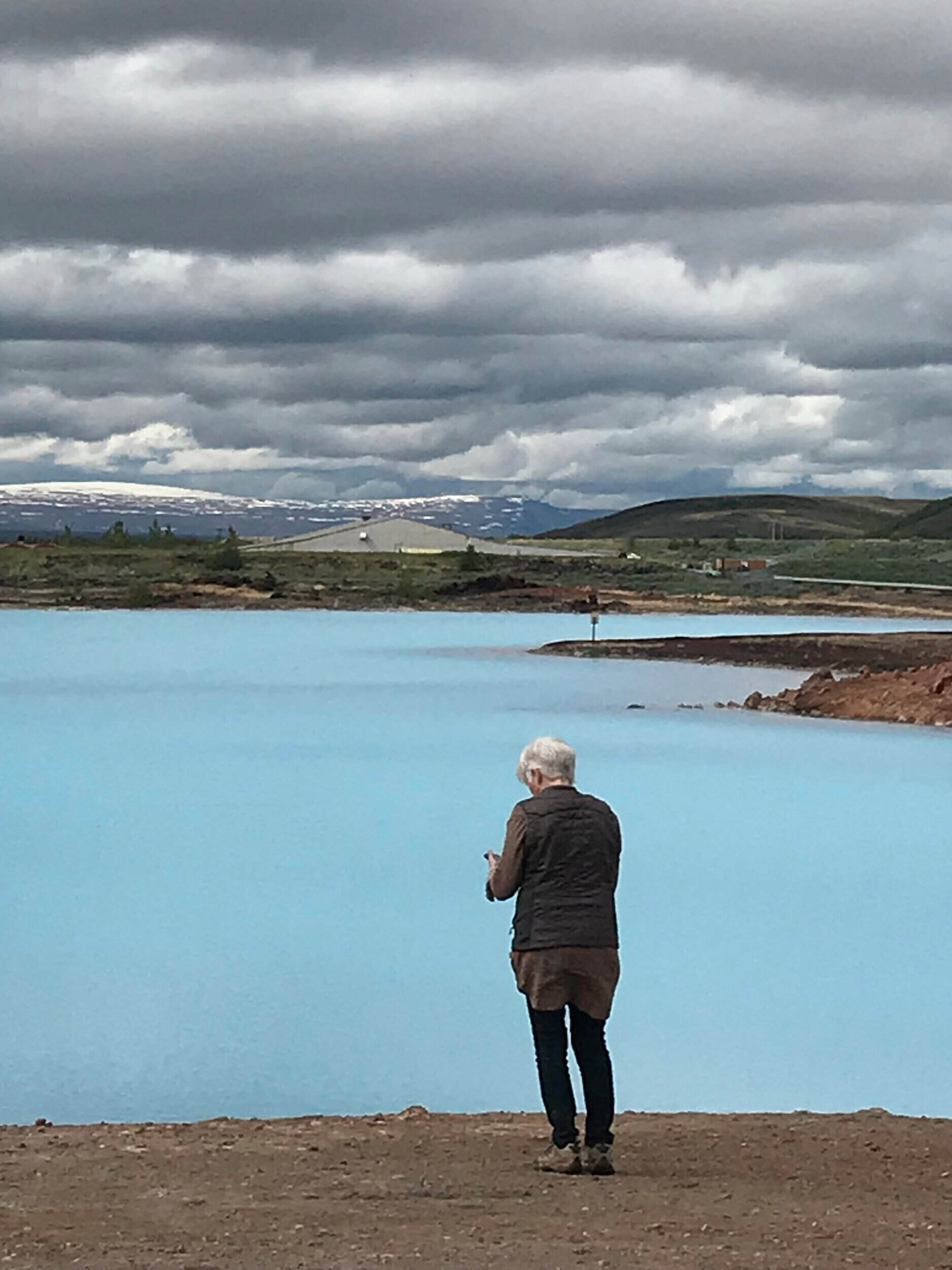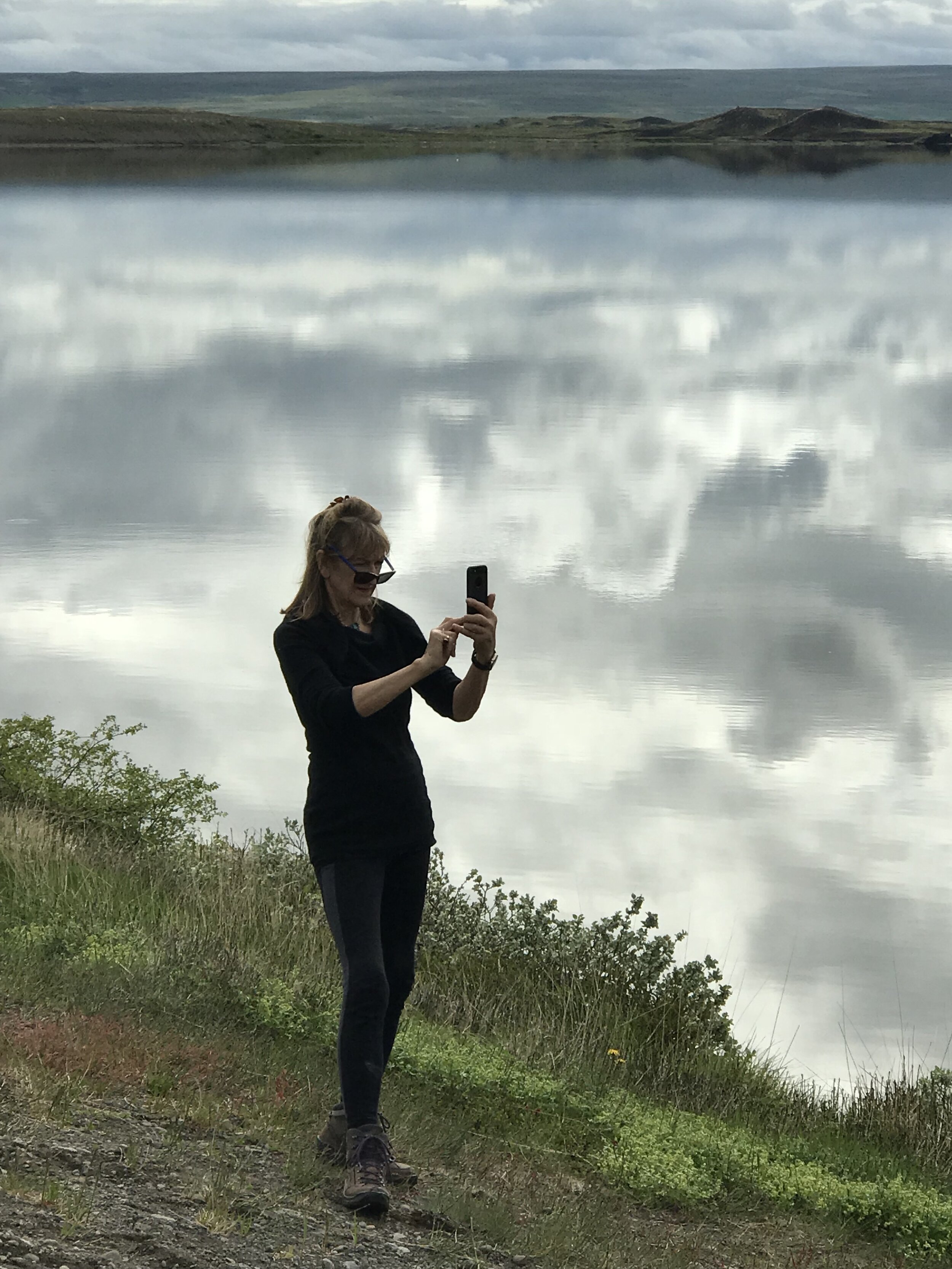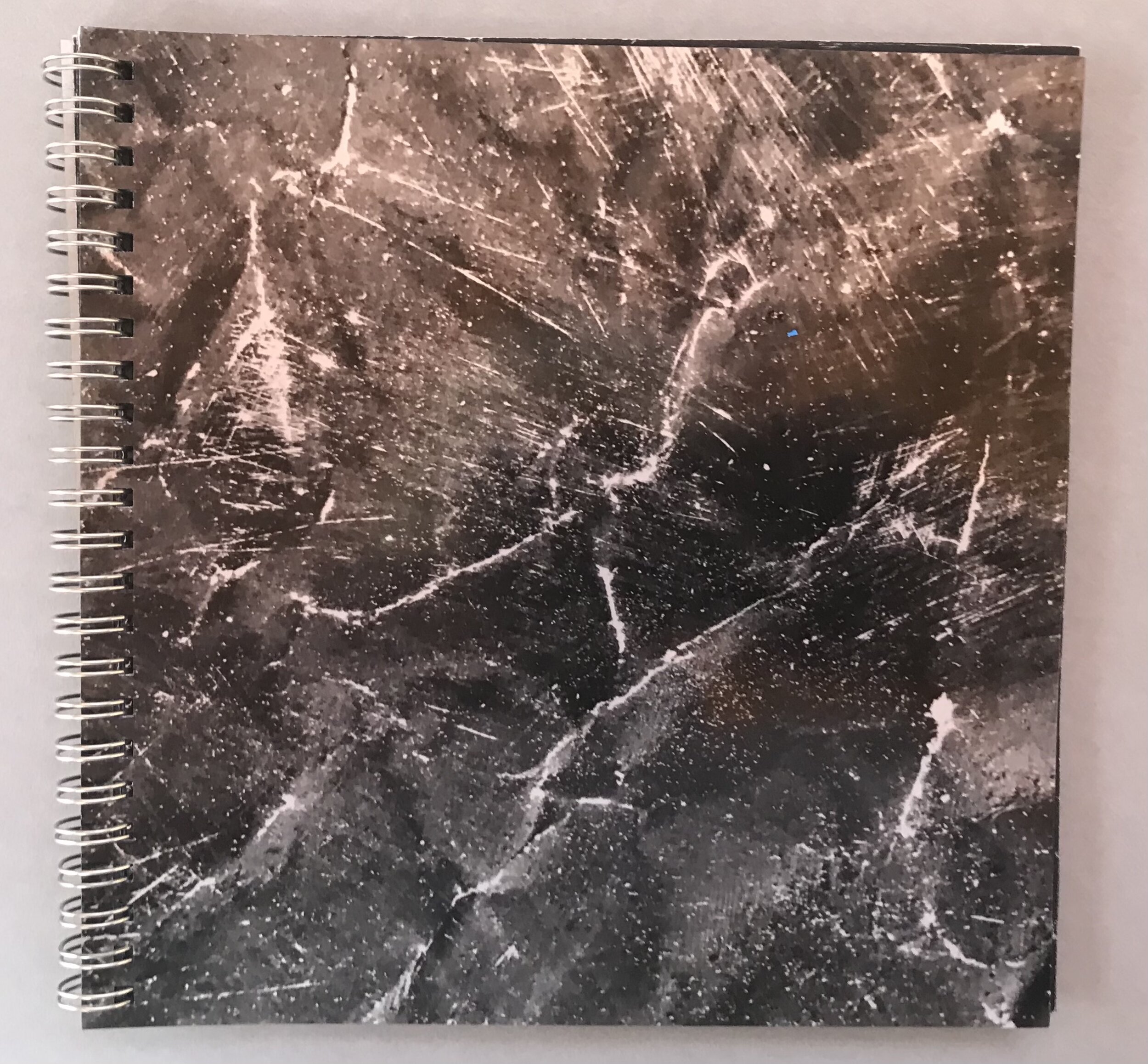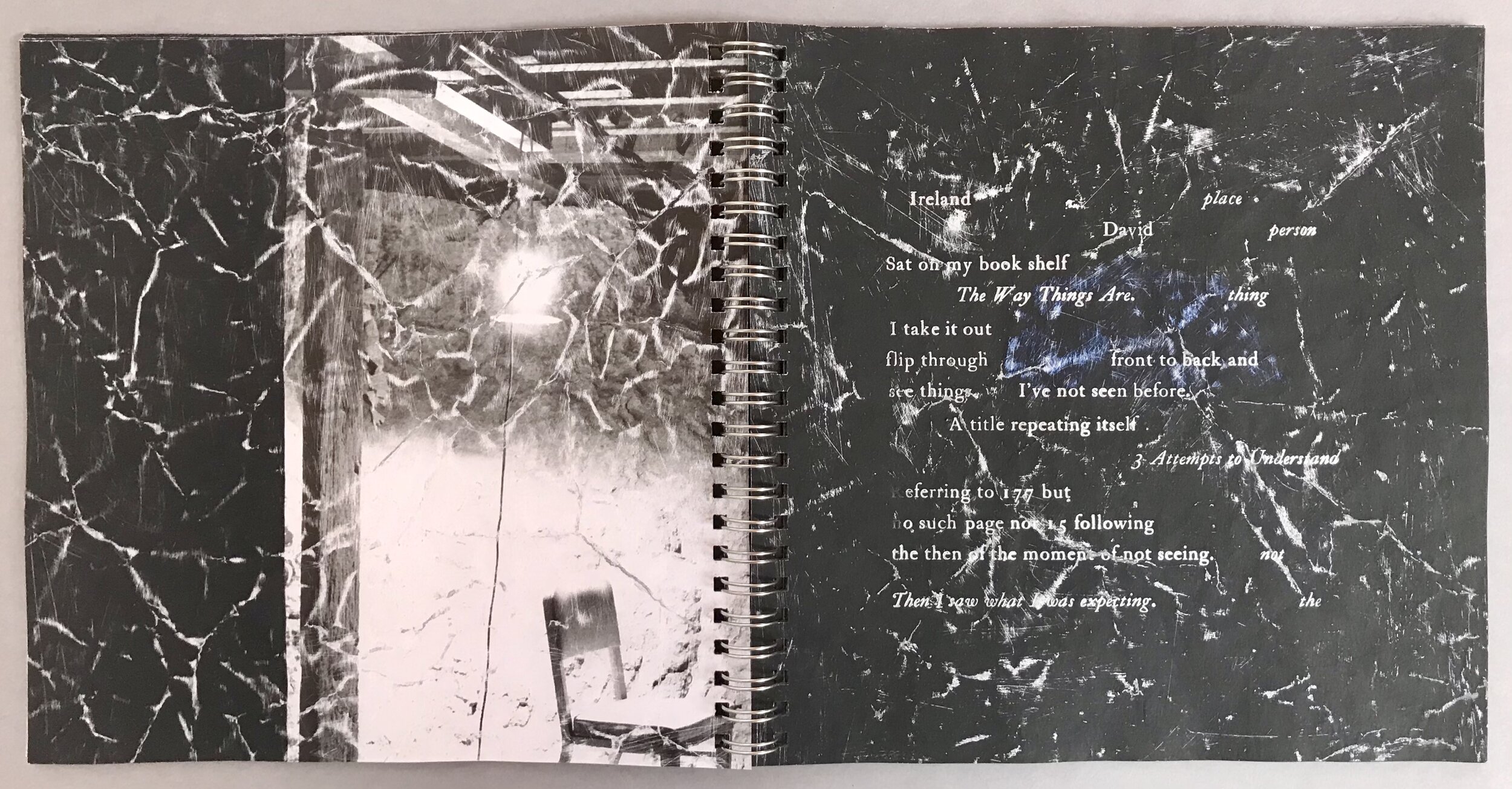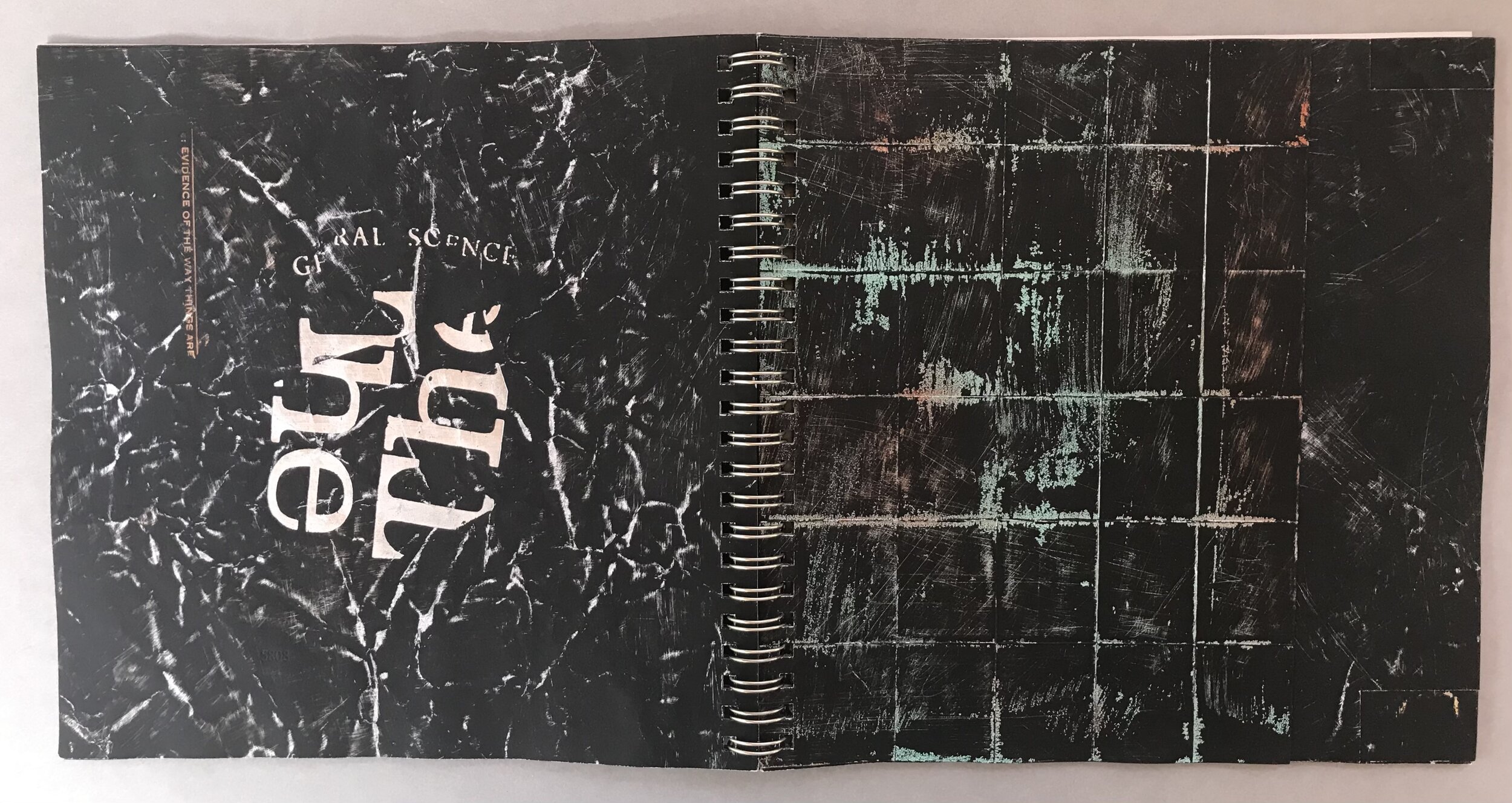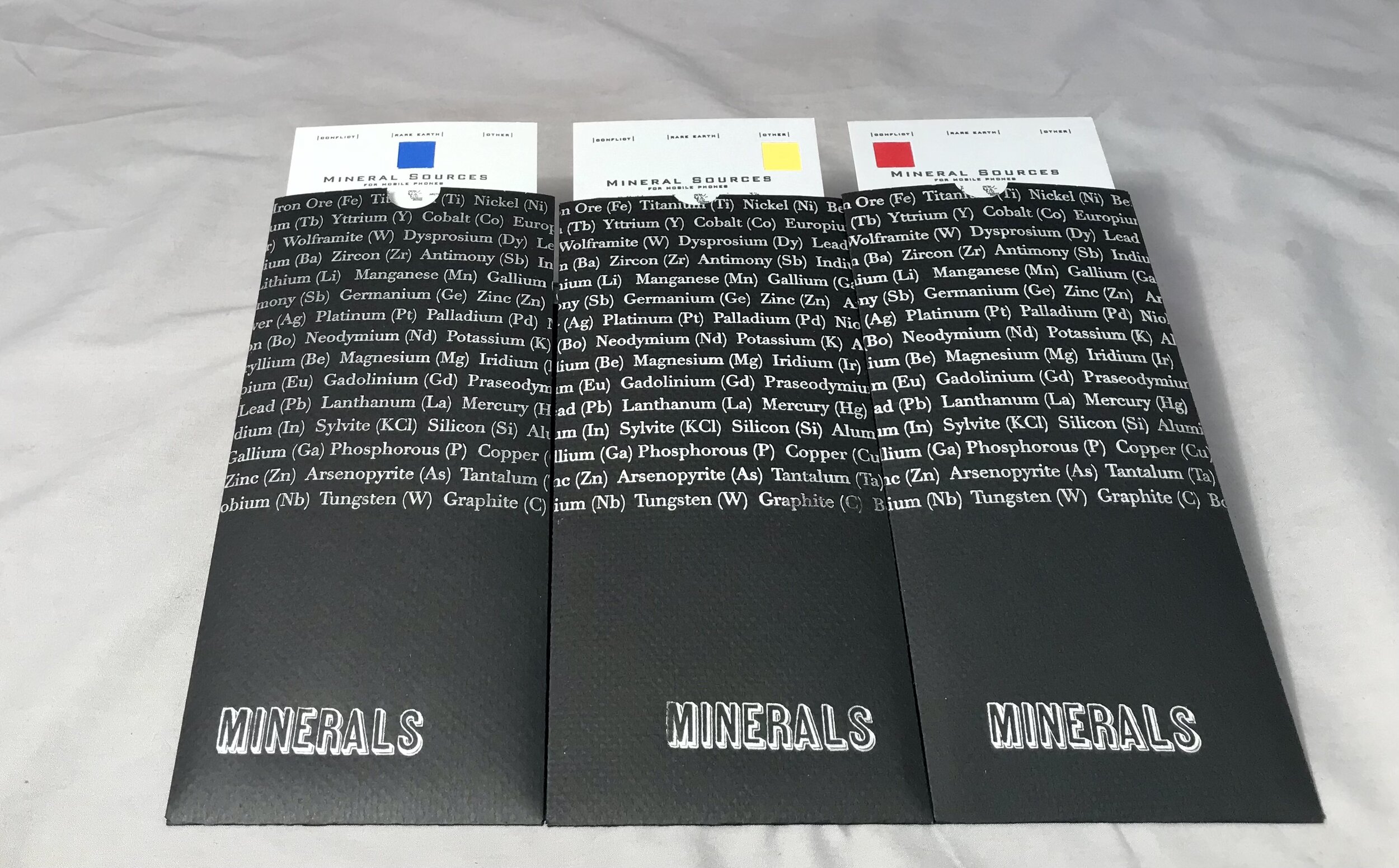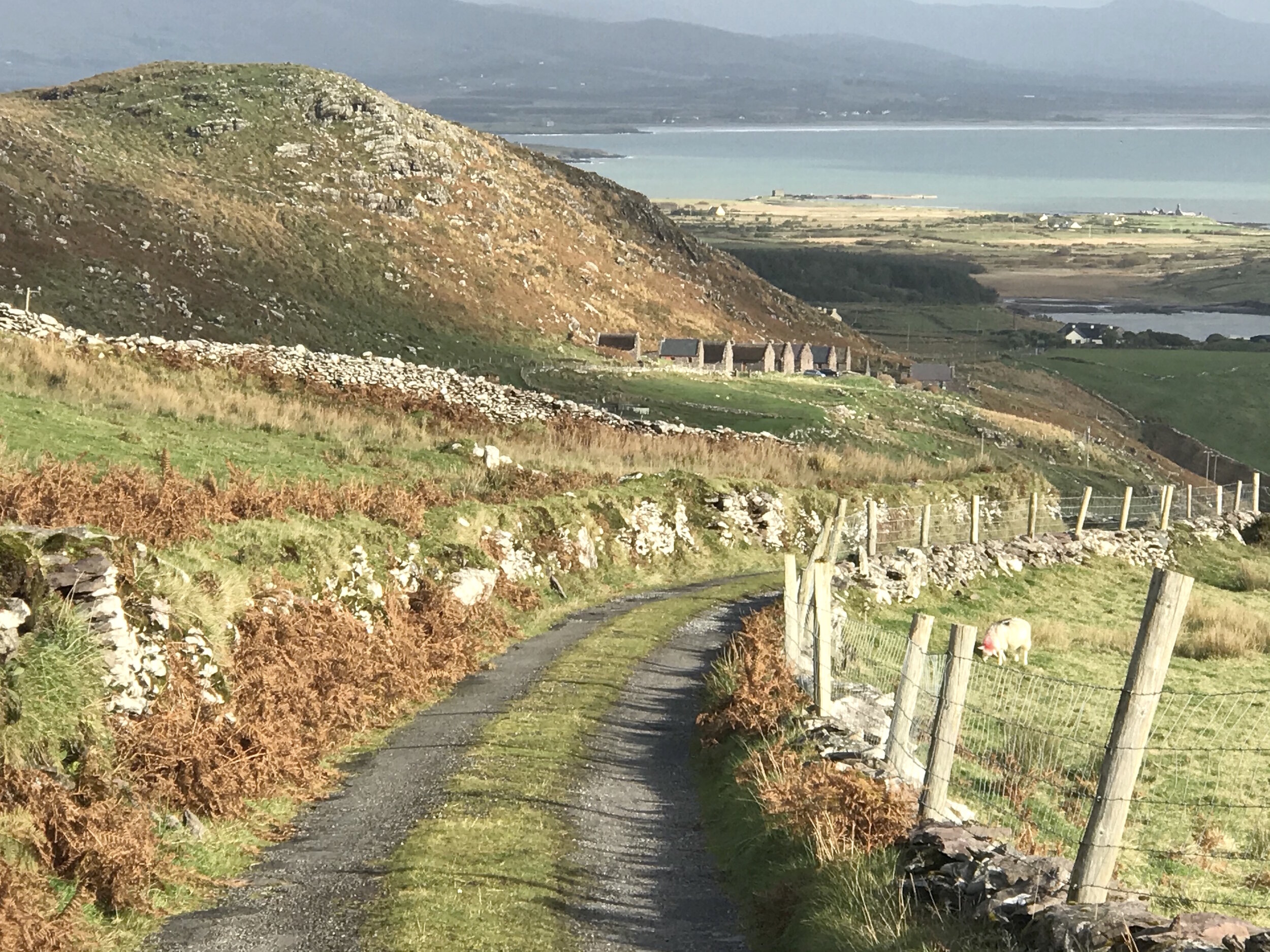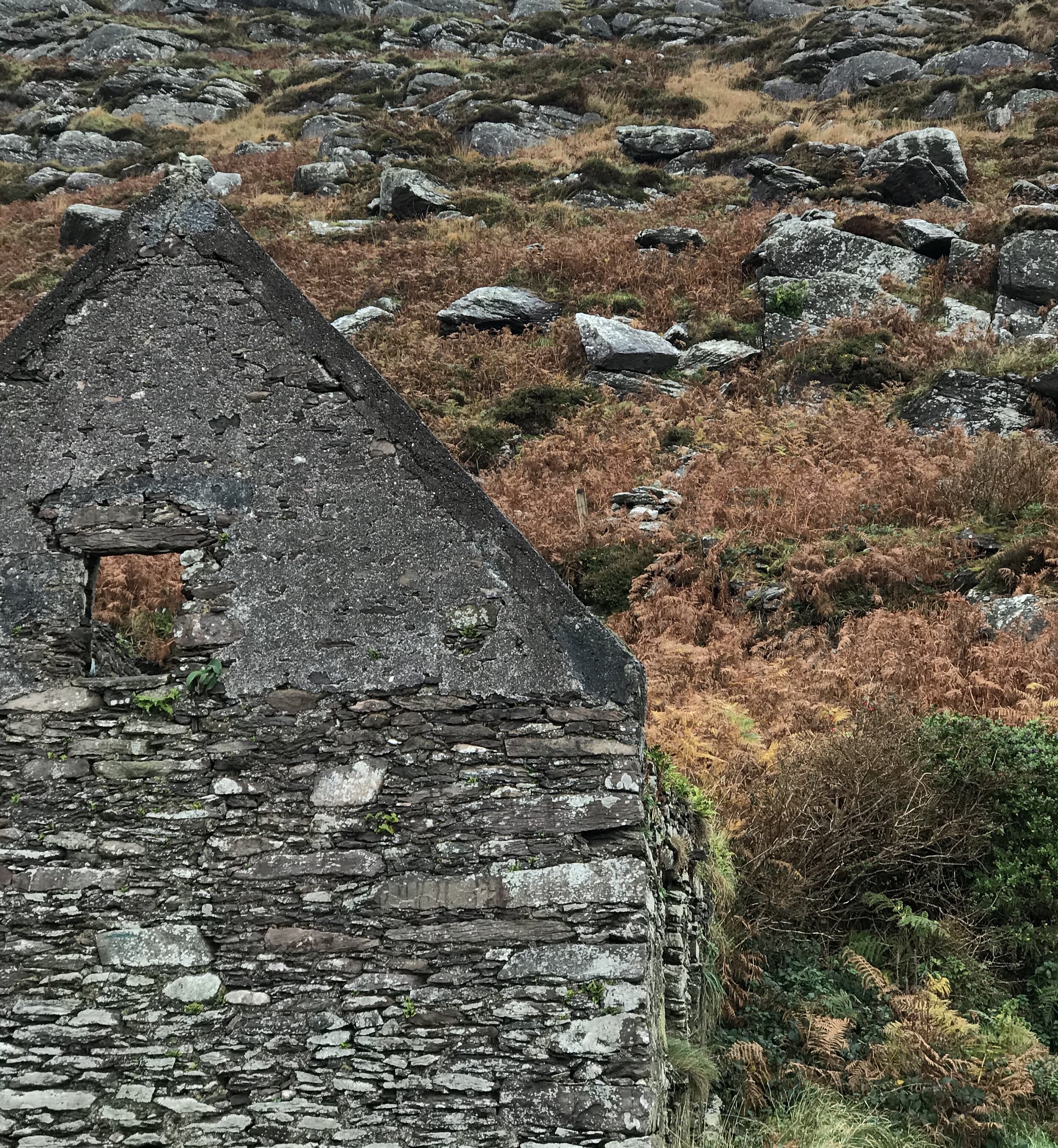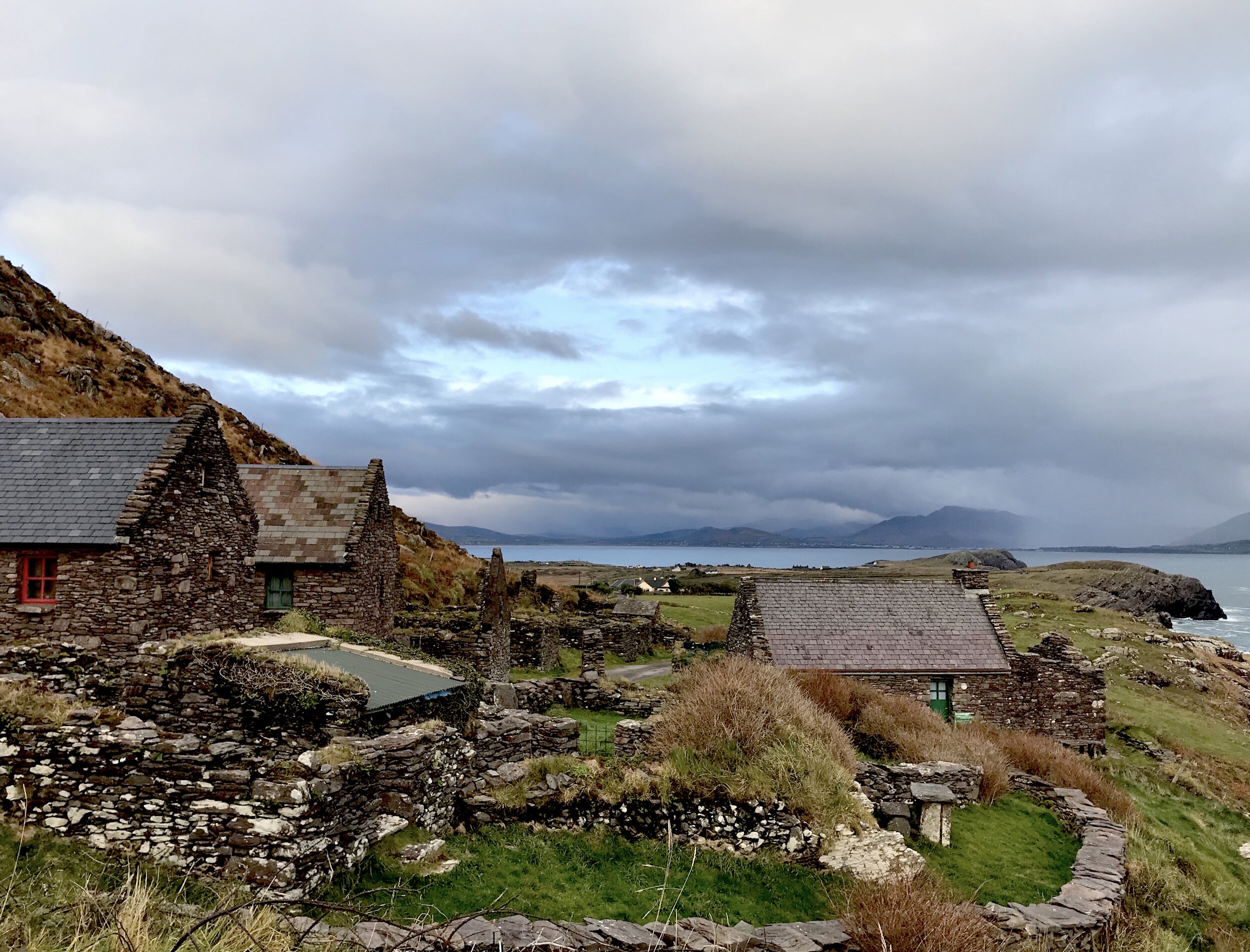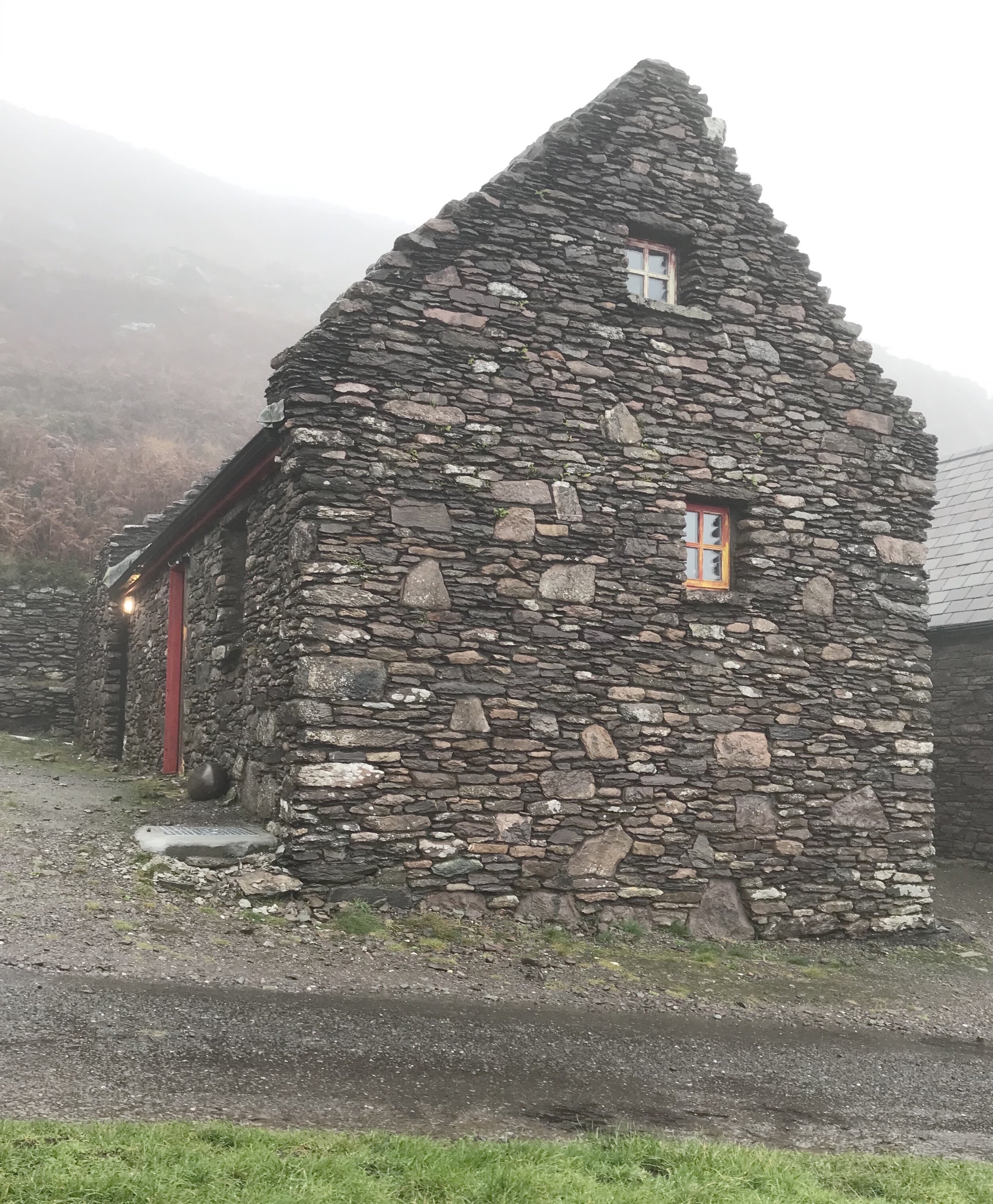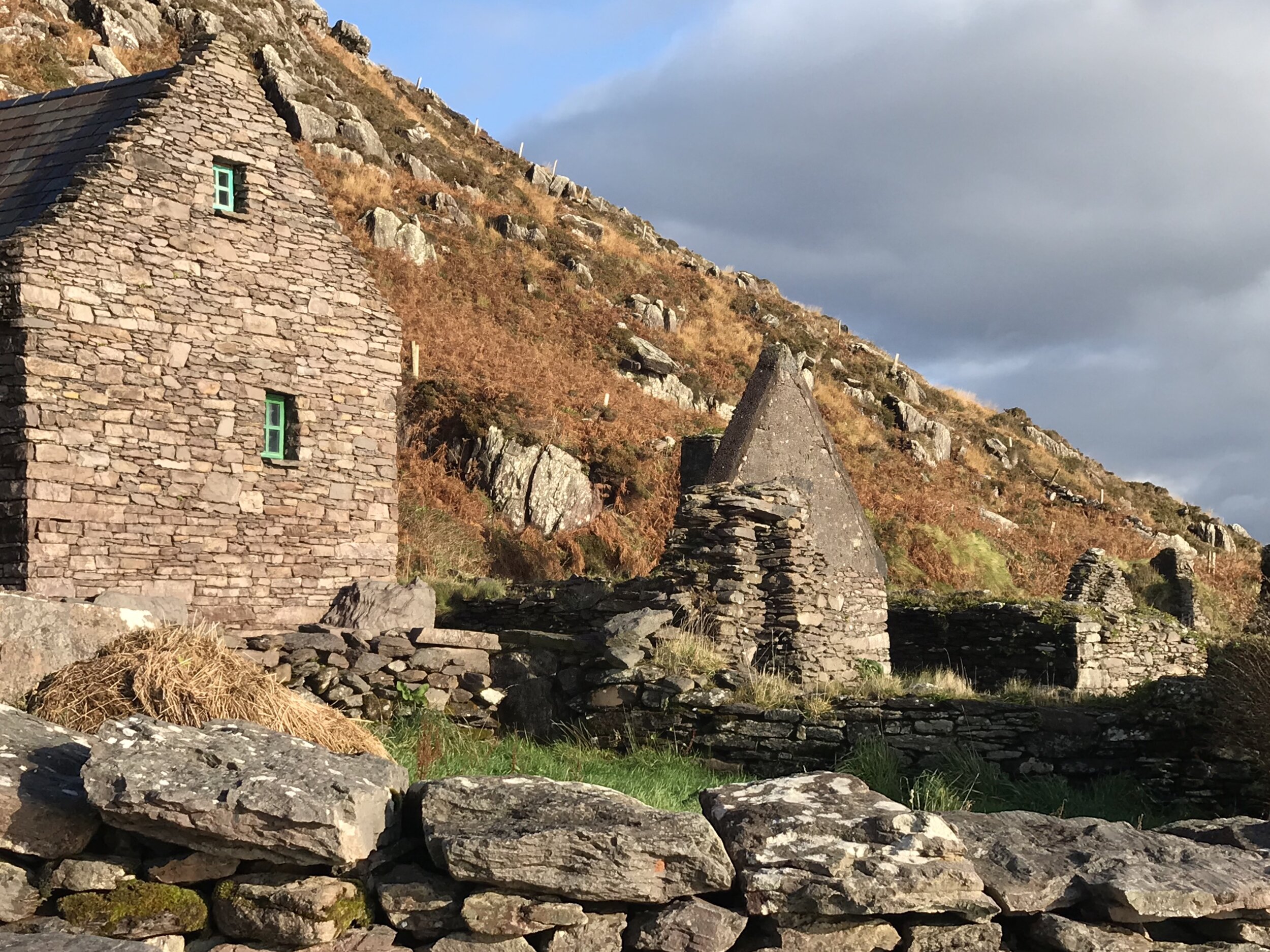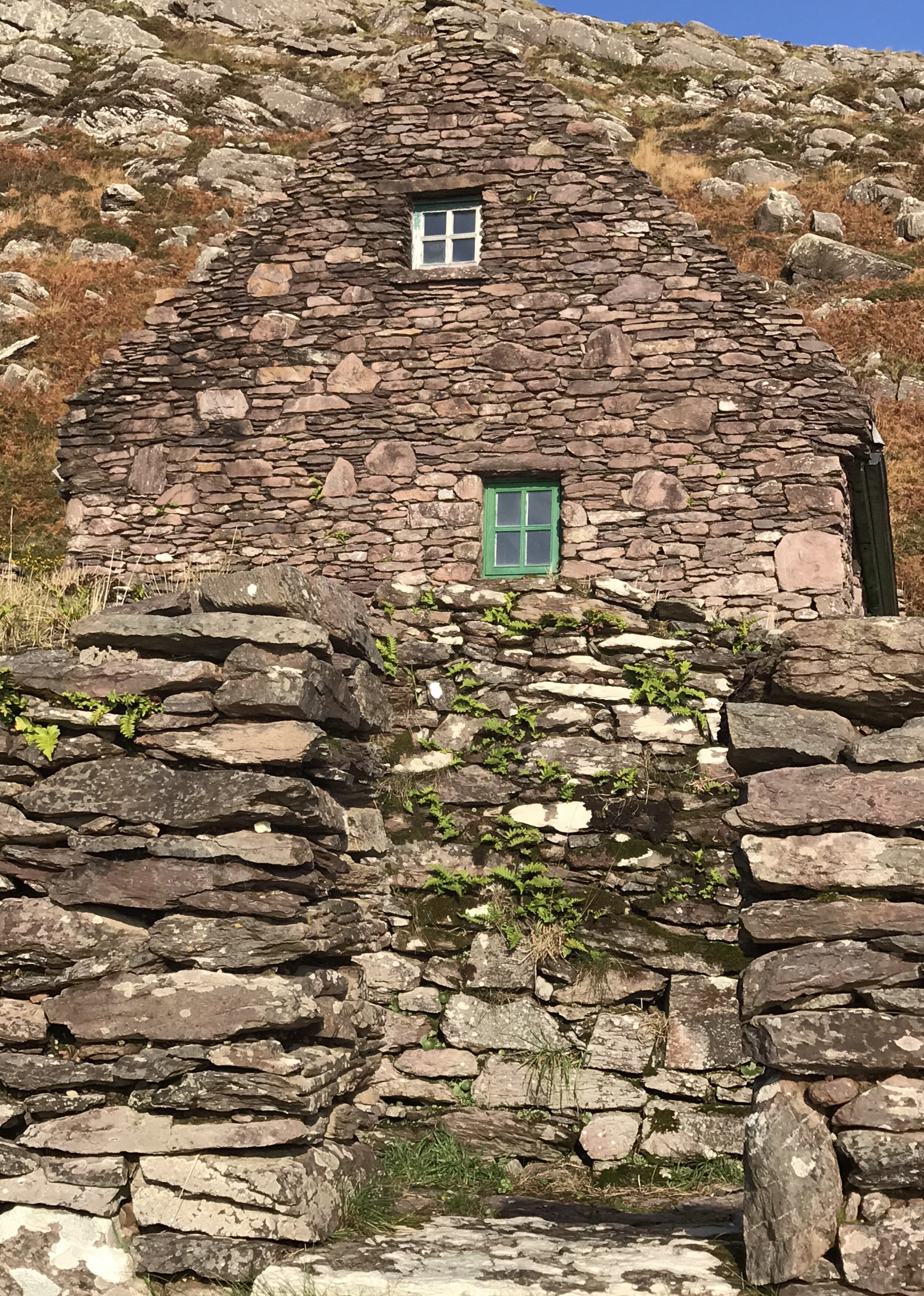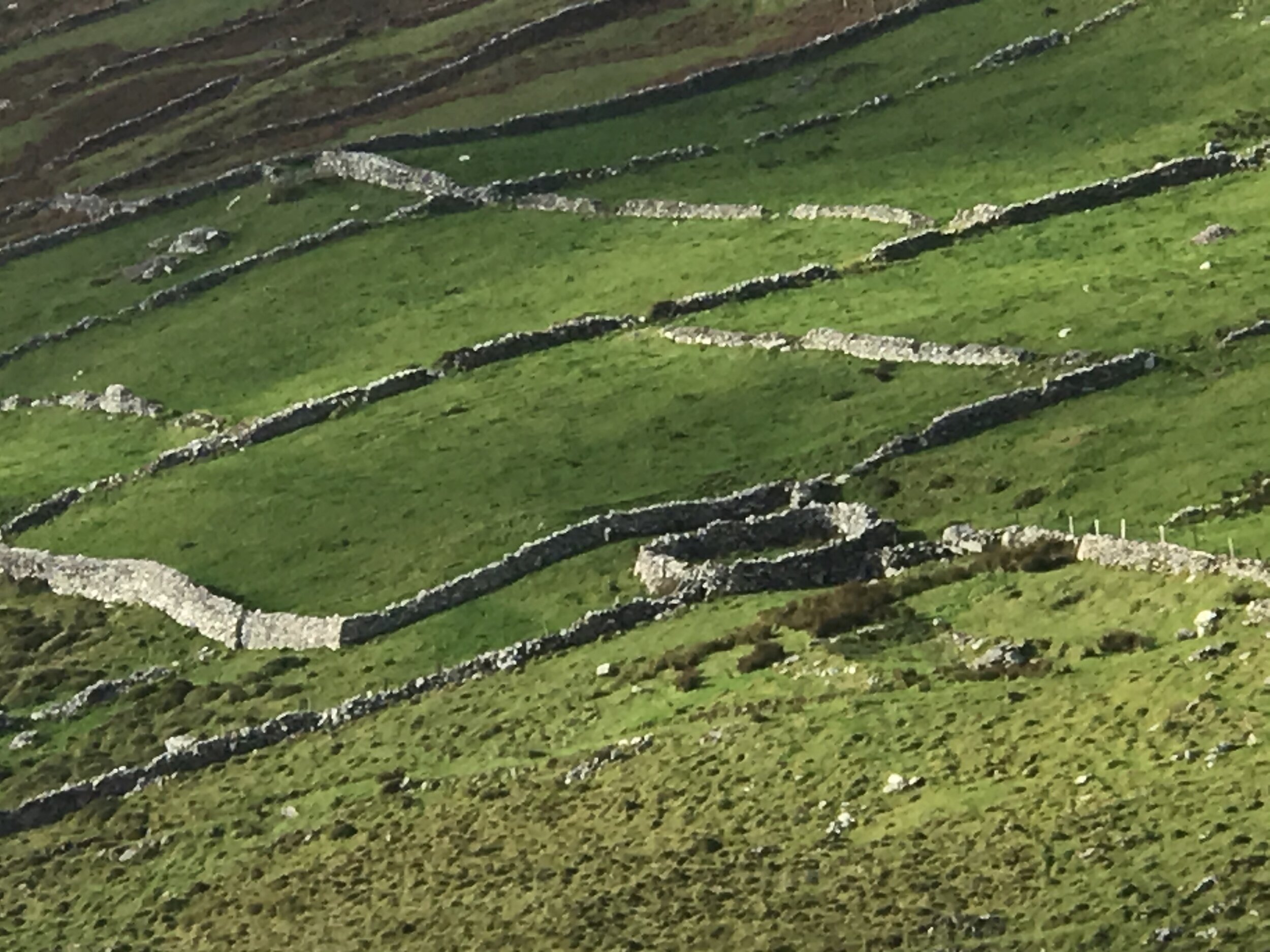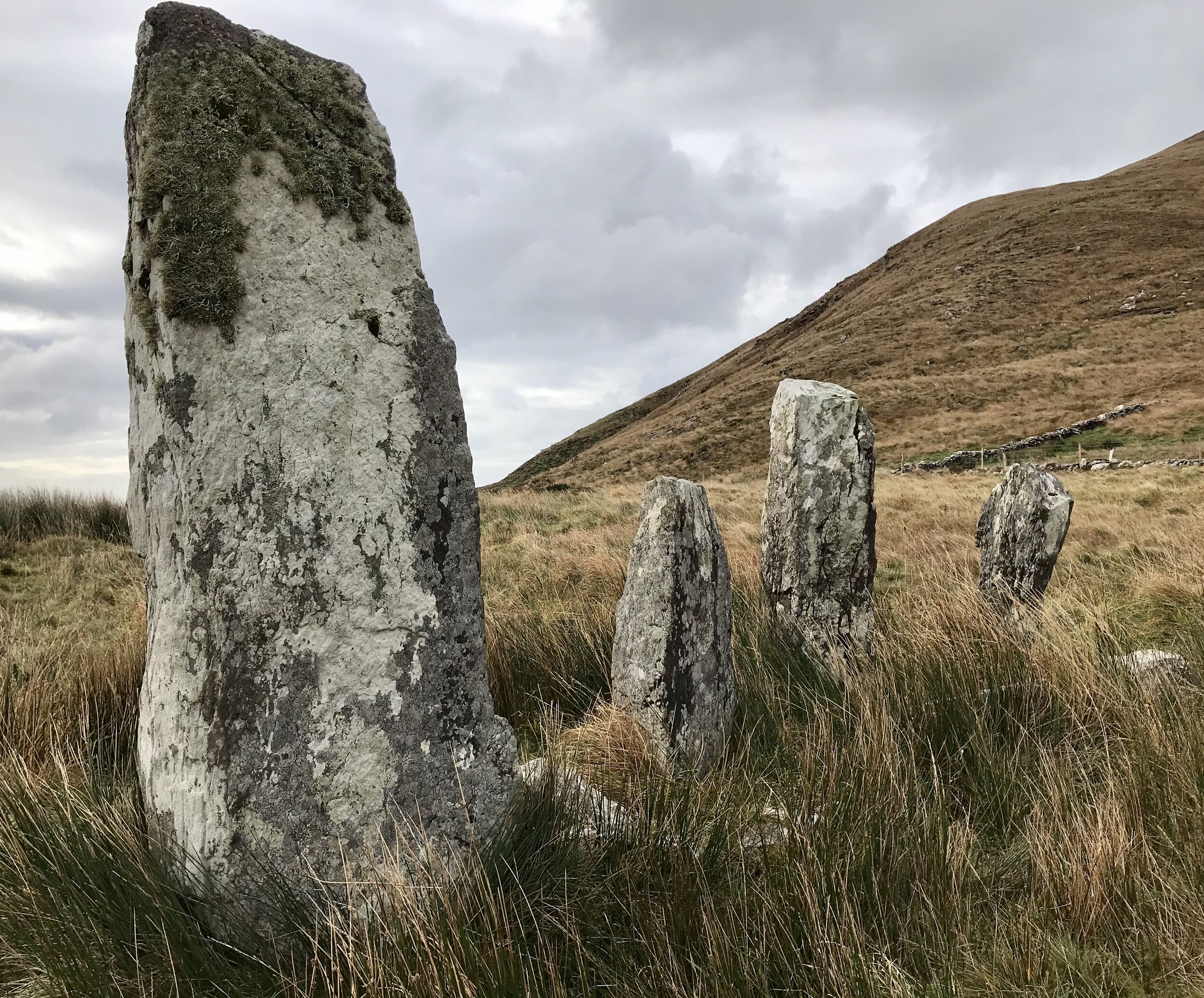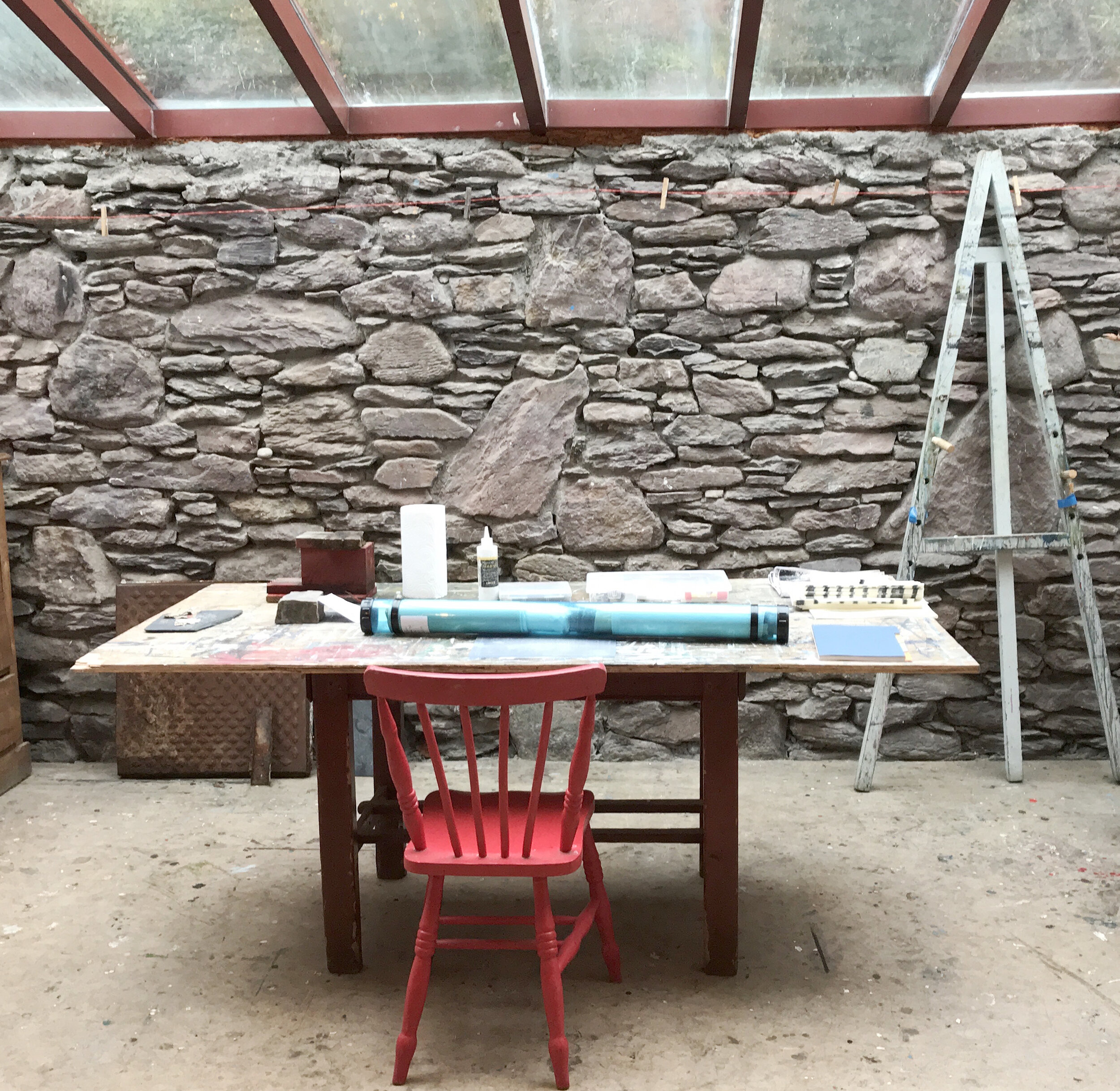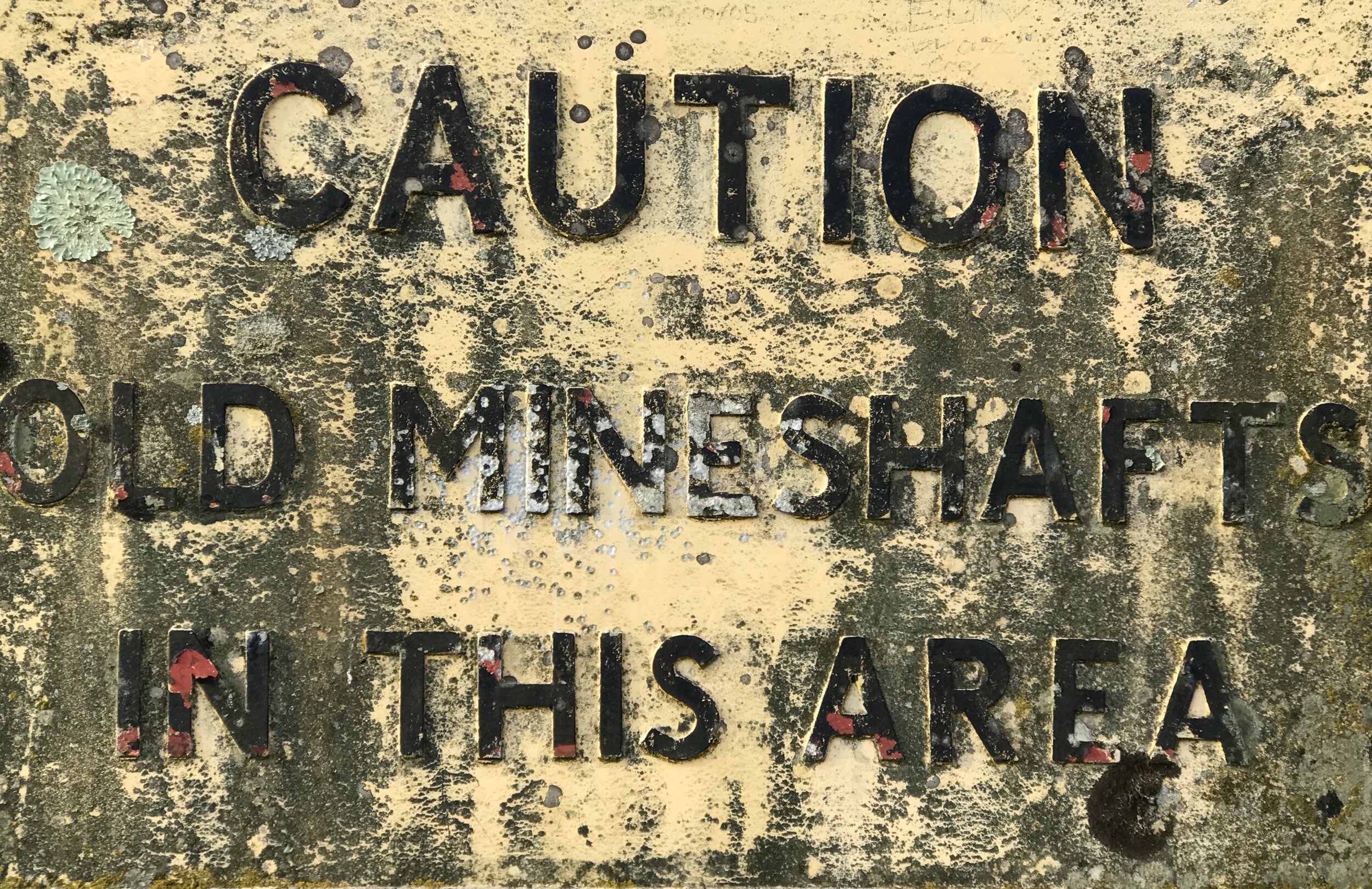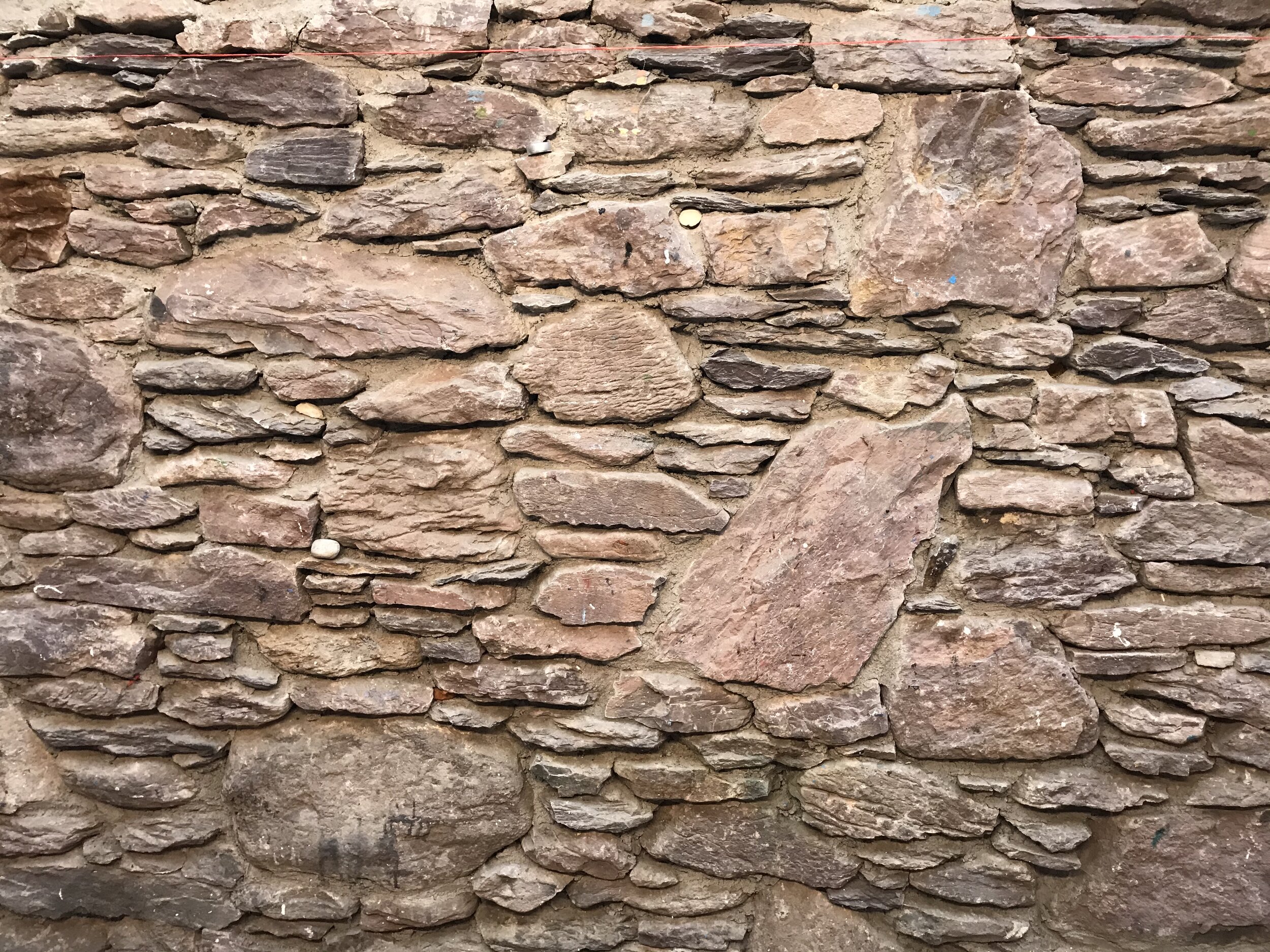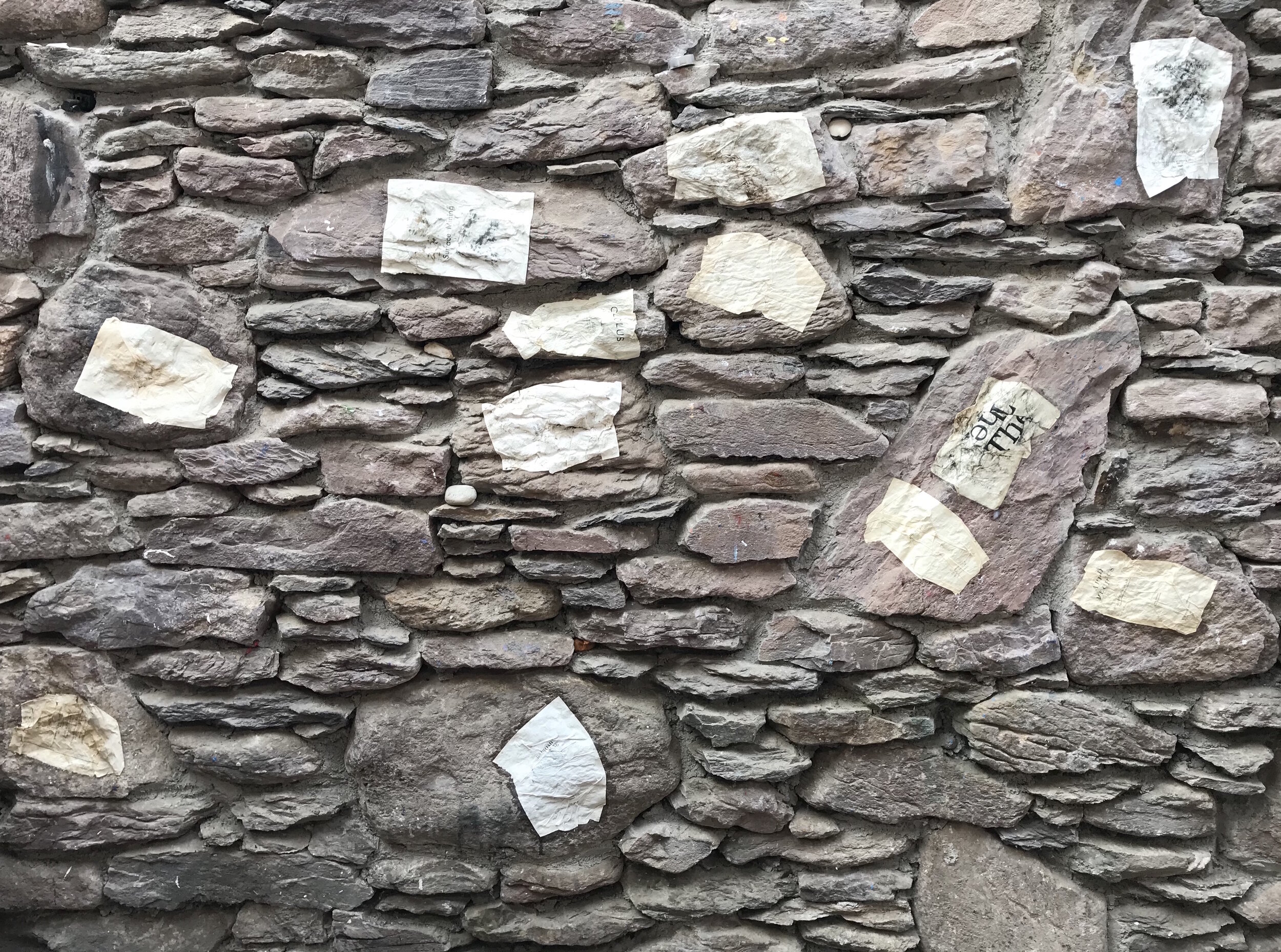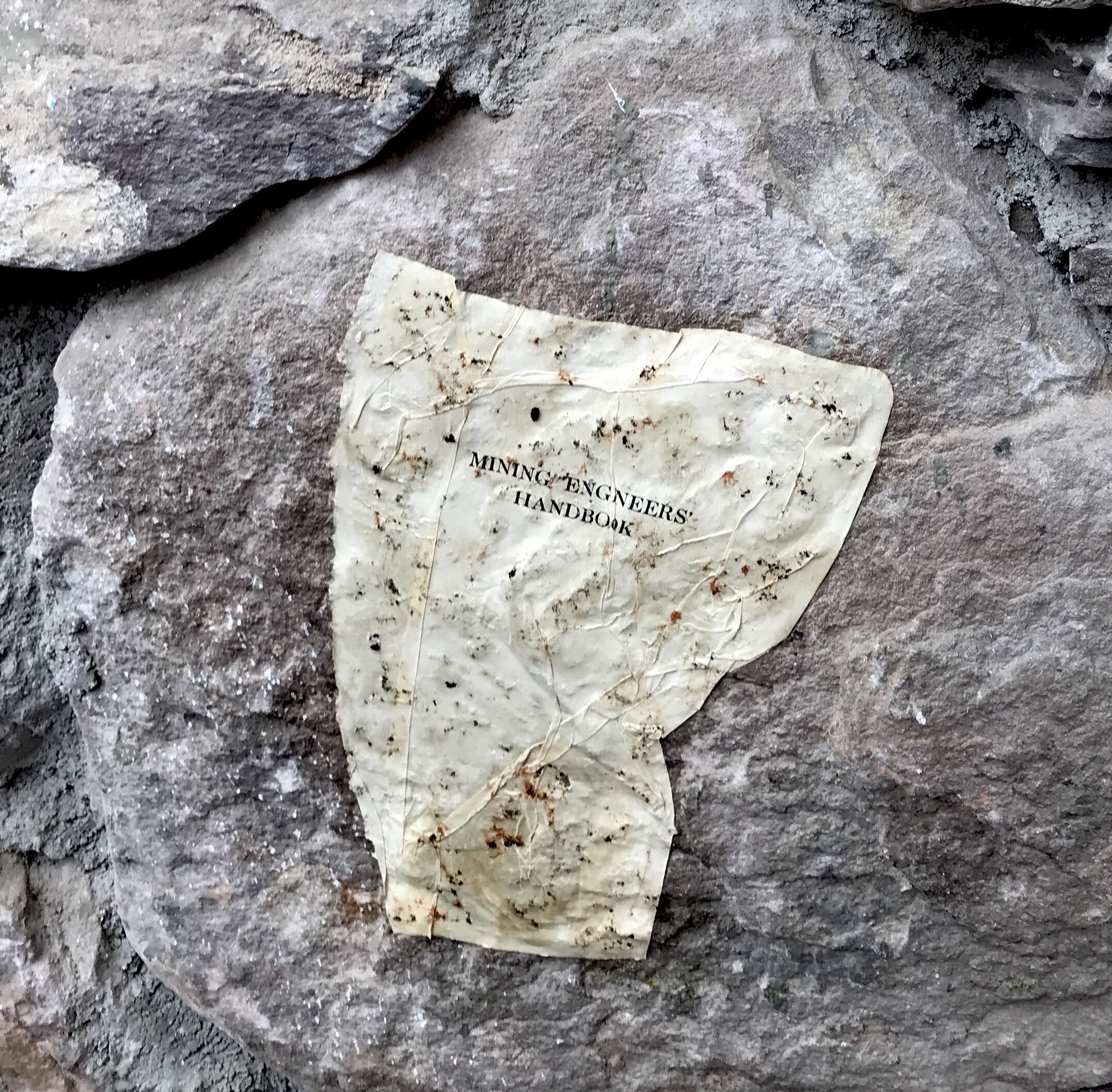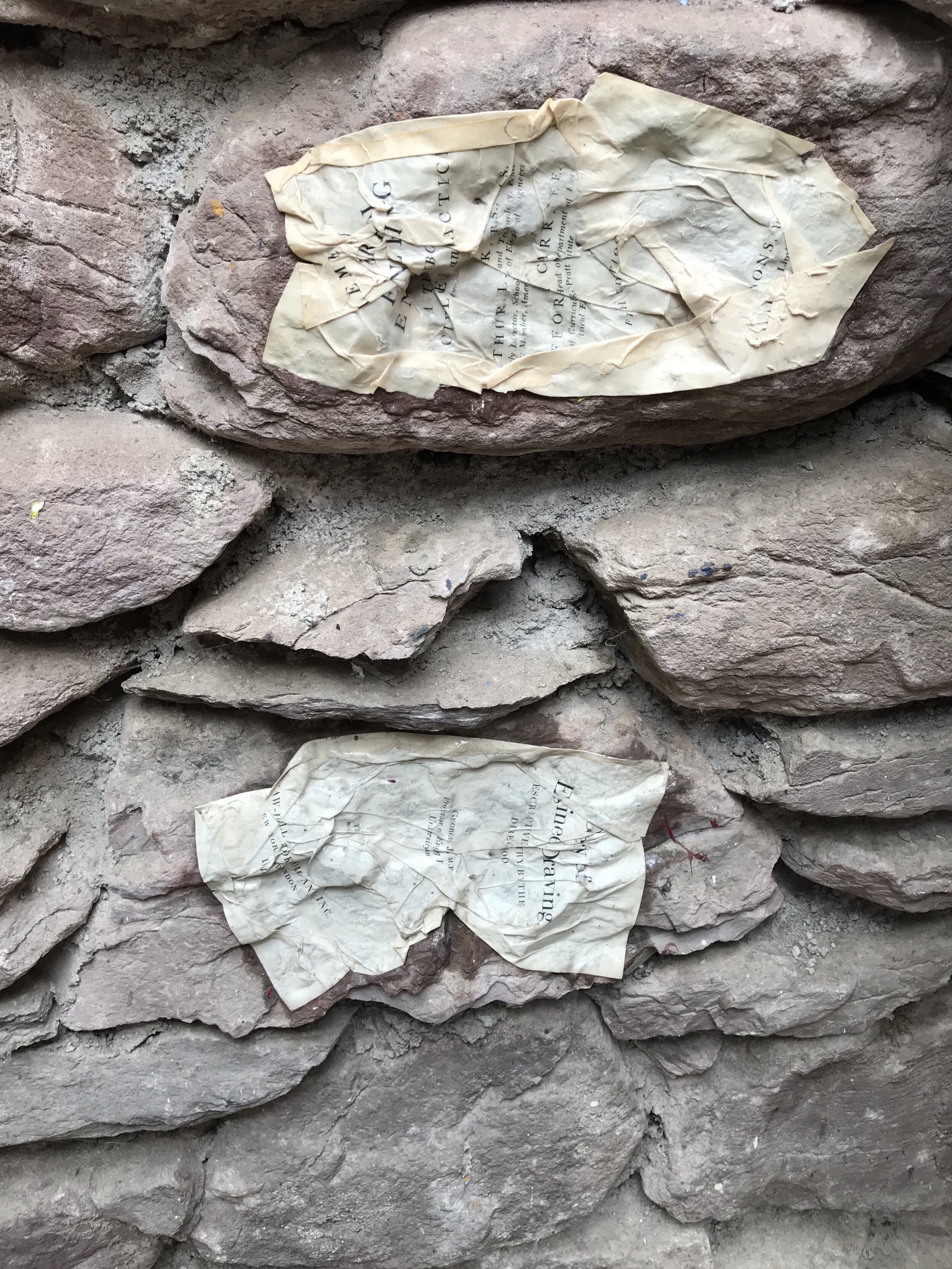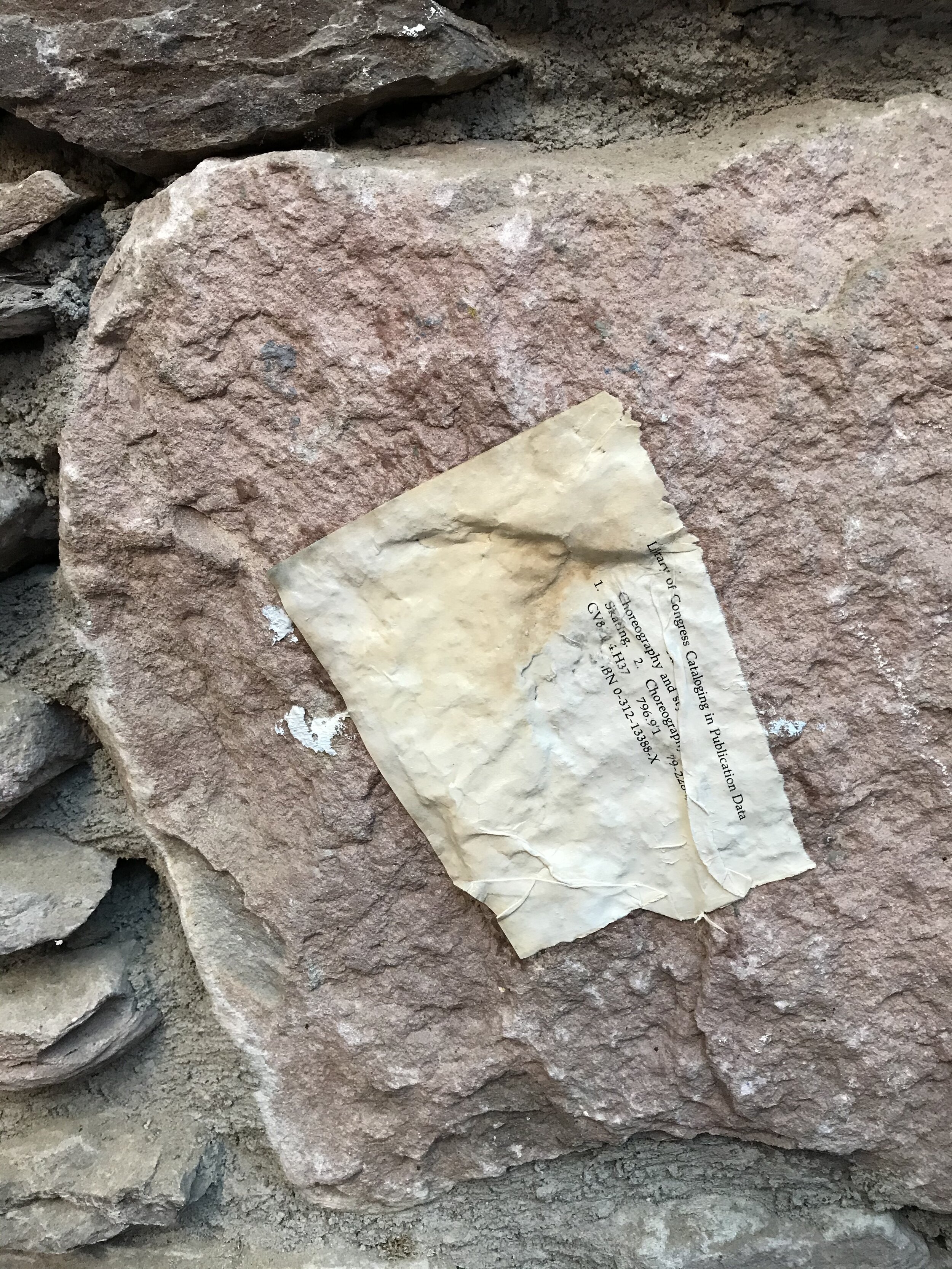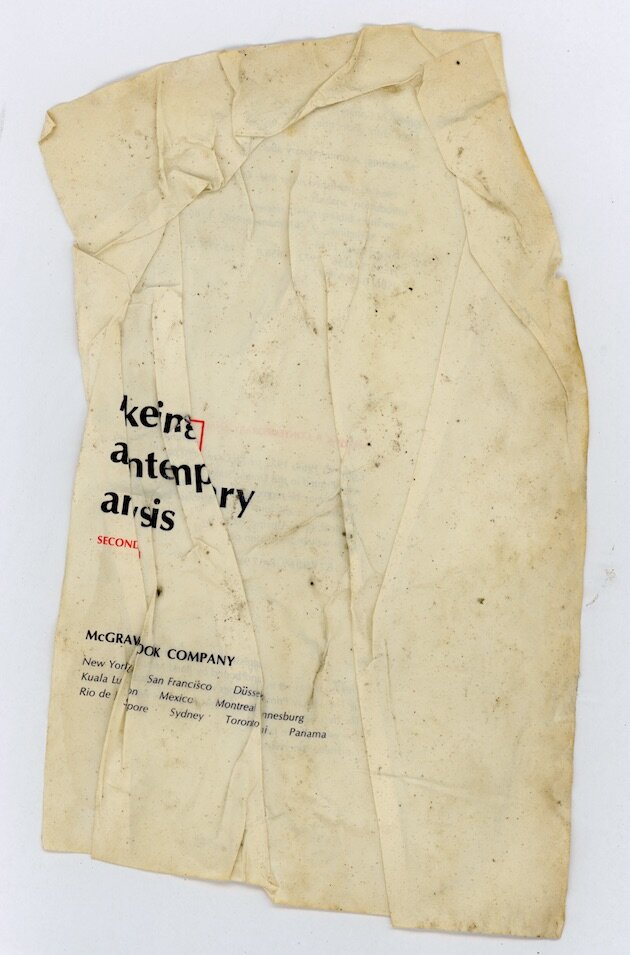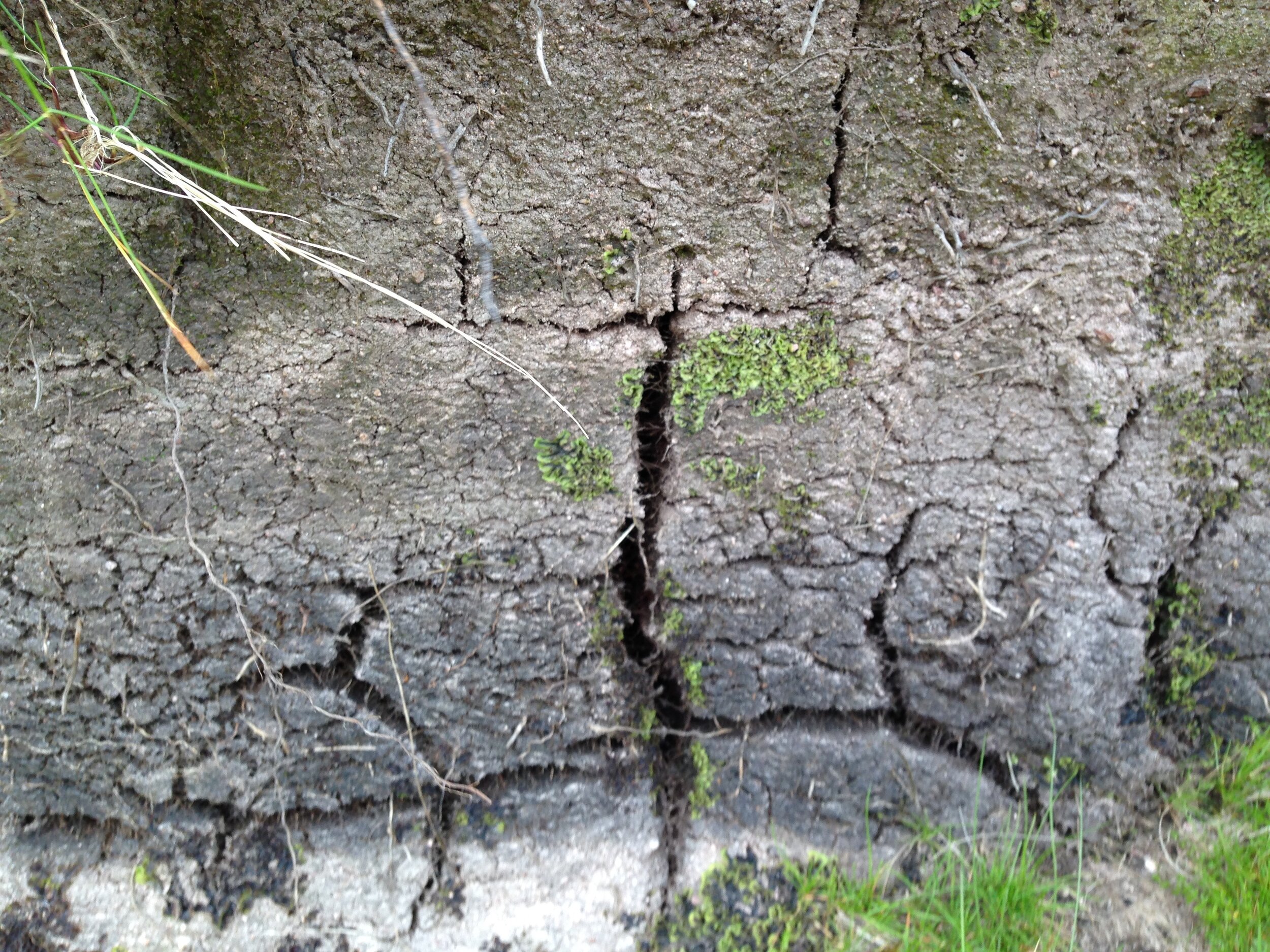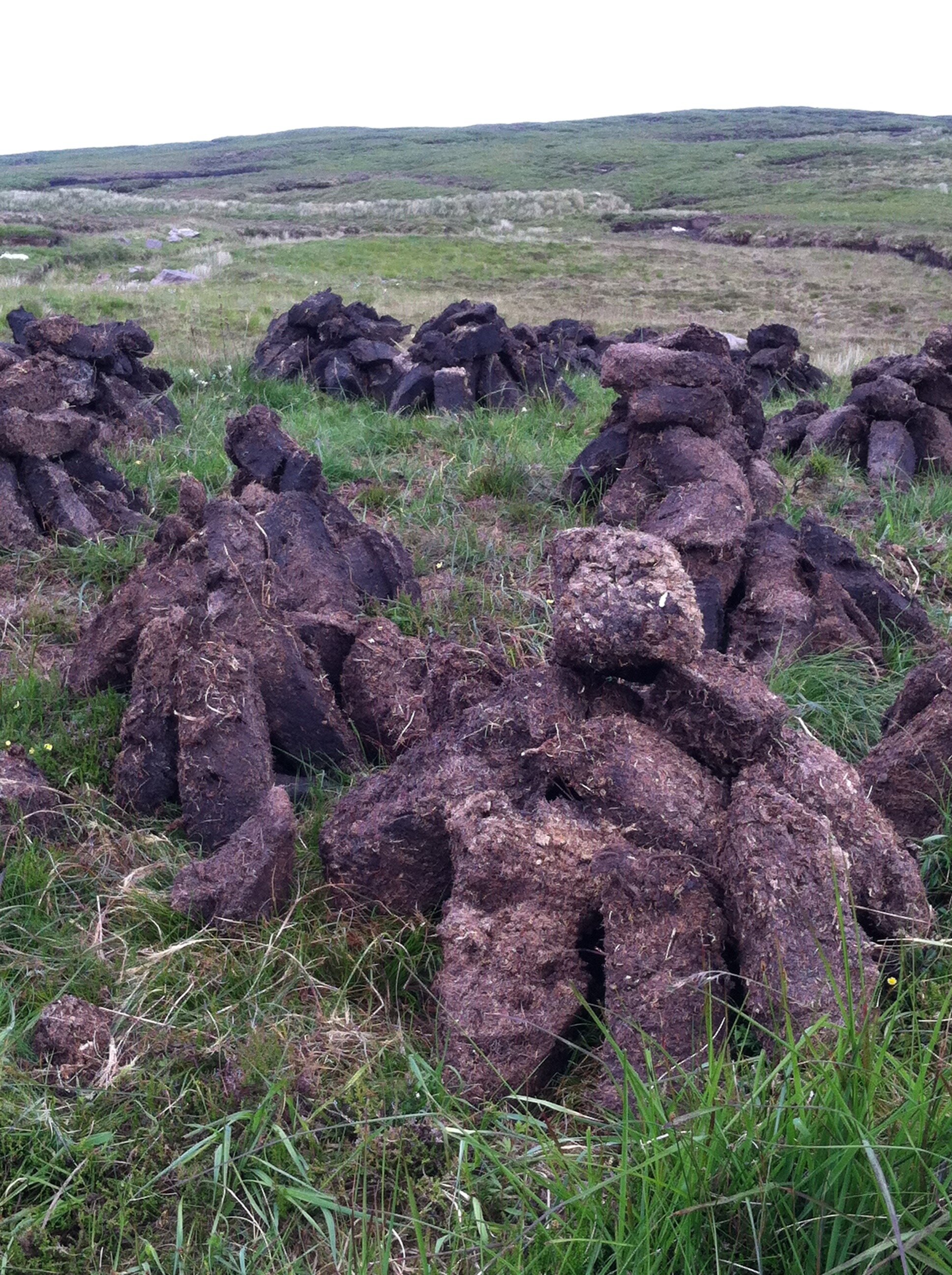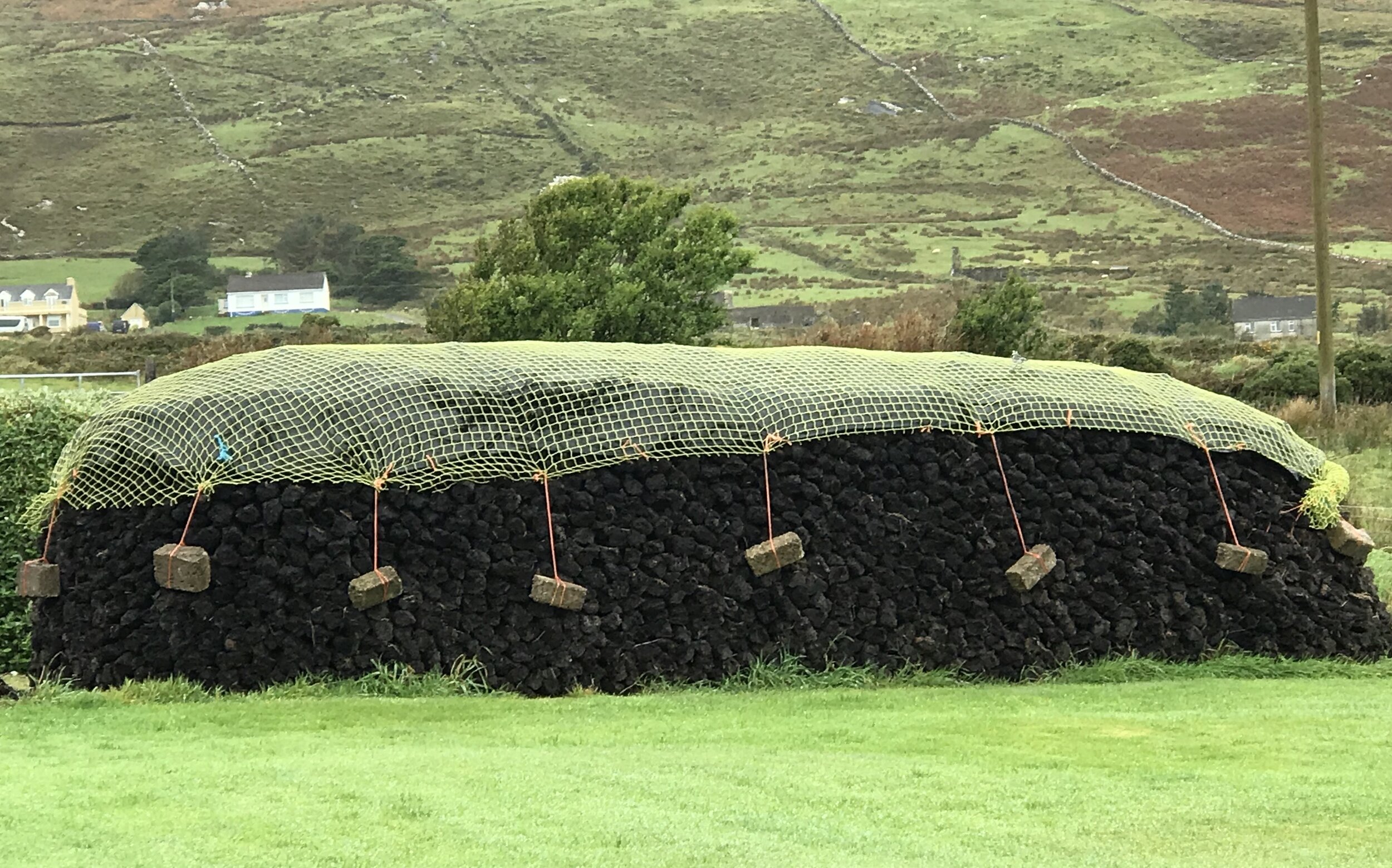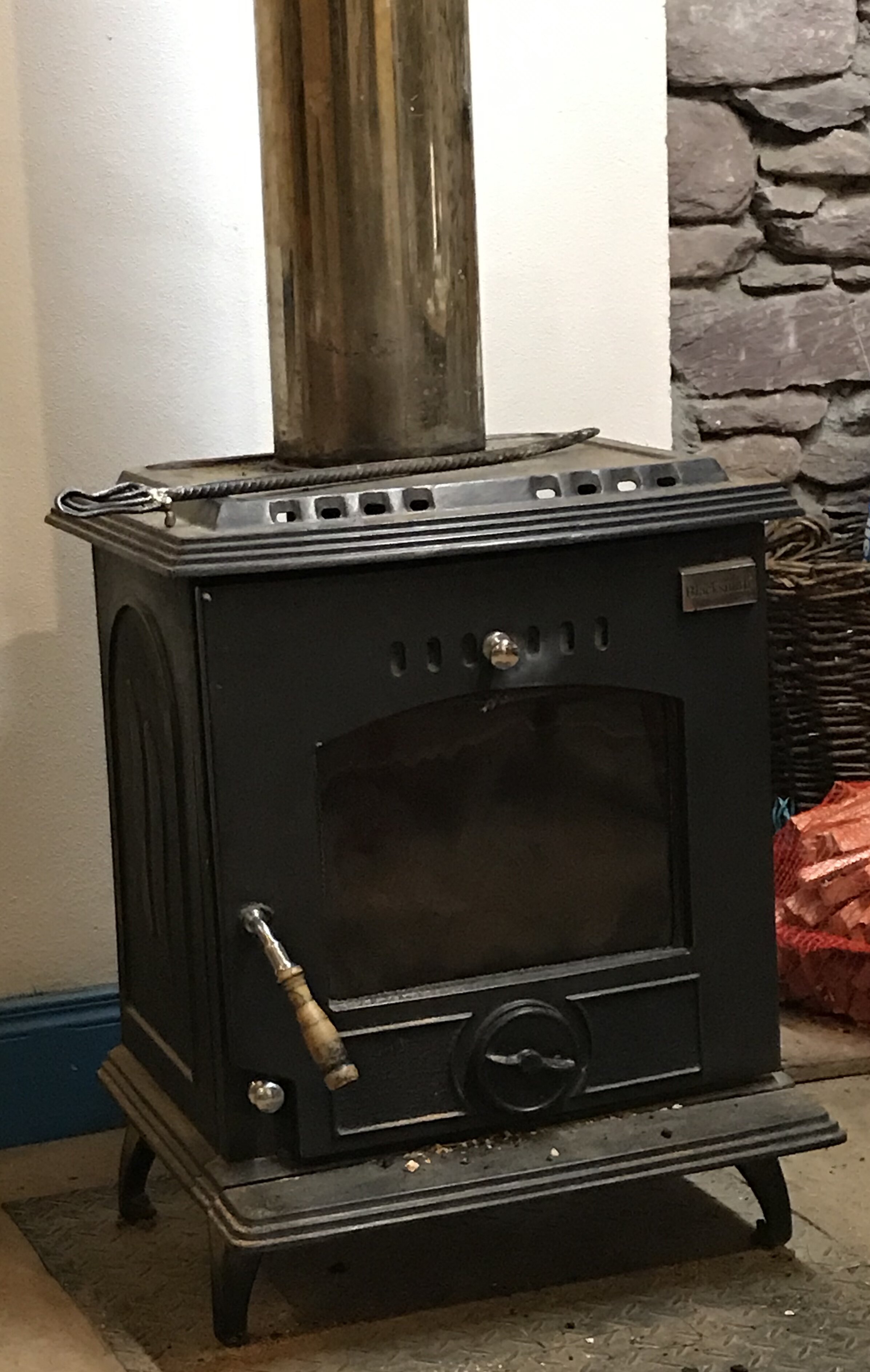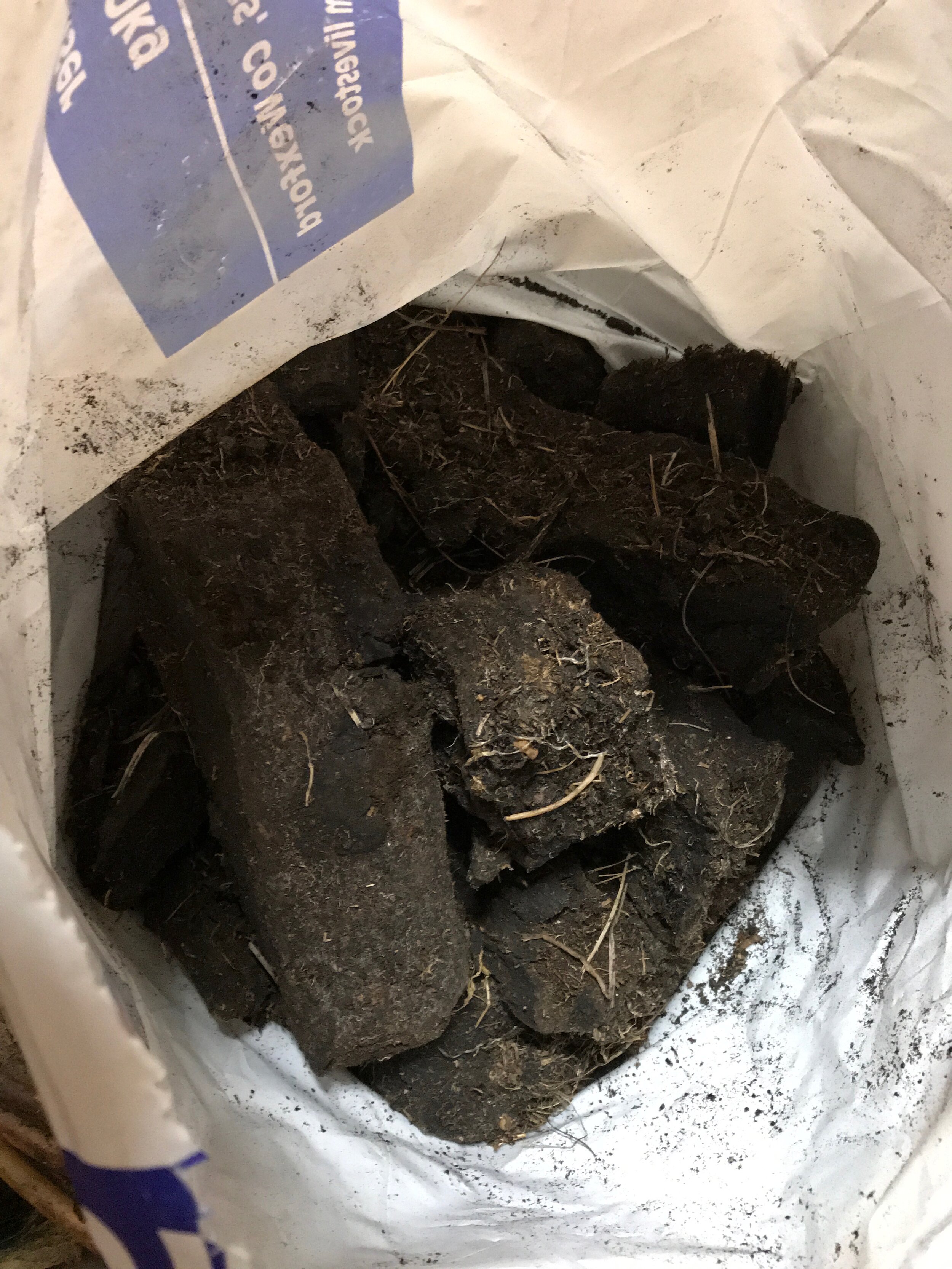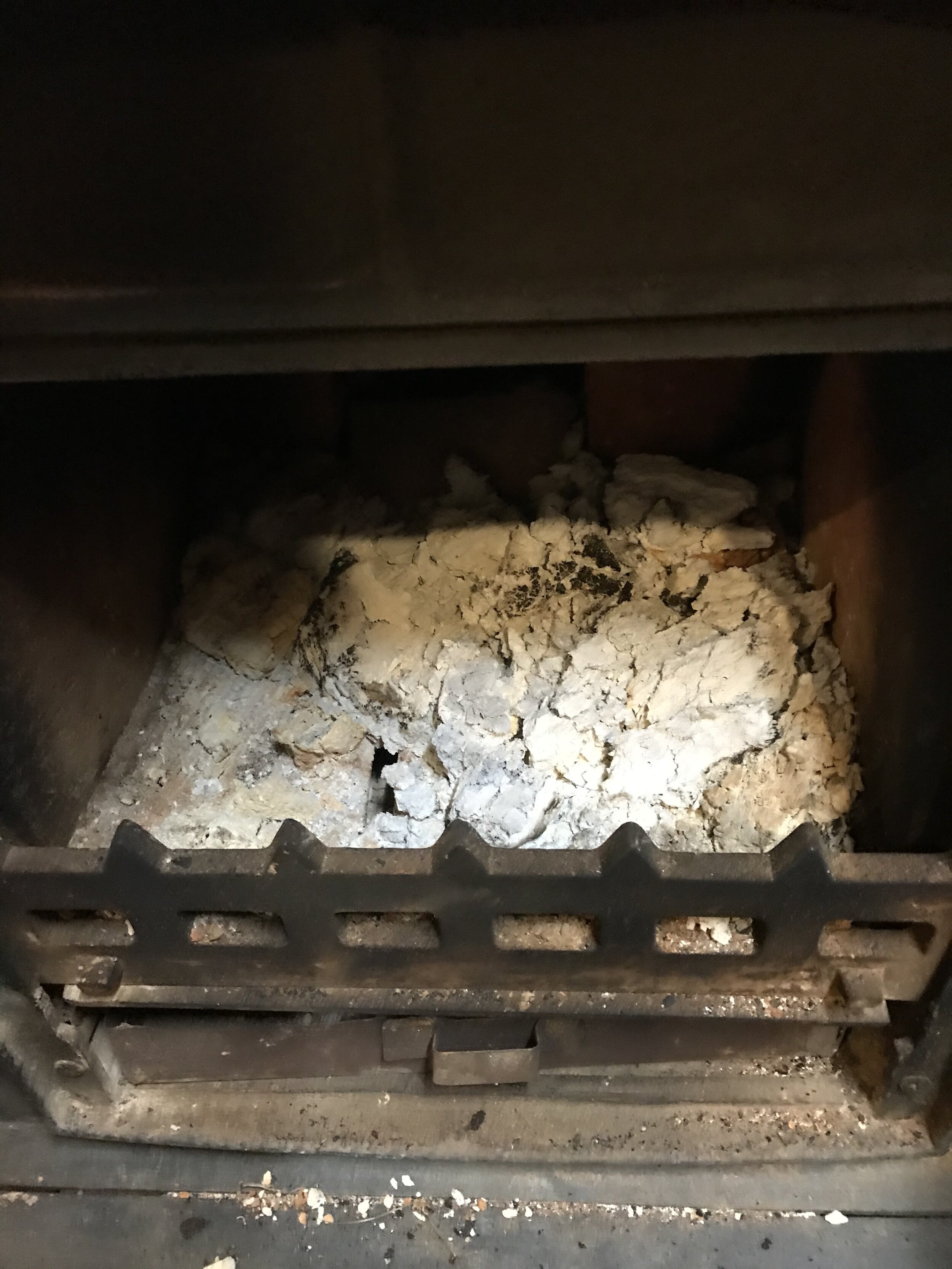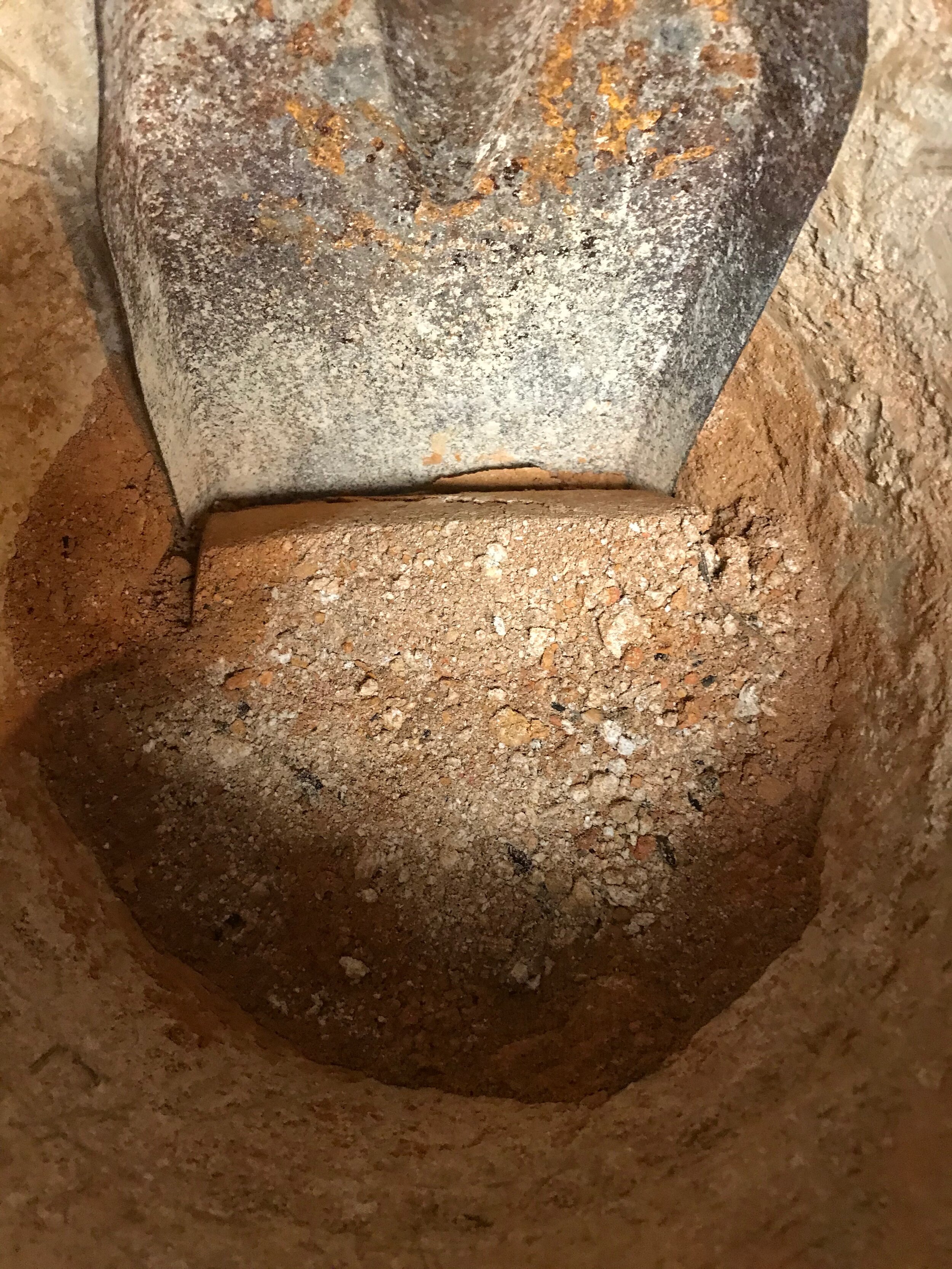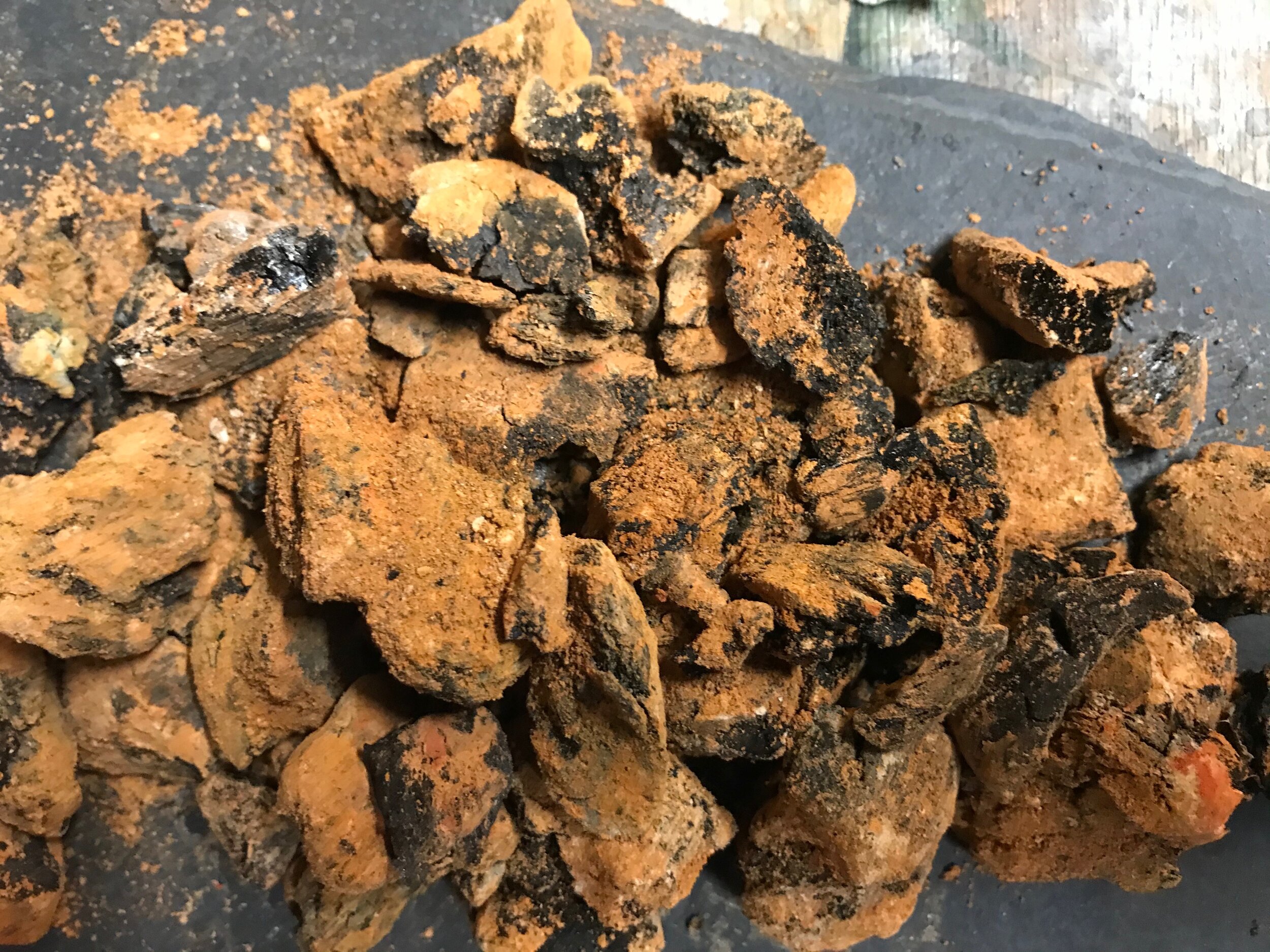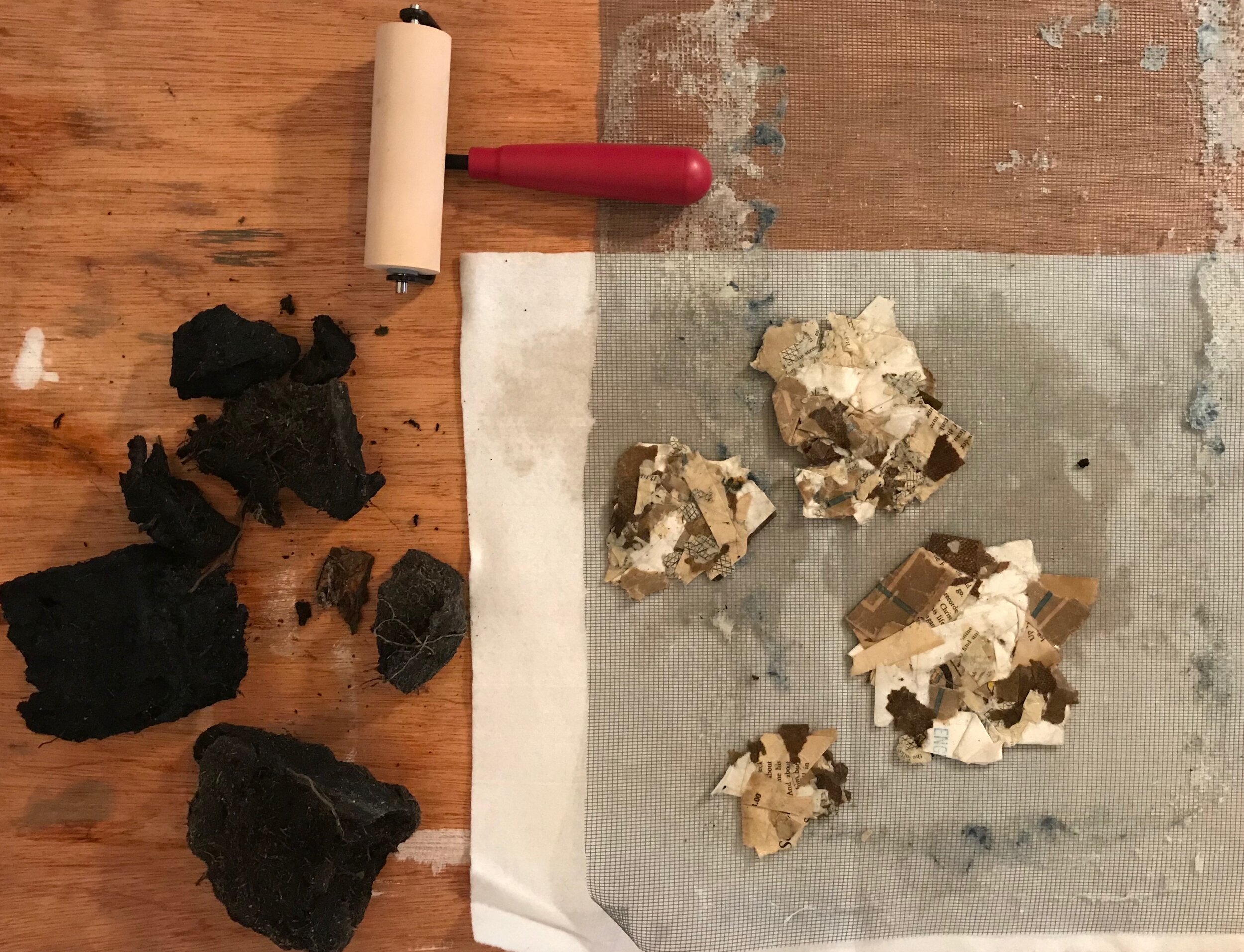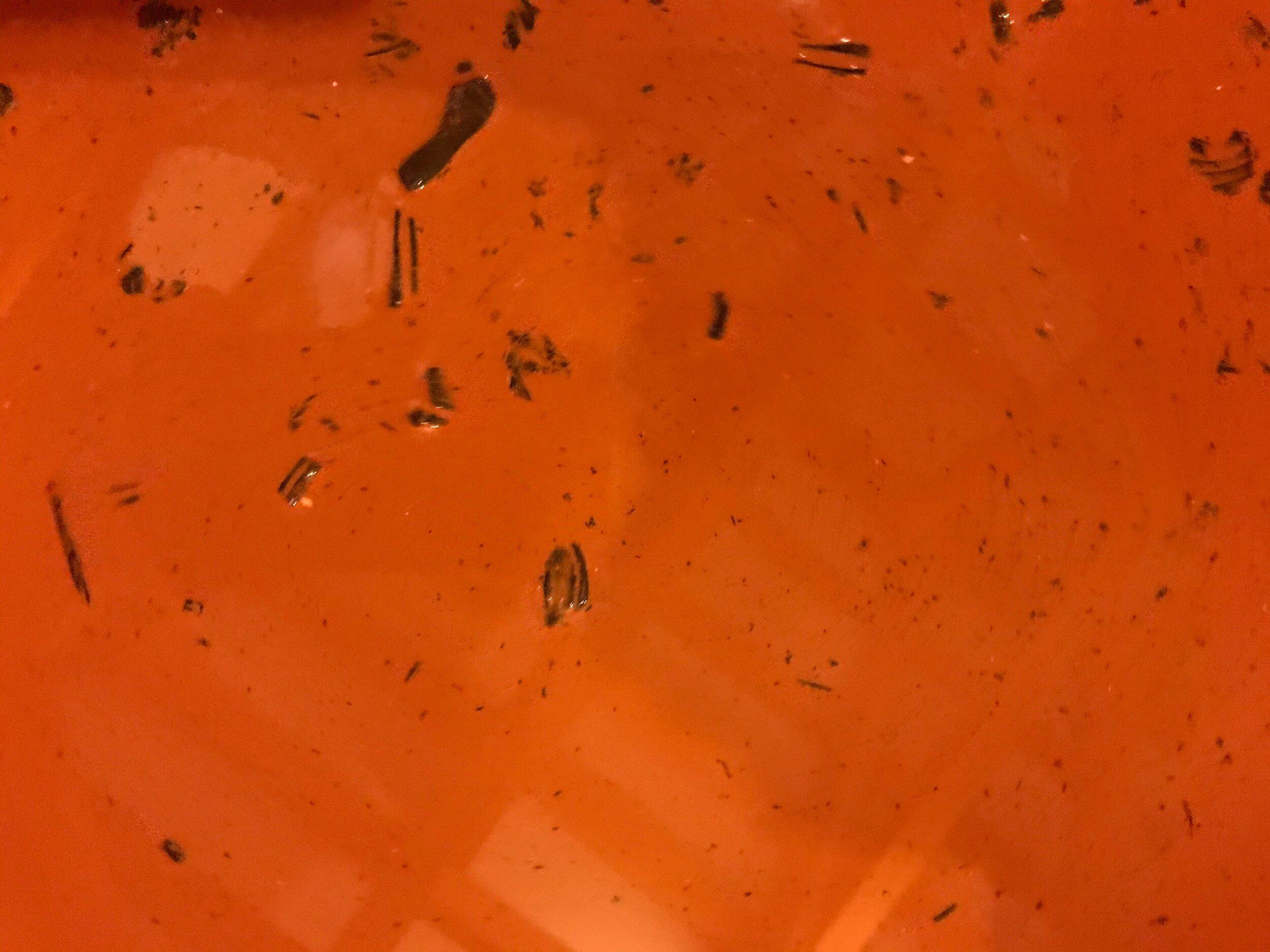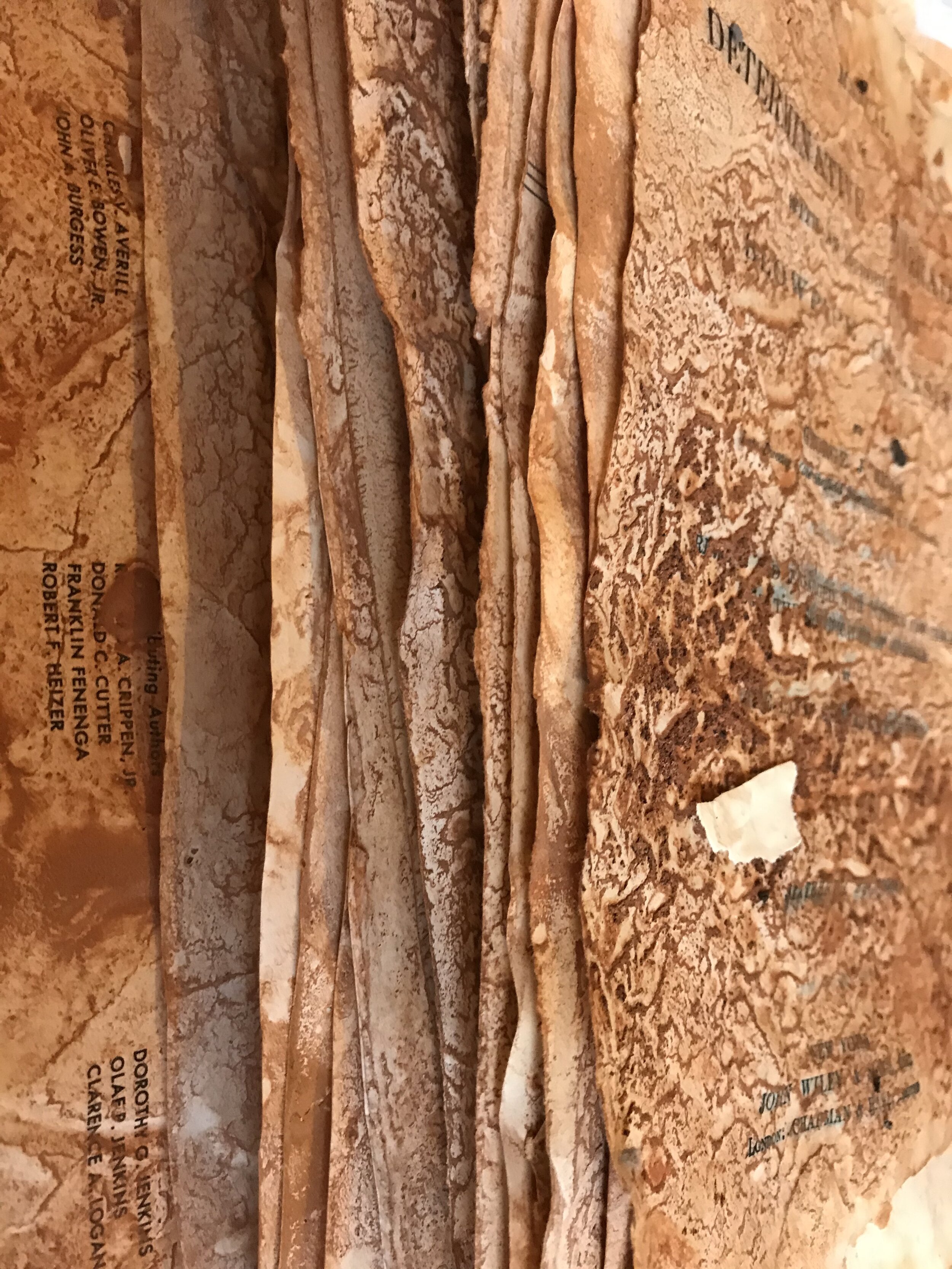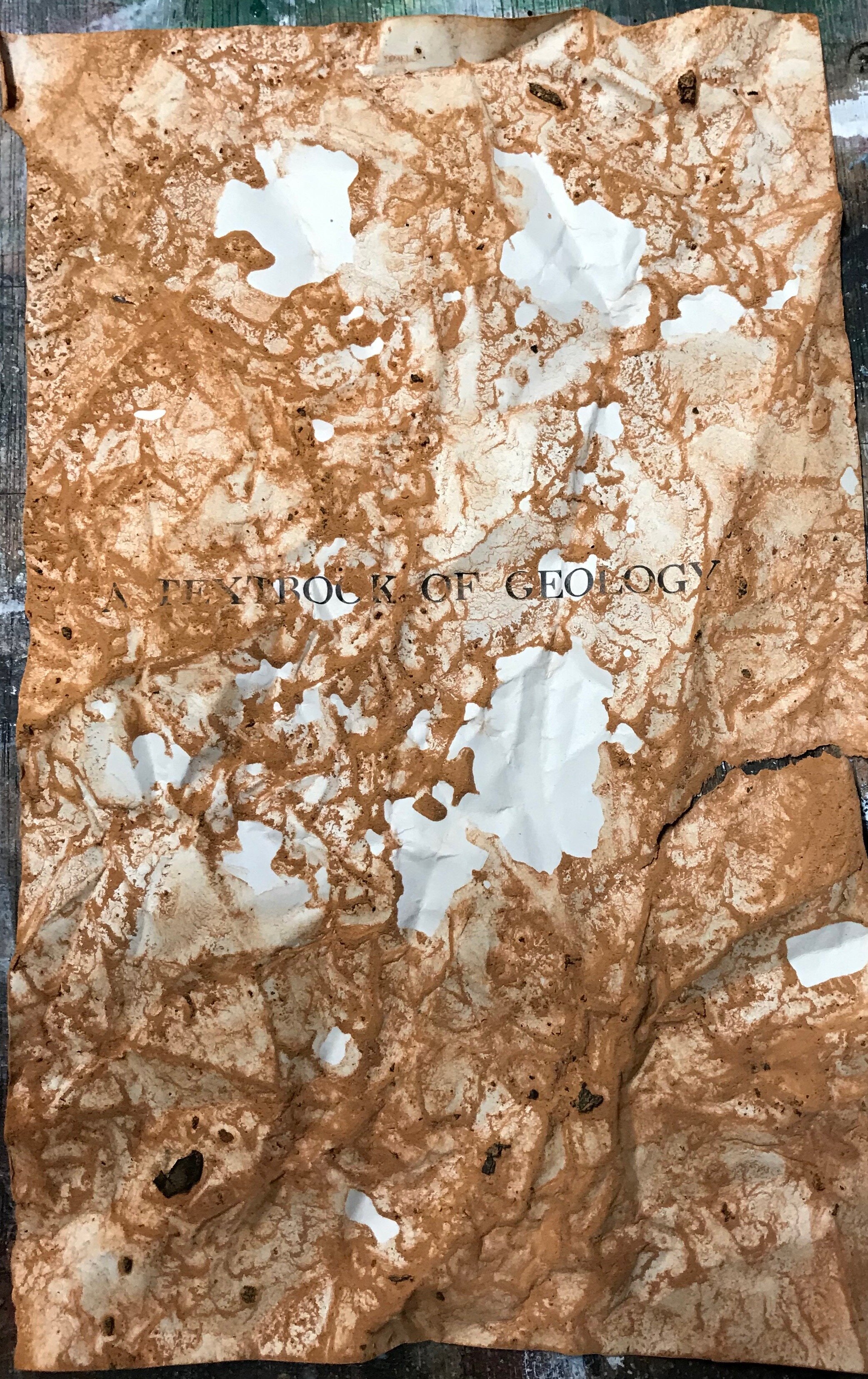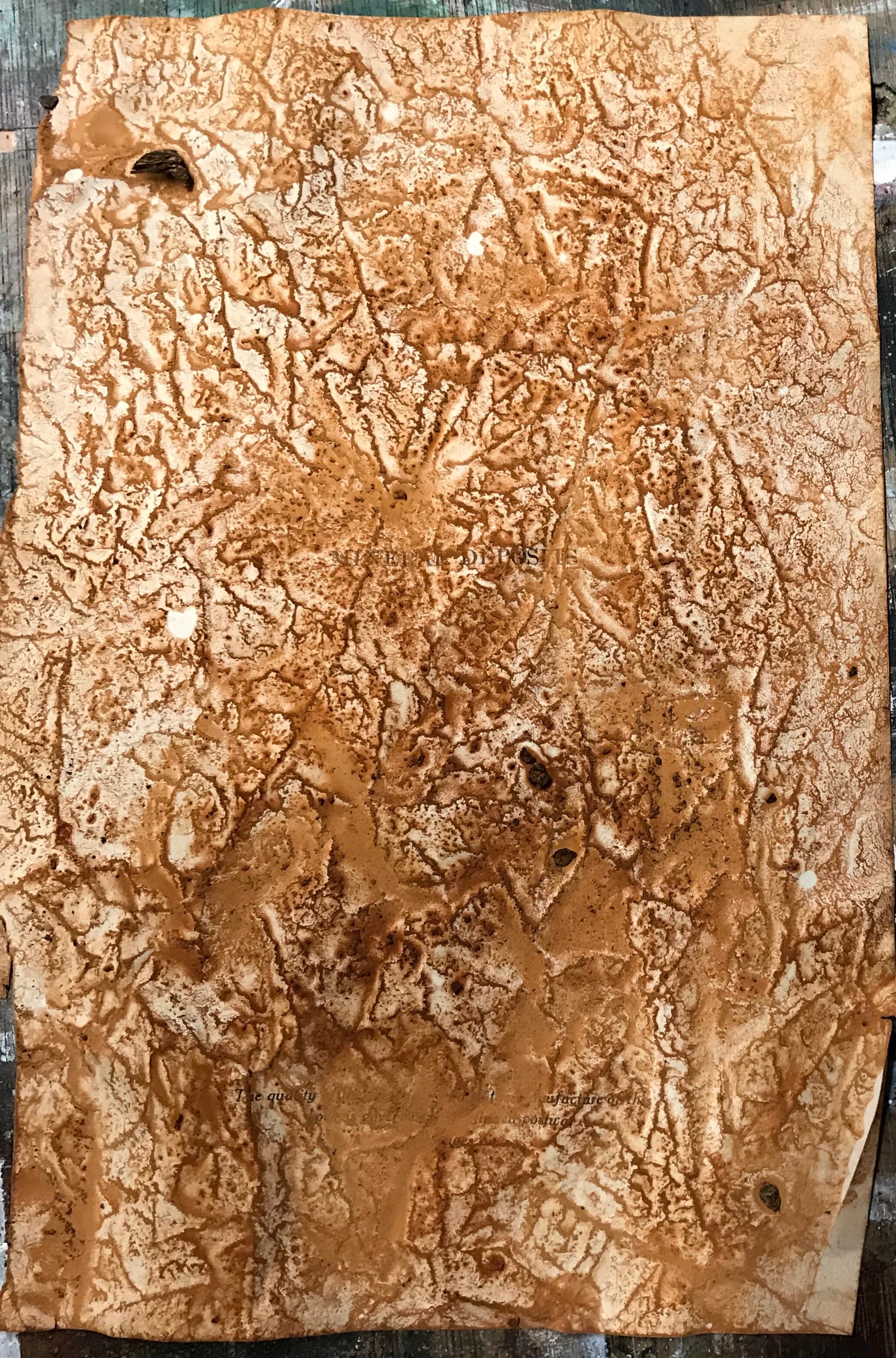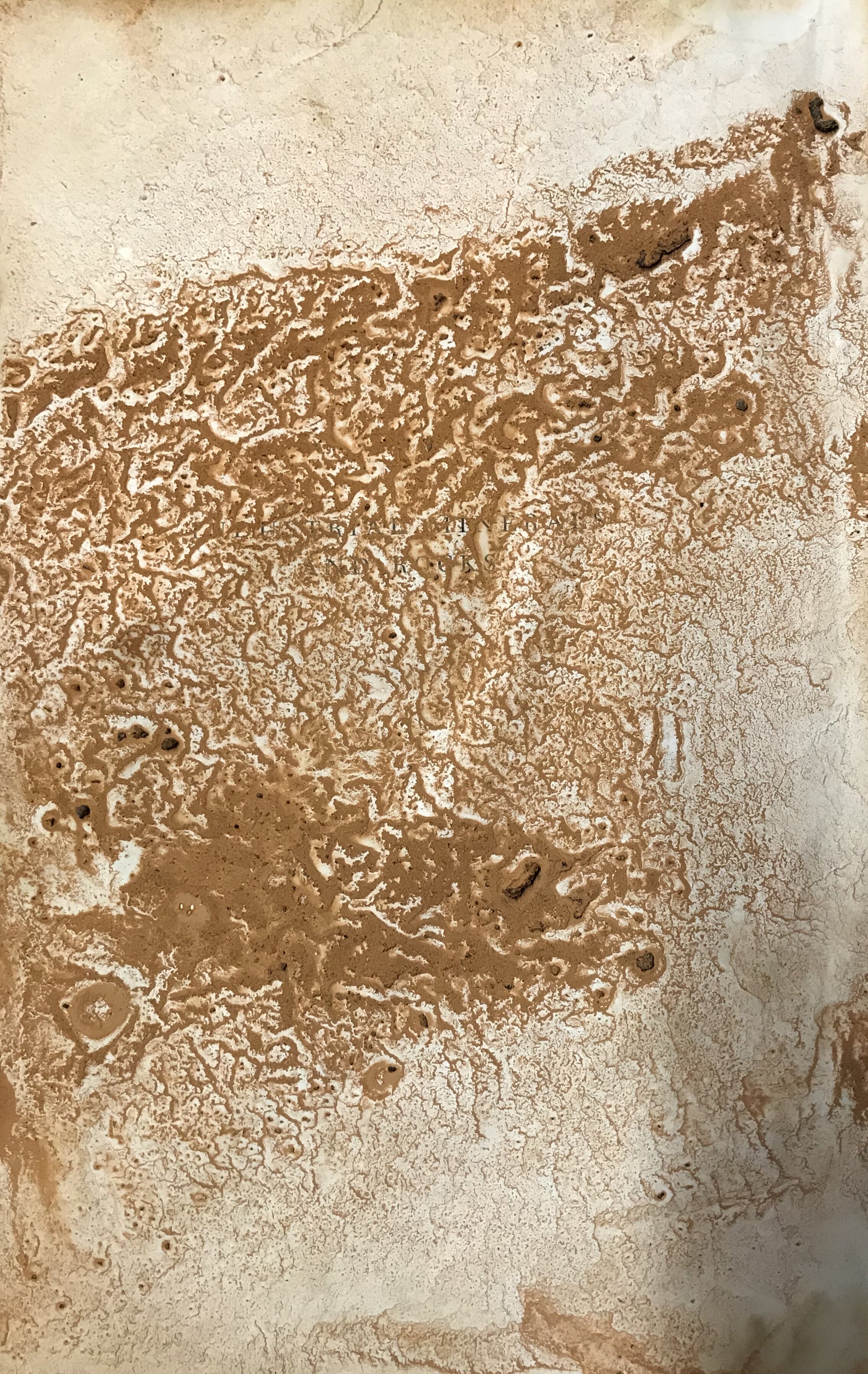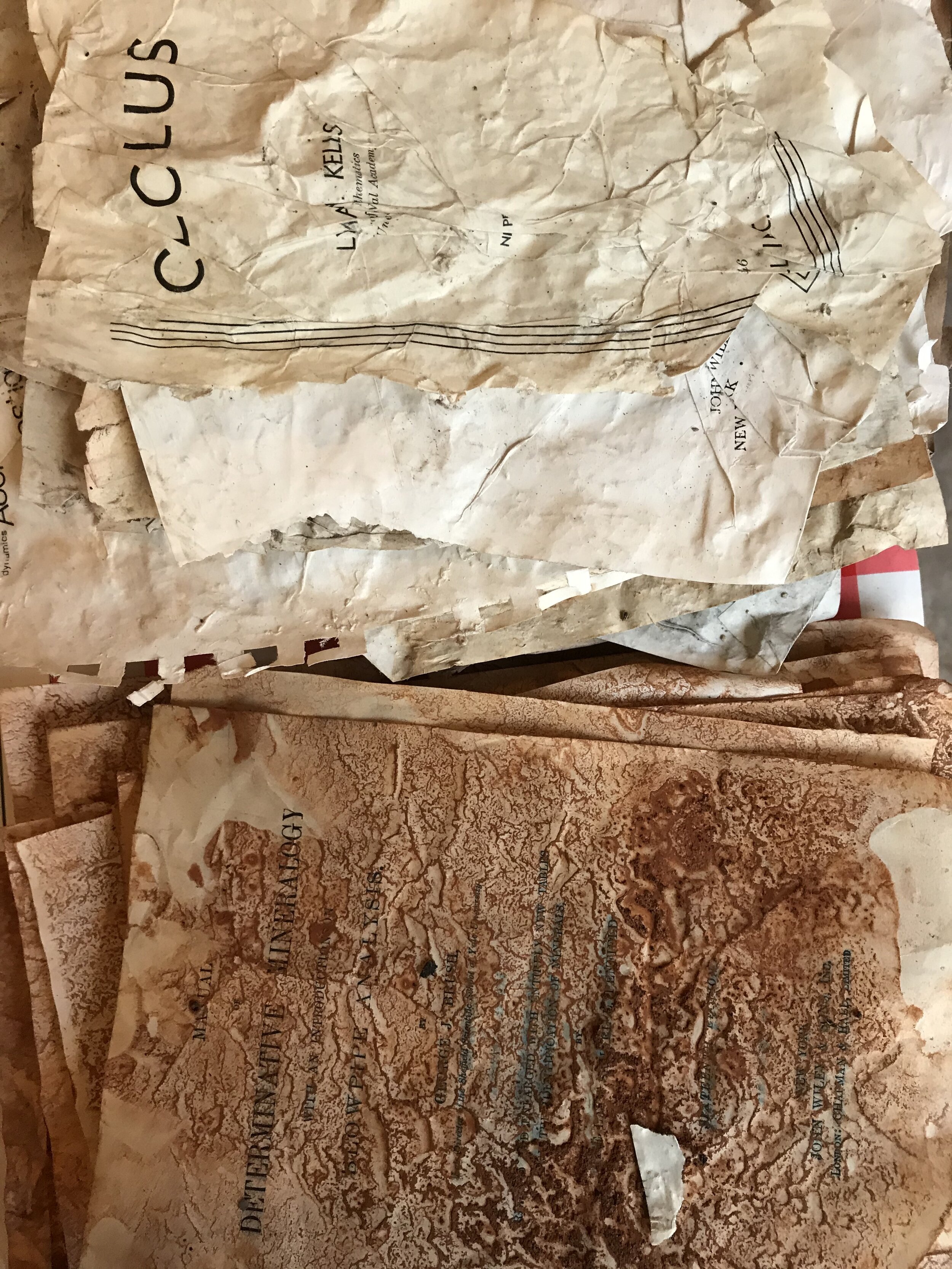PROCESS IN ACTION; MAKING & PERFORMING IN THE GALLERY
I will be performing the craft of “cutting” in the garden room at Hammarfriar gallery on selected Fridays. Come watch how I make these objects using a particular part of a book cover. As the title of the exhibit suggests, The Edge Knows.
Friday afternoons, 1 - 3:30: February 7 & 28 March 21 April 4 & 18
I will also be in residence for Healdsburg’s Second Saturday Art Walk March 8, 5:30 - 7:30
Maybe - an installation by Brooke Holve The performance will take place in the garden room where the installation, Maybe is displayed. I will be demonstrating the craft of cutting, the process used to make this work. Initially named Particulate Particularity, I renamed this piece after installing it. Knowing that it was unfinished it made sense to me to continue working on it during the duration of the show. After installing, however, I wondered whether it was finished in its unfinished state, hence Maybe. The intent of the performance has now shifted. I will be finishing in a way to keep it unfinished.
OTHER CONVERSATIONS:
A conversation between our artwork Left: A Gap in the Story (Catherine Richardson). Right: Gesture_ing & Crag Cuts (Brooke Holve).
STATEMENT
Catherine: Working with Brooke is a constant source of inspiration. Her playful approach to language, meticulous craftsmanship, and patience complement my own creative process in unique and exciting ways.
Our collaboration is deeply rooted in shared experiences at artist residencies in Seydisfjordur, Eastern Iceland on an edge of a fjord, facing the confluence of the North Atlantic and Arctic Oceans; the other in Ballinskellig, southwest Ireland, on a windswept peninsula jutting out on the edges of the Atlantic. During month-long residencies in each location, we immersed ourselves in these wild, untamed environments, engaging with and witnessing the powerful geological forces that shape the region.
Brooke: I met Catherine during a residency at Lucid Arts in Inverness, California. Although we participated in the solo residency a year apart, we first encountered each other’s work at a residency event. I was immediately drawn to her experimental approach, involving a wide variety of materials and processes—frozen inks, erratic splashes, random arrangements—a freedom that was captivating. She played with natural processes, constantly asking “What if?” and embracing the uncertainty of where those questions might lead. Her process resonated deeply with my own approach to making—one of exploration and discovery into the unknown.
Our experiences at these residencies sparked many conversations throughout our collaboration. Conversations between us, between our work and about the actively changing landscapes around us. We observed and discussed the natural processes that shape a region, the unfinished nature of landscapes, and our unique practices of making, unmaking, remaking. Above all, we focused on process over immutable form. This exhibition reflects the essence of these ongoing conversations.
We’re both fascinated by edges, rocks, and geology—though we’re not entirely sure why. There’s something profoundly captivating about the earth’s ancient, primal forces. This geological phenomena with all of its unexpected upheavals, serves as a gateway to a deeper connection and engagement with the earth itself.
More Conversations:
A conversation between our artwork Left: L/Edge (Brooke Holve) Right: Bandit Mine, Diamonds in the Storm (Catherine Richardson) Top Right: Landslide (Catherine Richardson)
A conversation between our artwork Left: Floeberg (Catherine Richardson) Right: mtlaugwalkcuts and full stop (Brooke Holve)
A crumpled teapot commanding conversations with the art on the wall. Left to Right: Erosion Control (Catherine Richardson), crumpling scree (Brooke Holve), scaling (Brooke Holve), Tower Rock, Stone Marker, Dis Mantled, Fjord Study (Catherine Richardson), Outwith with full stop (Brooke Holve), crumpled teapot (Brooke Holve)










